-
Posts
302 -
Joined
-
Last visited
-
Days Won
1
Content Type
Profiles
Forums
Events
Posts posted by Marcin_Matejko
-
-
Thank you very much :-)
QuoteWill she be at ScaleModelWorld this autumn Marcin?
Unfortunately, probably not :-(
More photos:
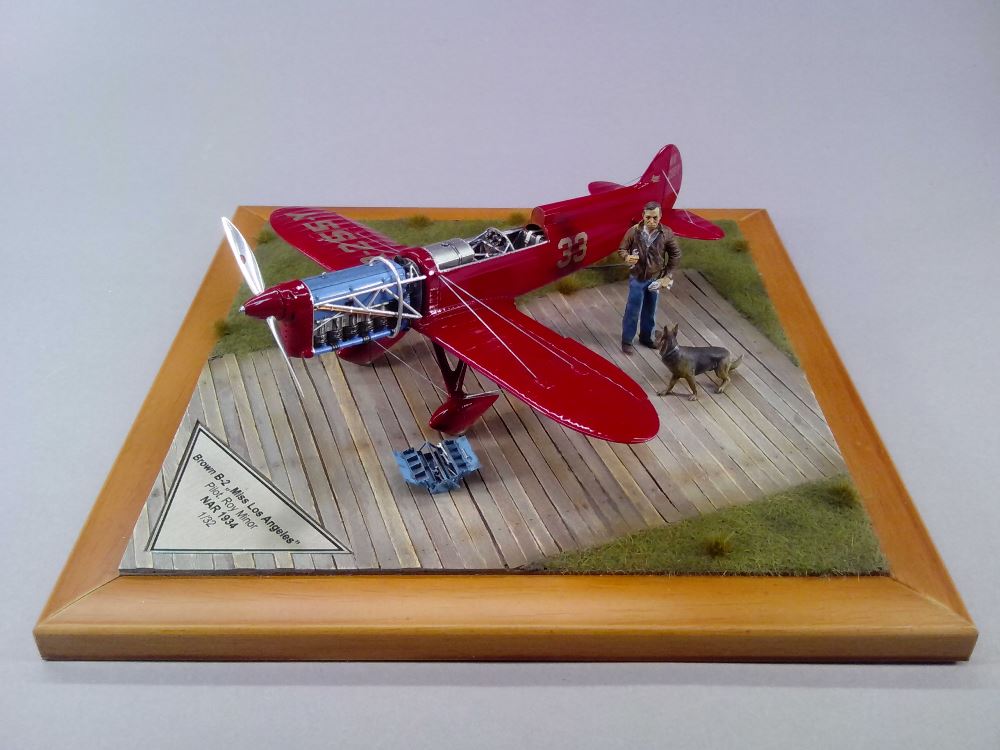
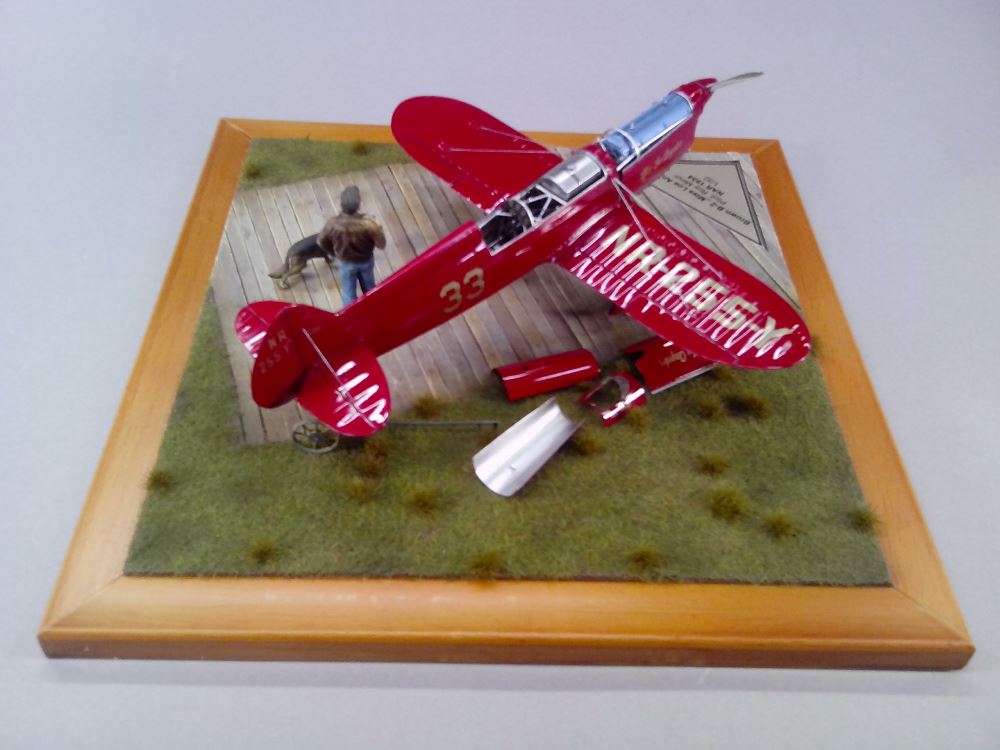
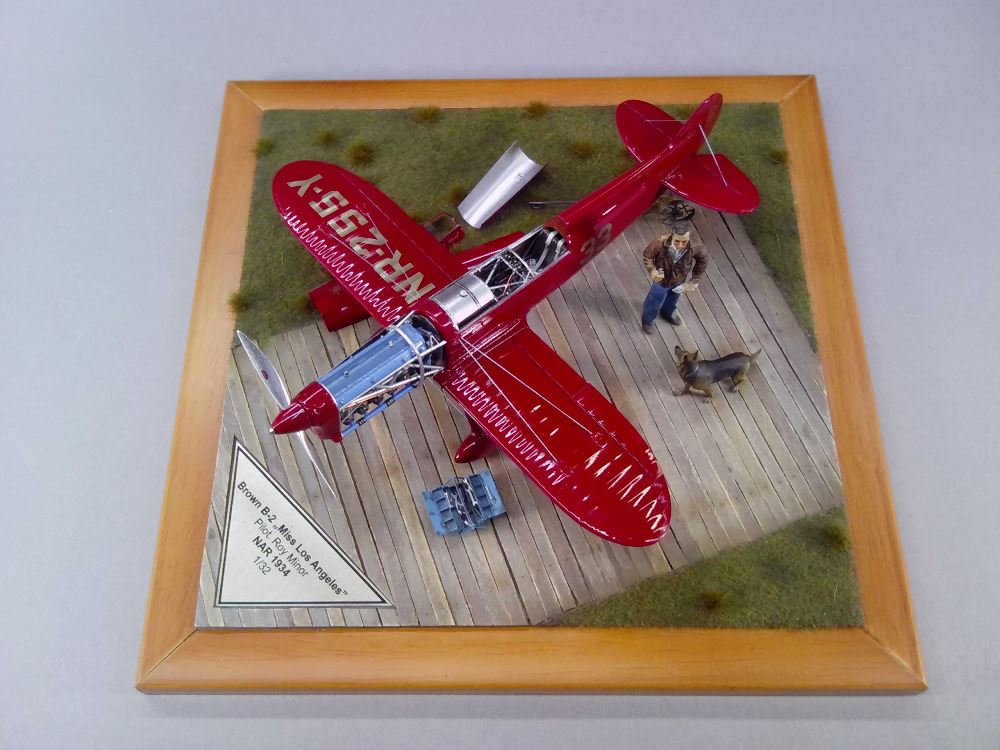
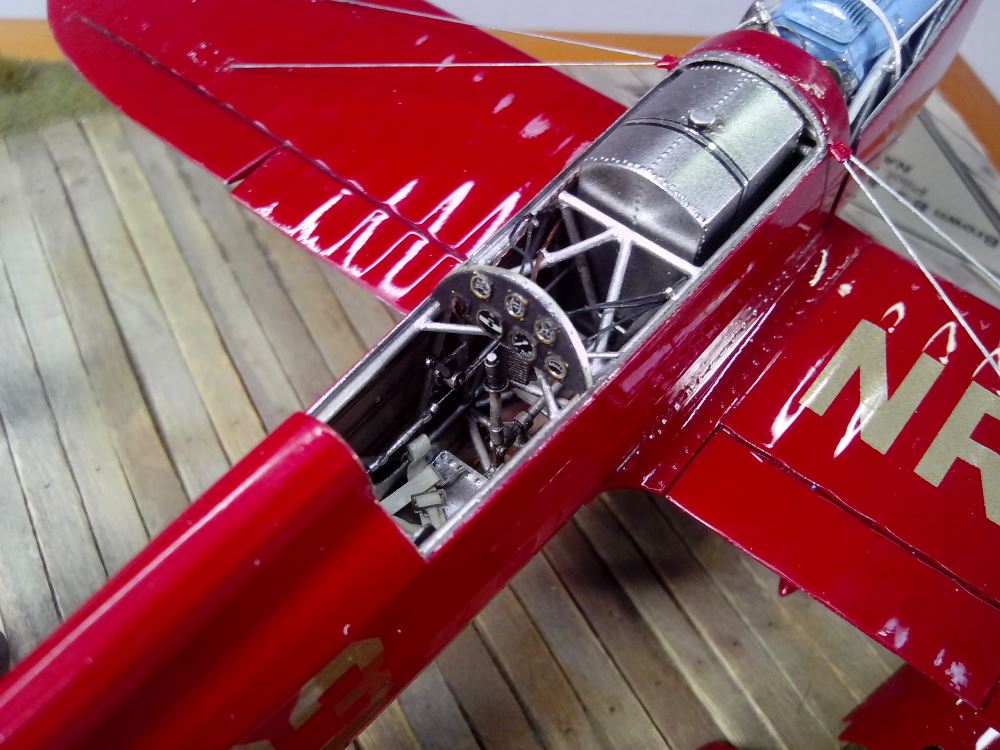
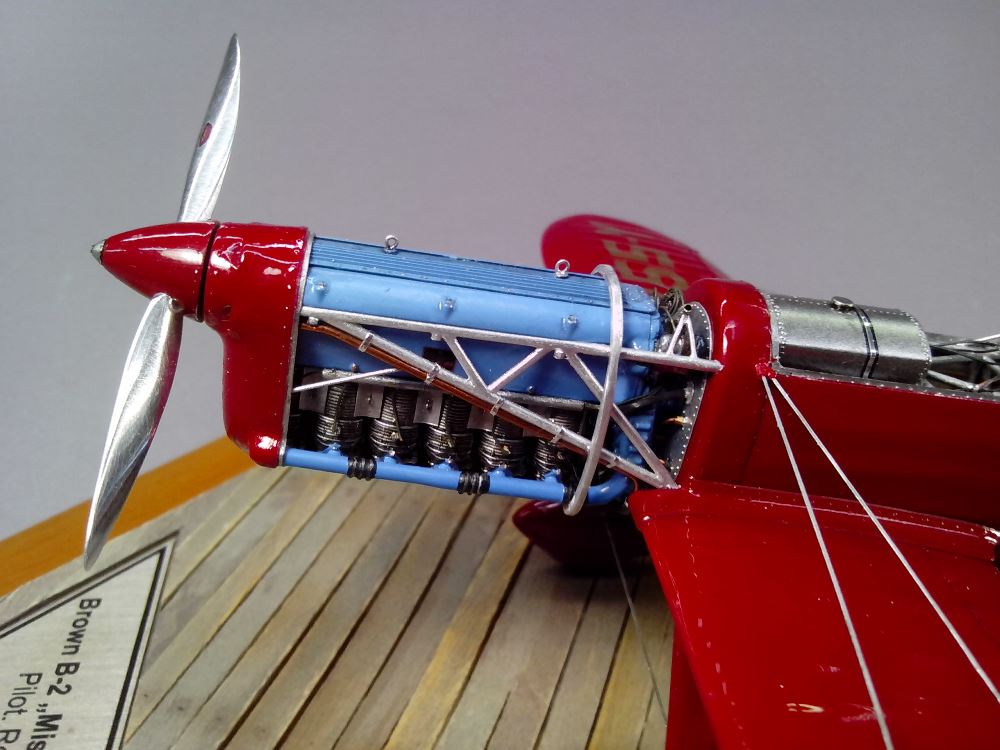
-
Thank you
 Quote
QuoteHow did you make the propeller? Is it covered in foil, machined from a piece of aluminum and then polished, or something else?
Yes, I cut the propeller from a piece of aluminum and then polished its surface.
The end:
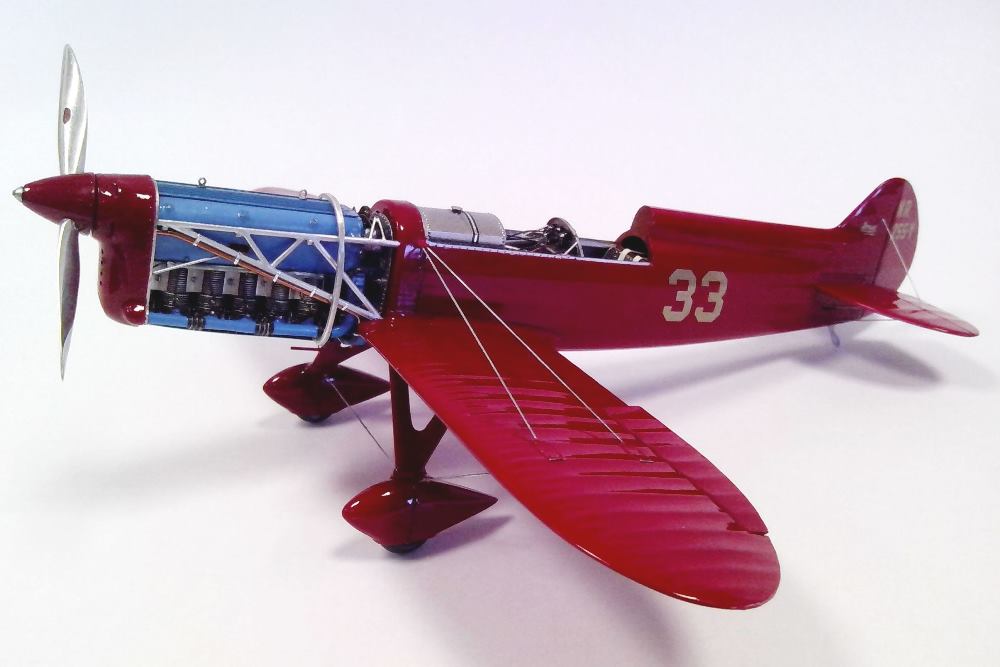
Best regards Marcin

-
-
Thank you :-)
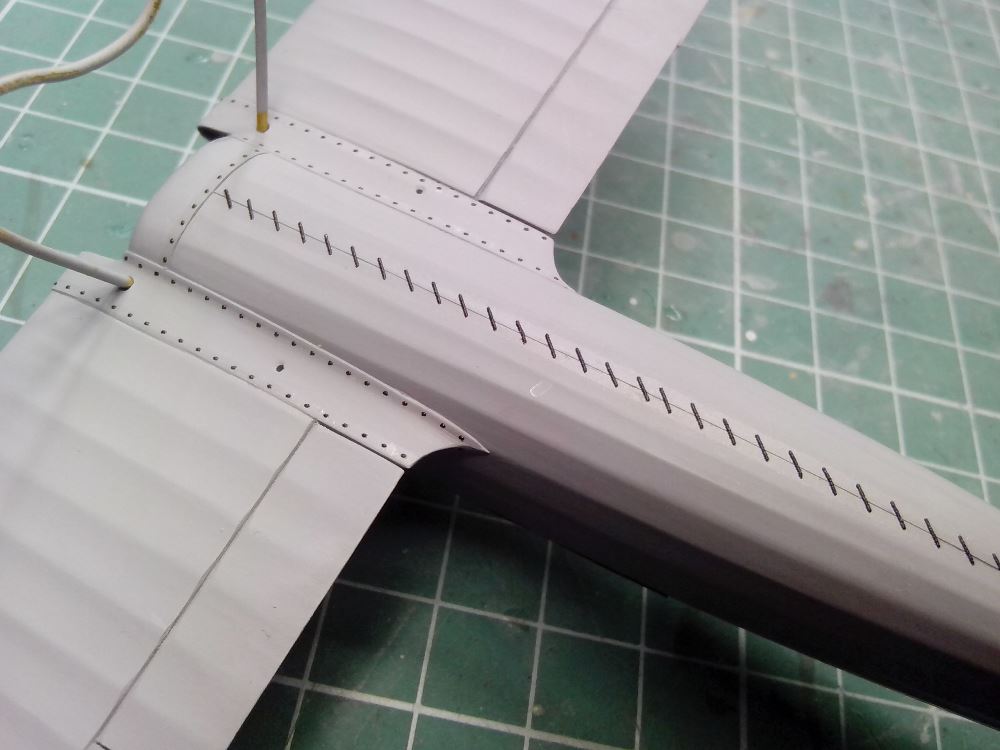



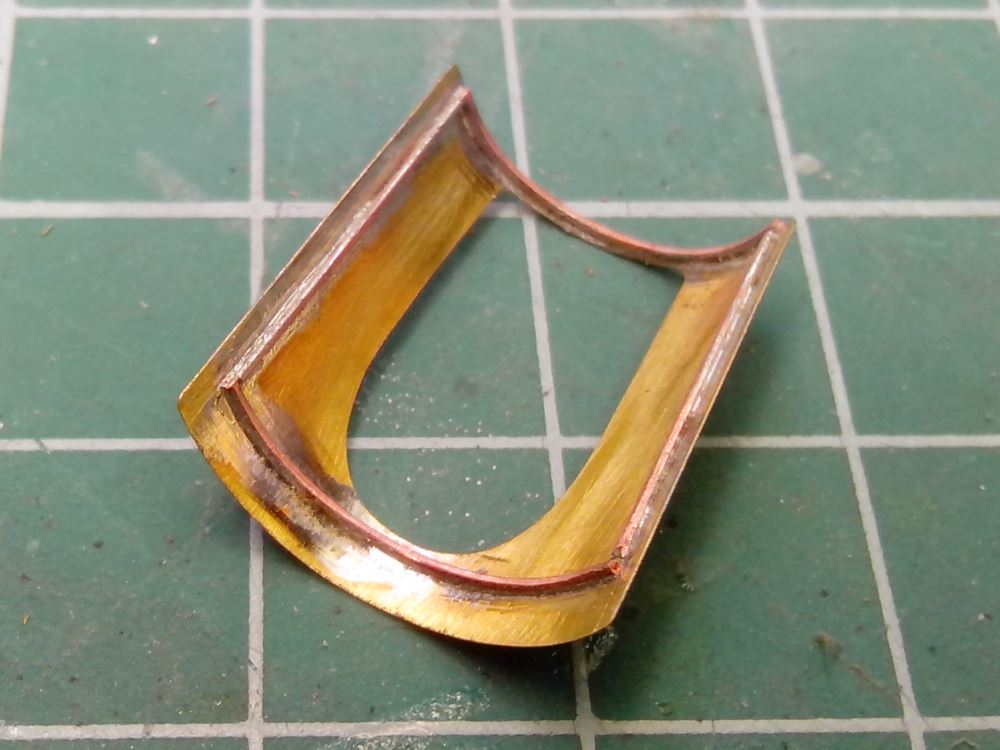
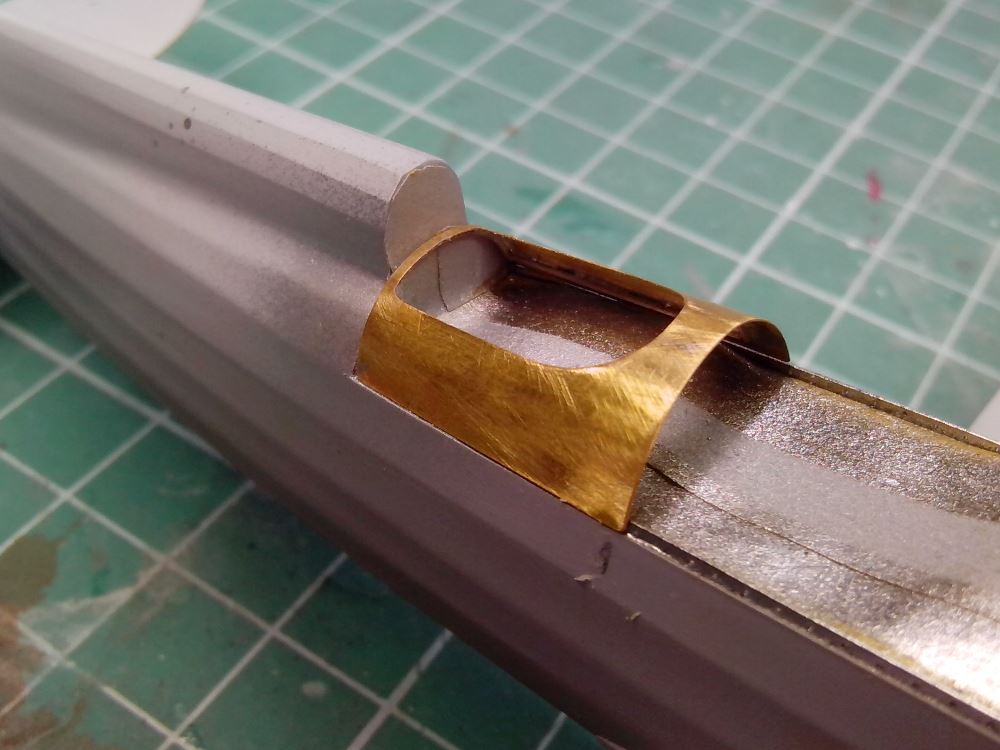
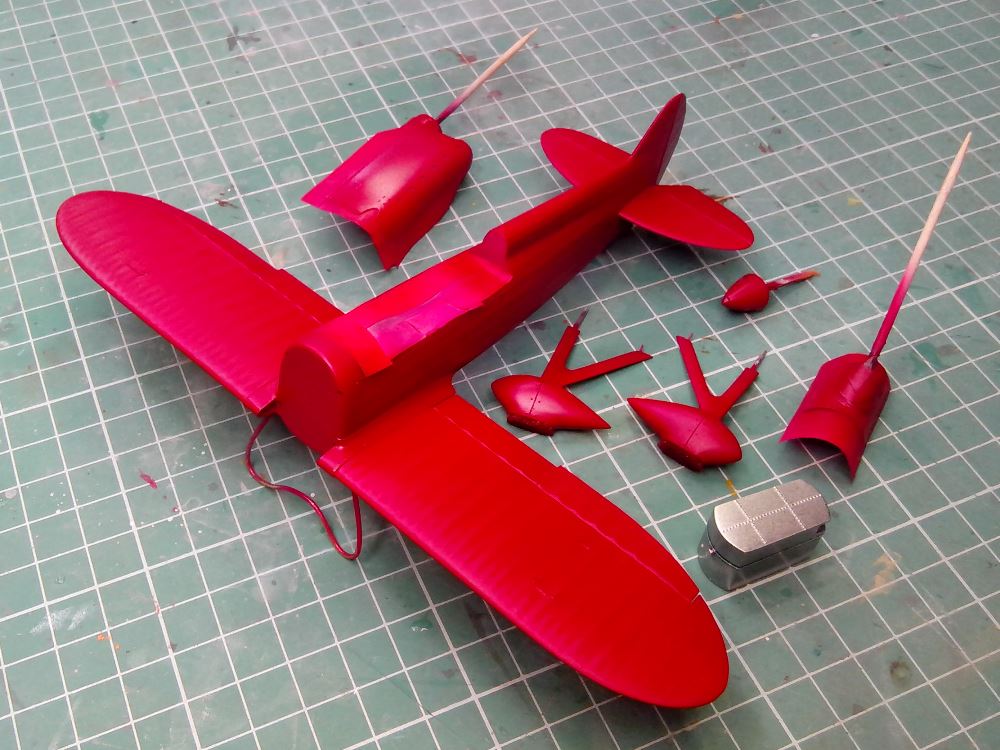
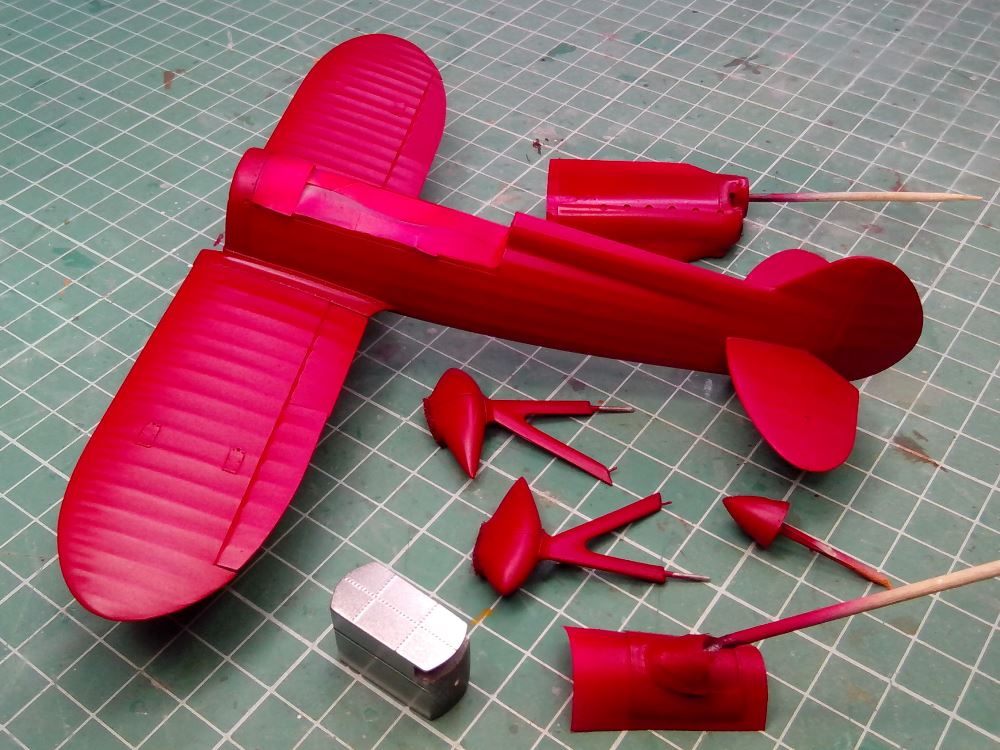
To be continued

-
-
The main drawing on which I base the model comes from the book R. Hirsch „Aircraft of air racing’s golden age”
But this drawing is also very helpful:
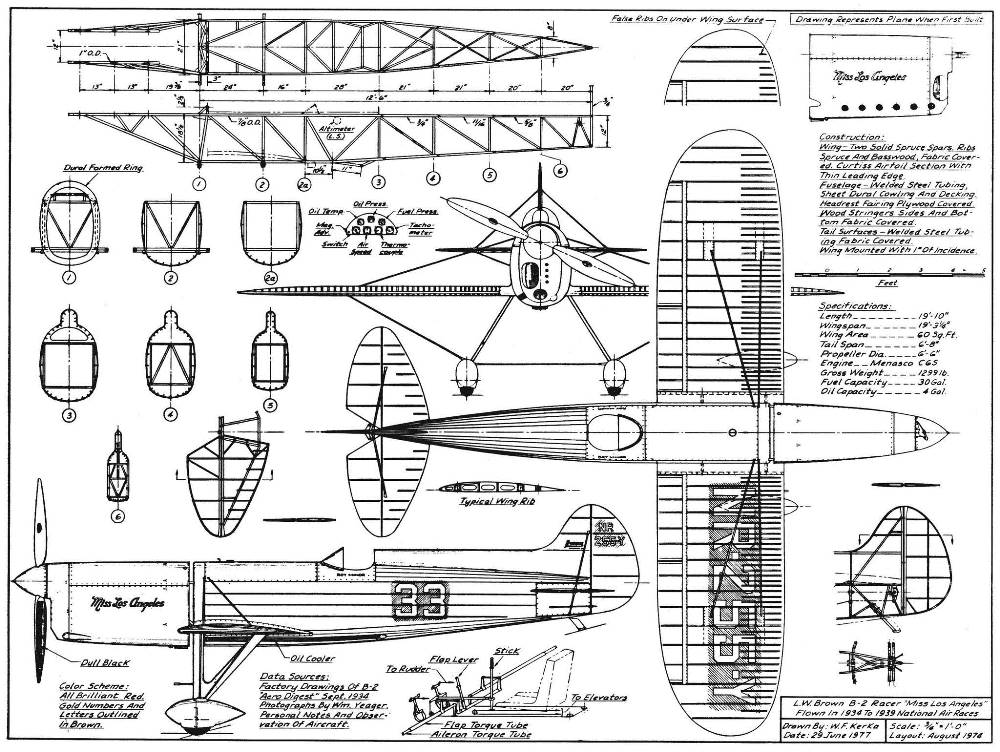
And photos showing some of the hull structure:
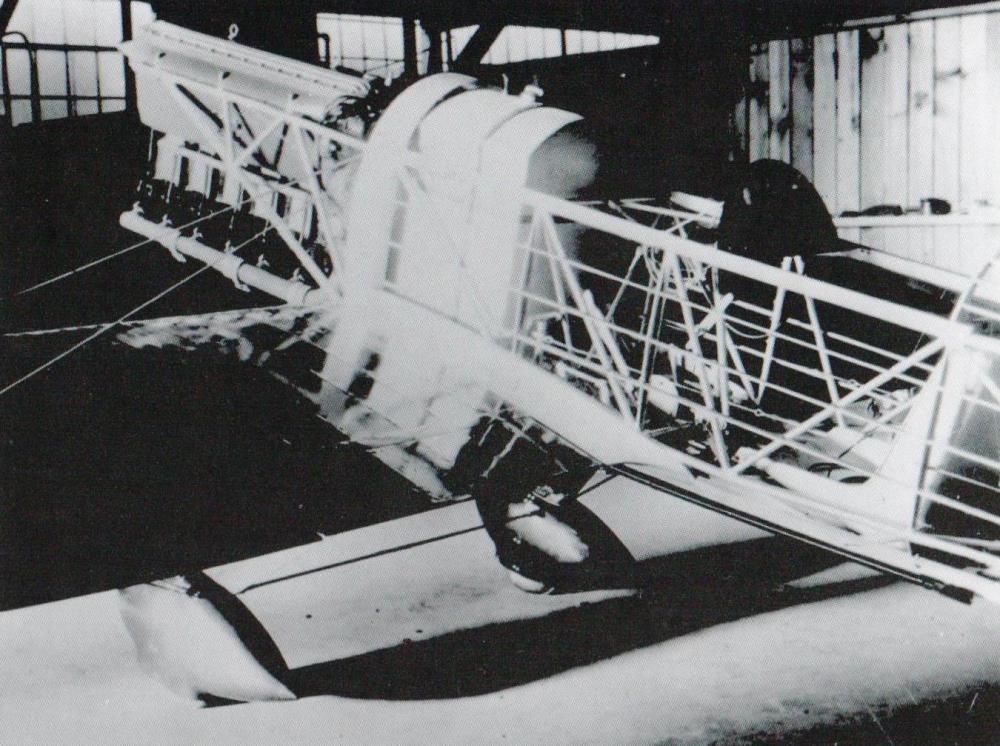
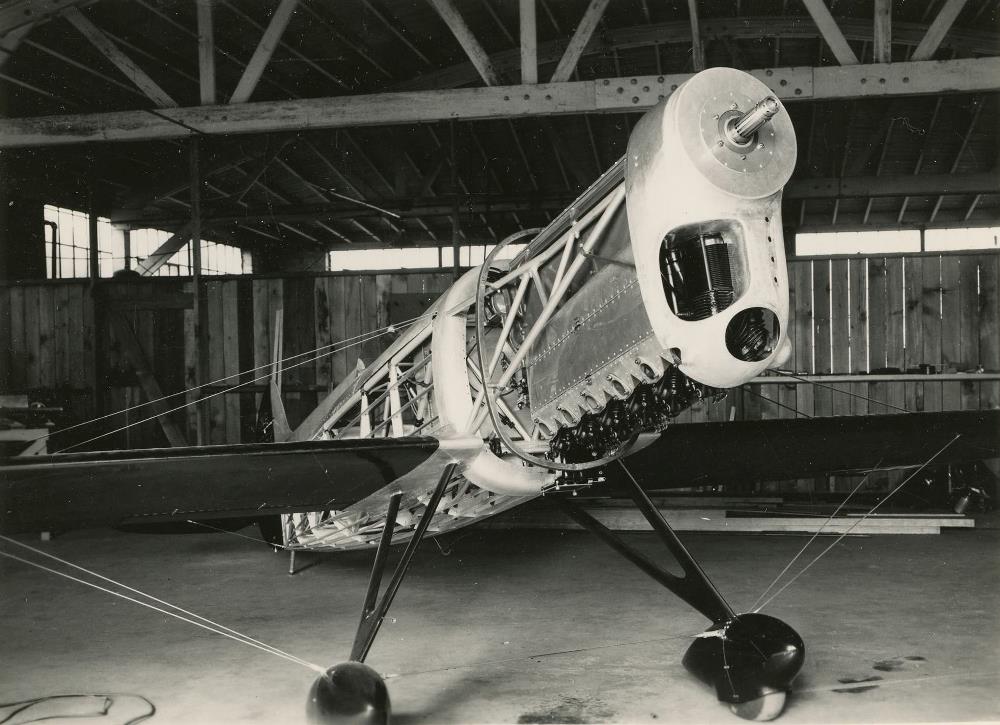
I did the rest of the internal details,some are in the implied shape:
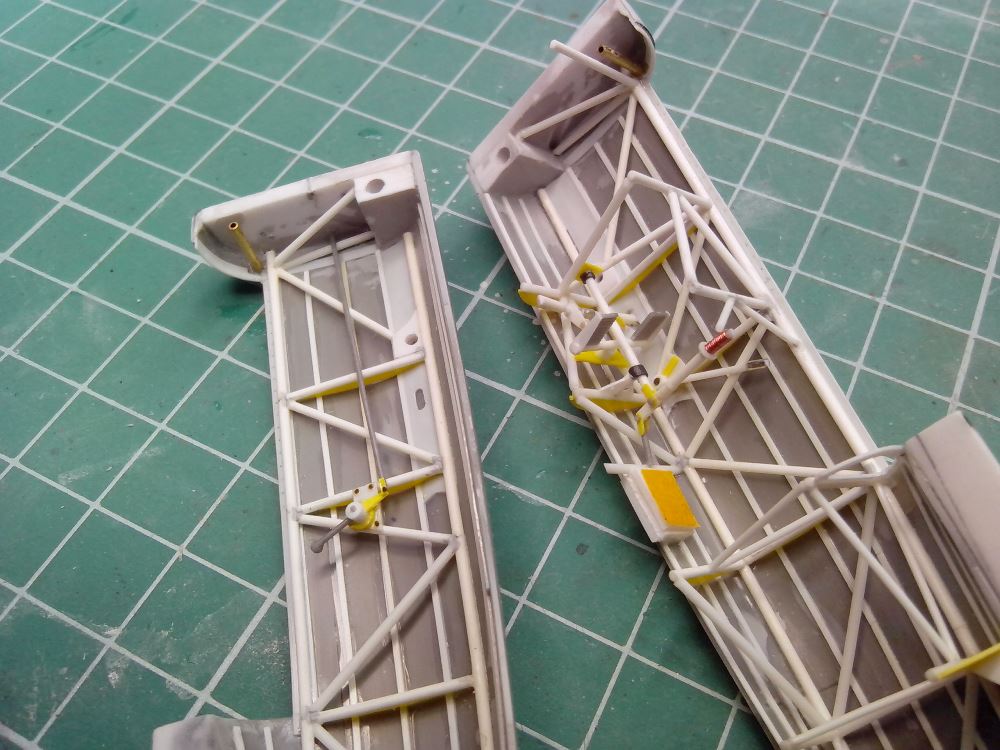
I'm also continuing to work on the base:

And I also started coloring:
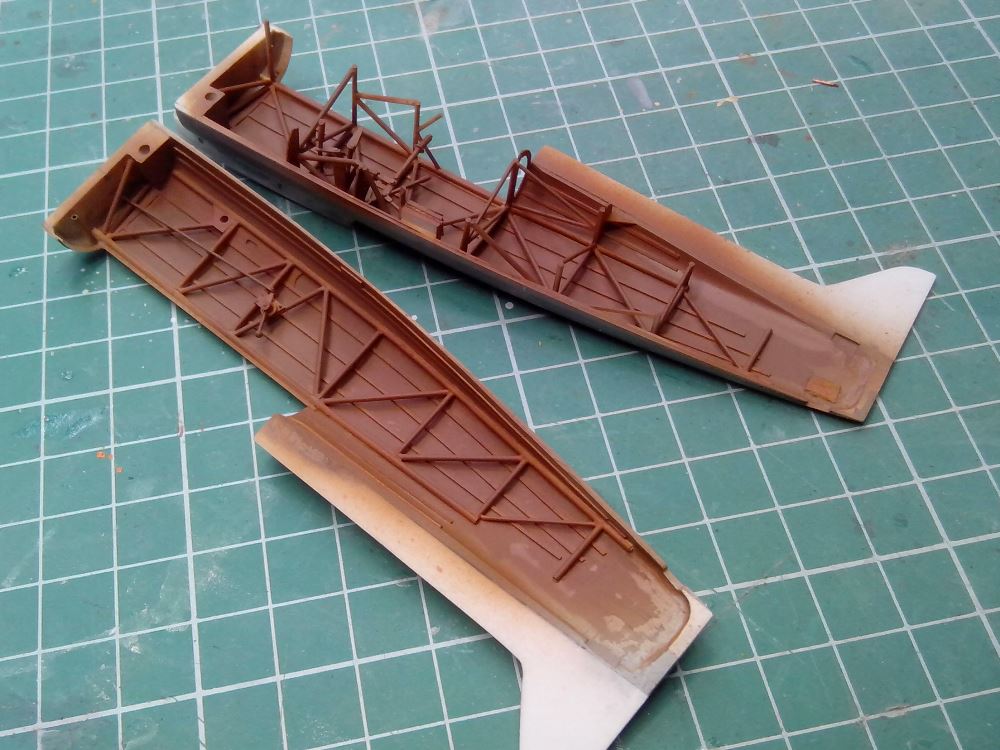
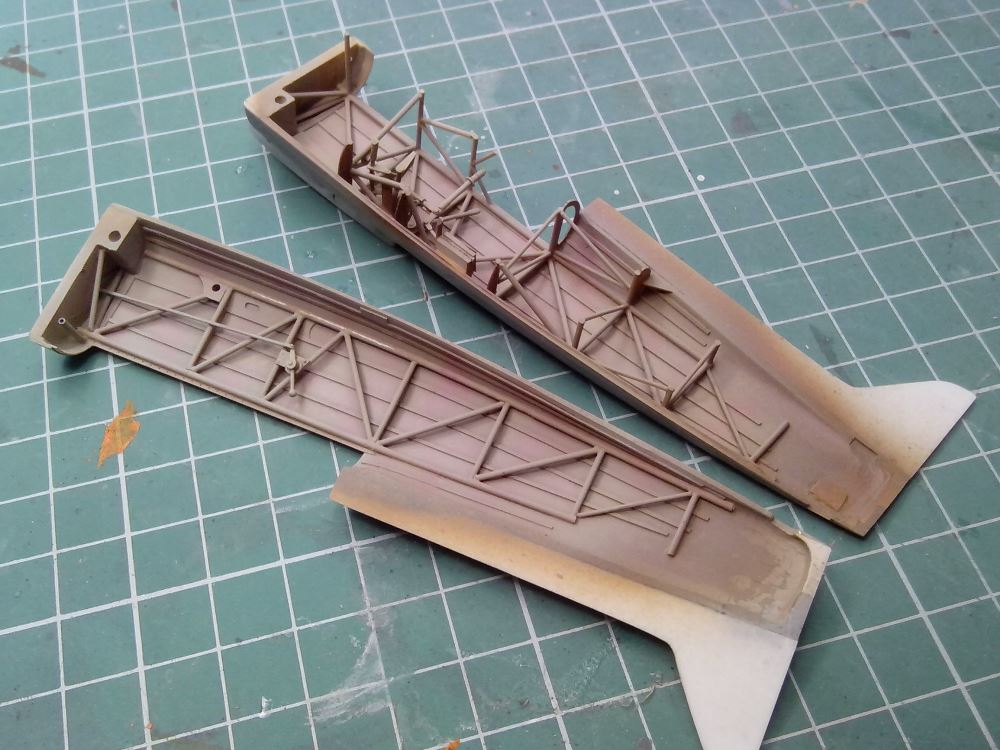
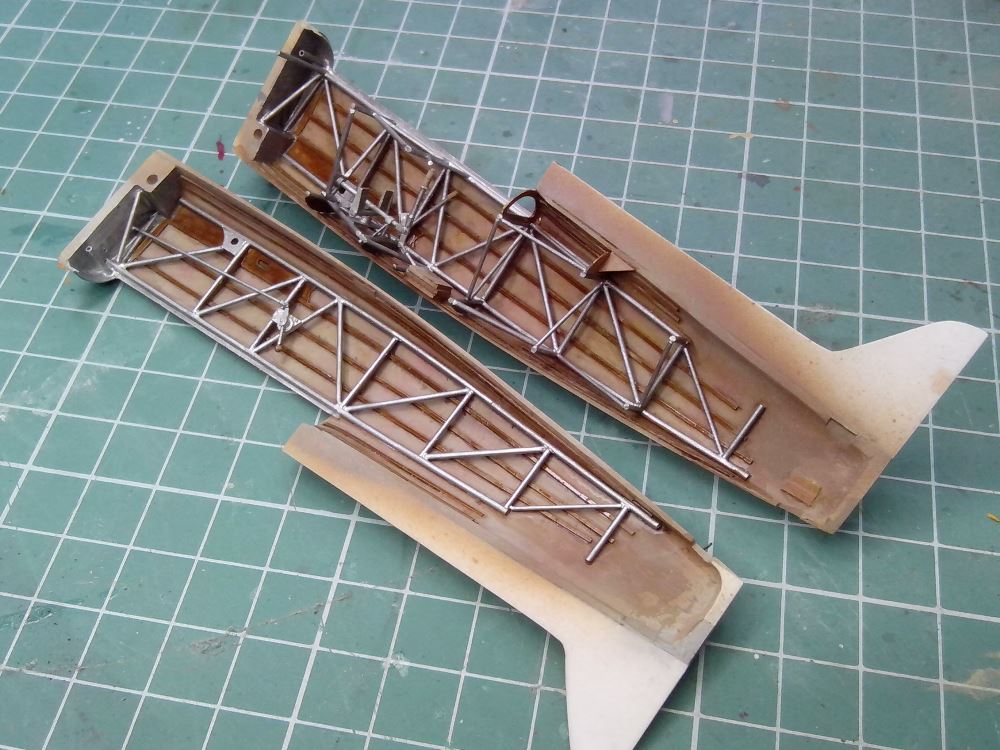
To be continued

-
Thank you

Test print of the engine:
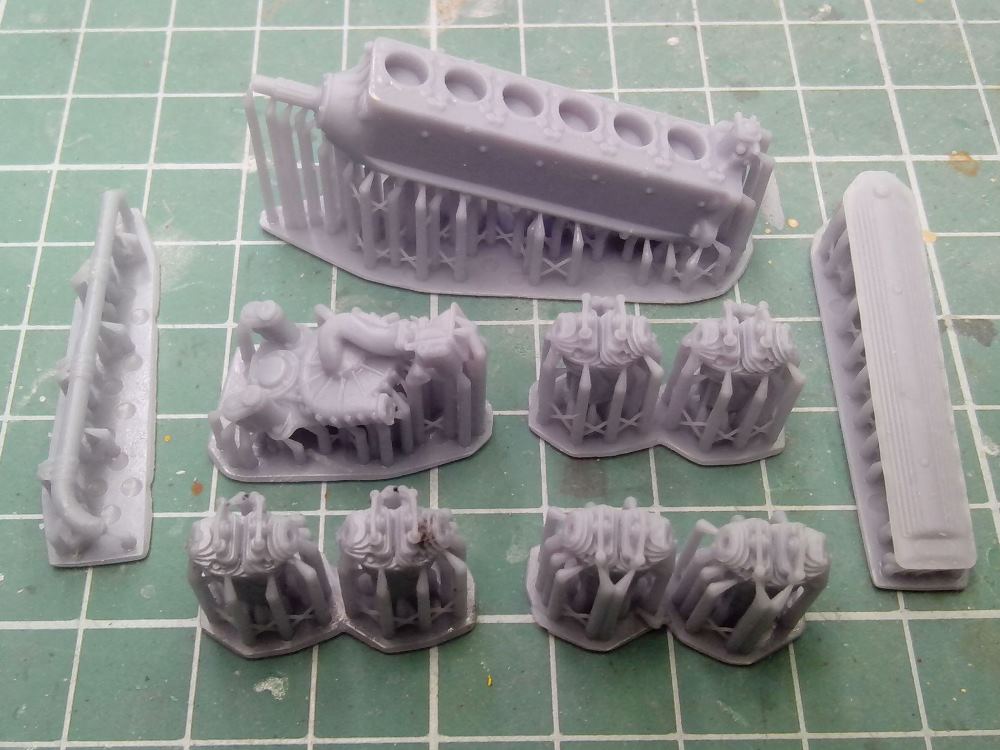
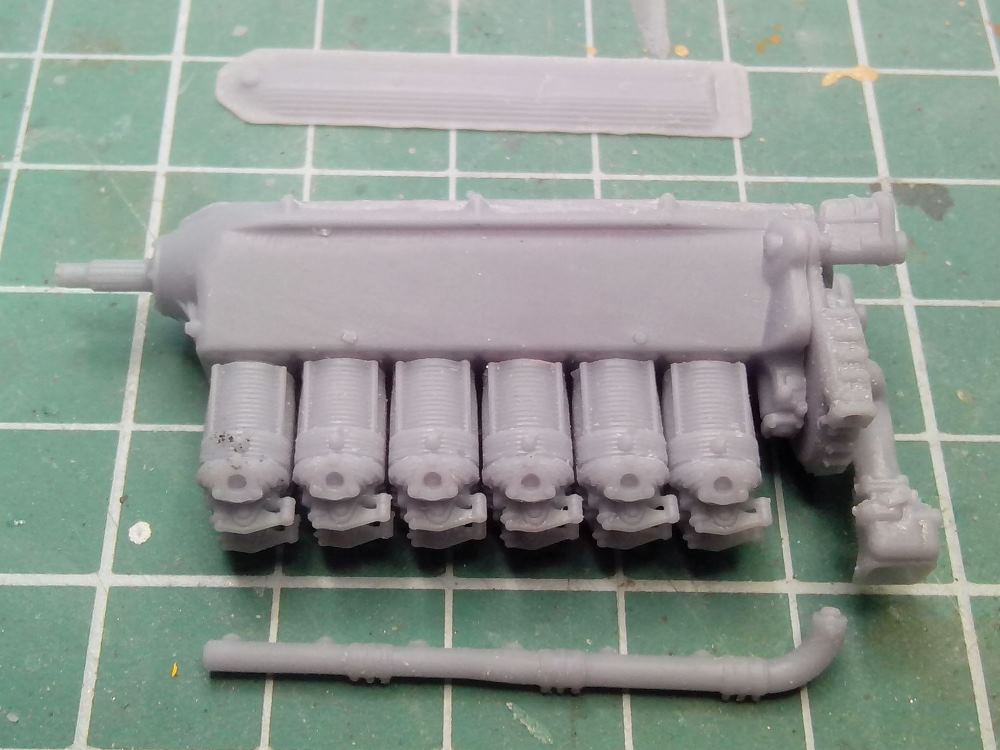
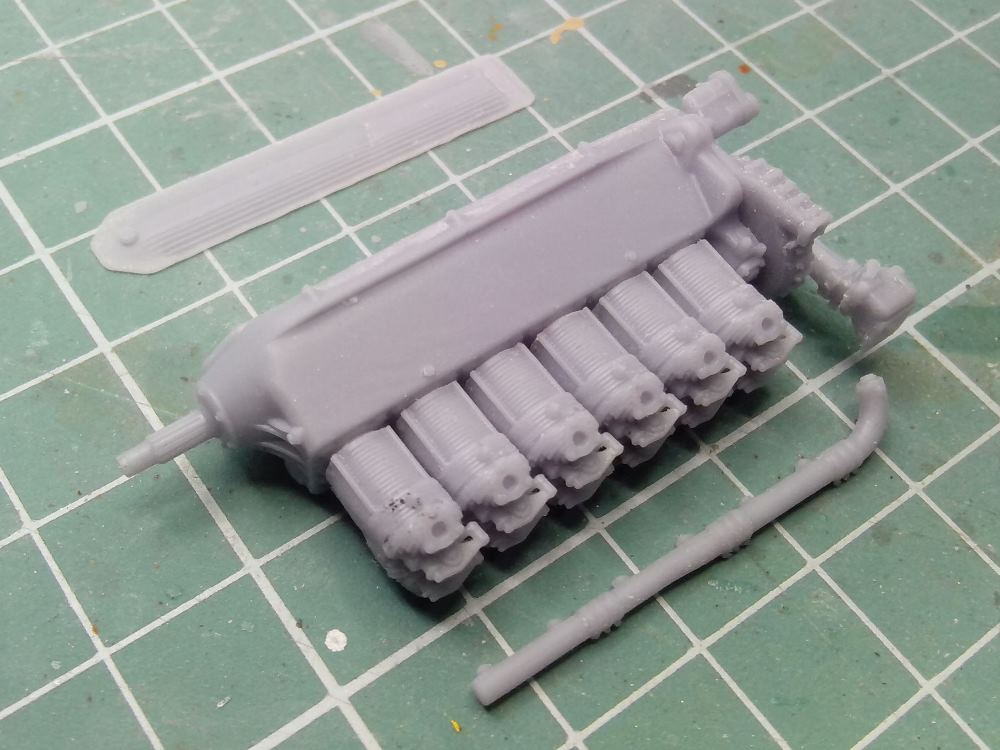
Initial fitting for the model:

I'm making small details, now the control system:
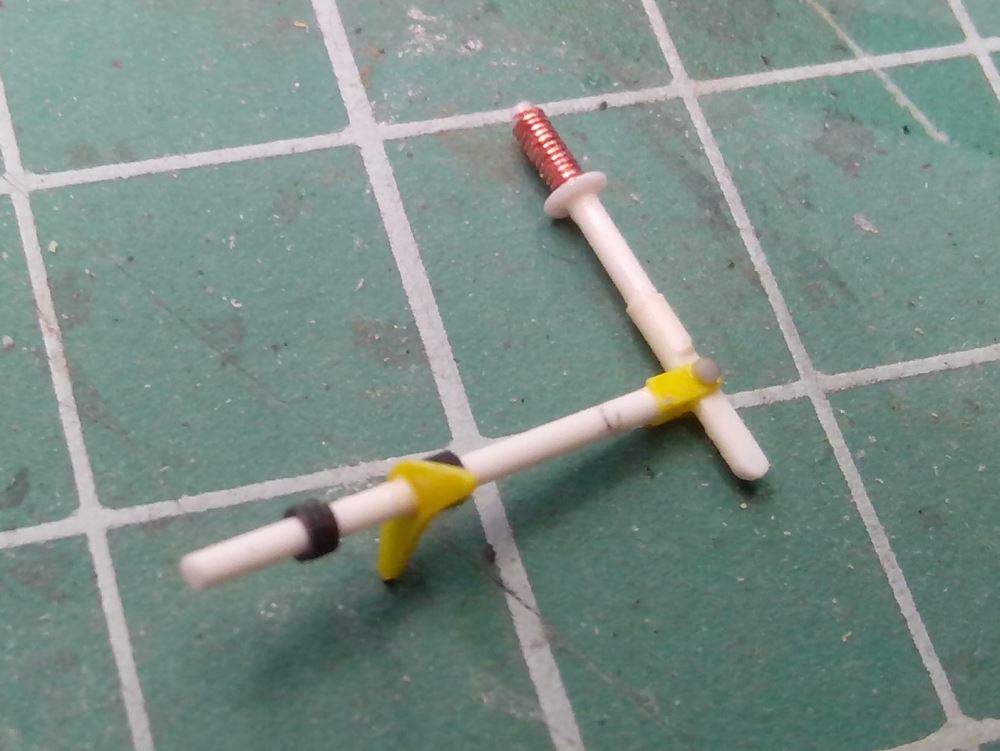
This is what it looks like at the moment:
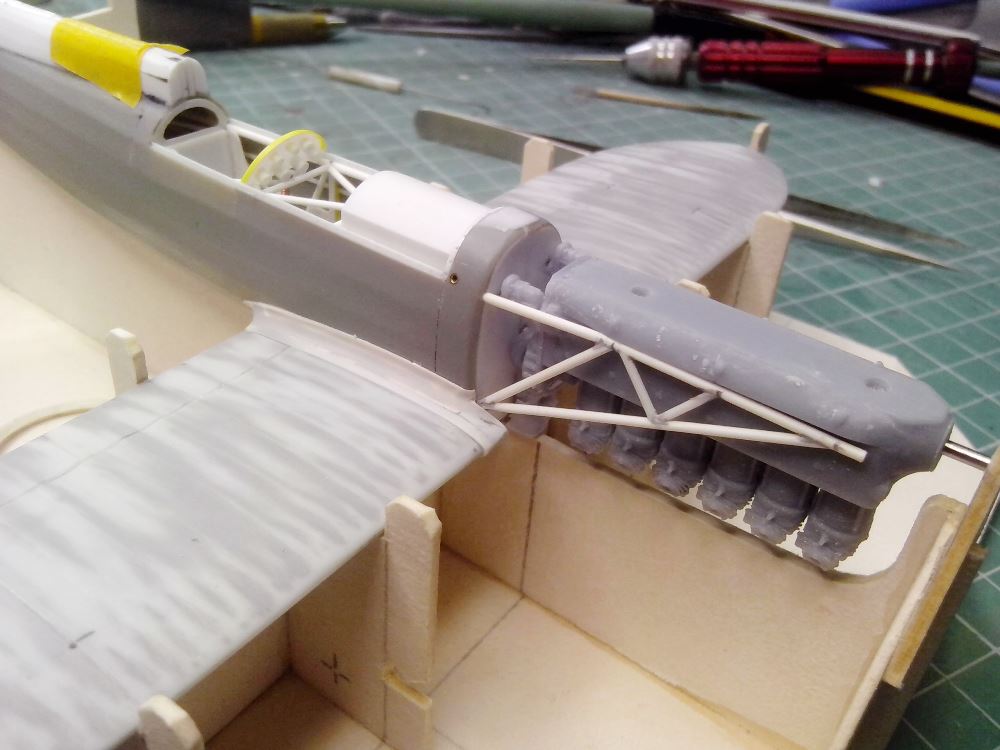
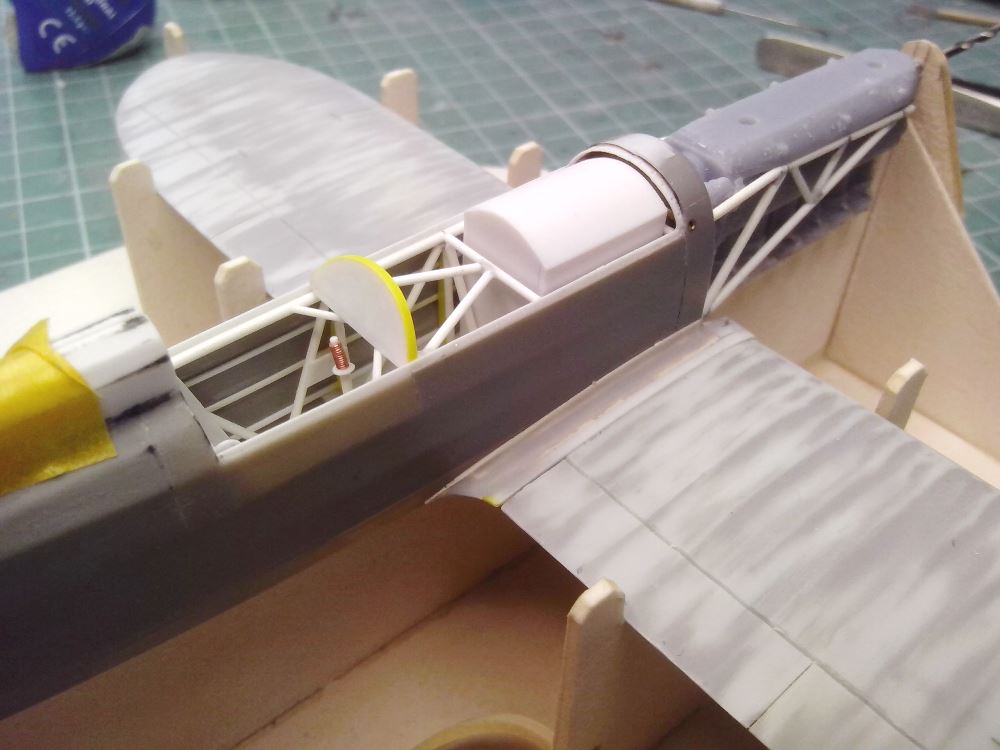
To be continued

- Shoggz, denders, geedubelyer and 18 others
-
 21
21
-
Big job, respect -
Cool

-
Thank you very much

I'm still working on the interior details:
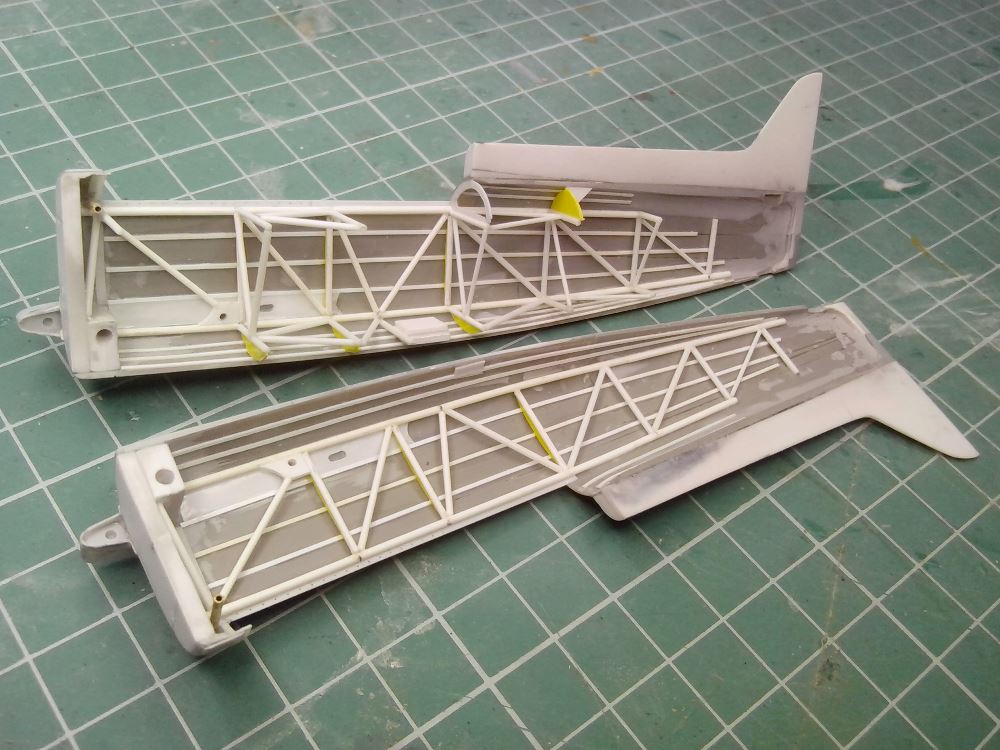
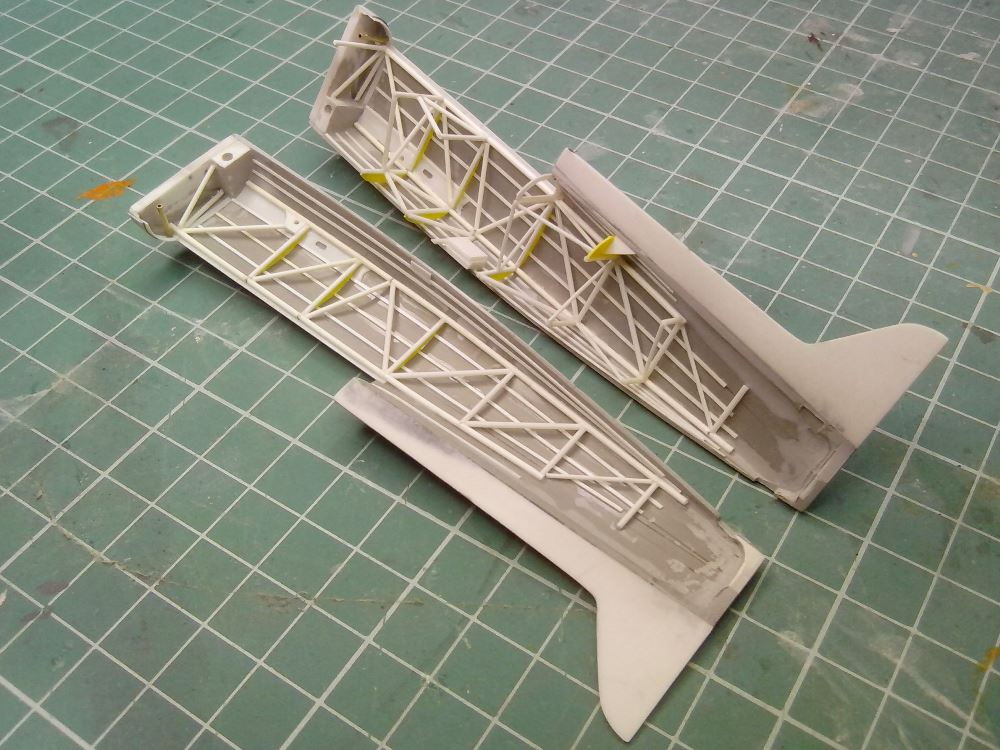
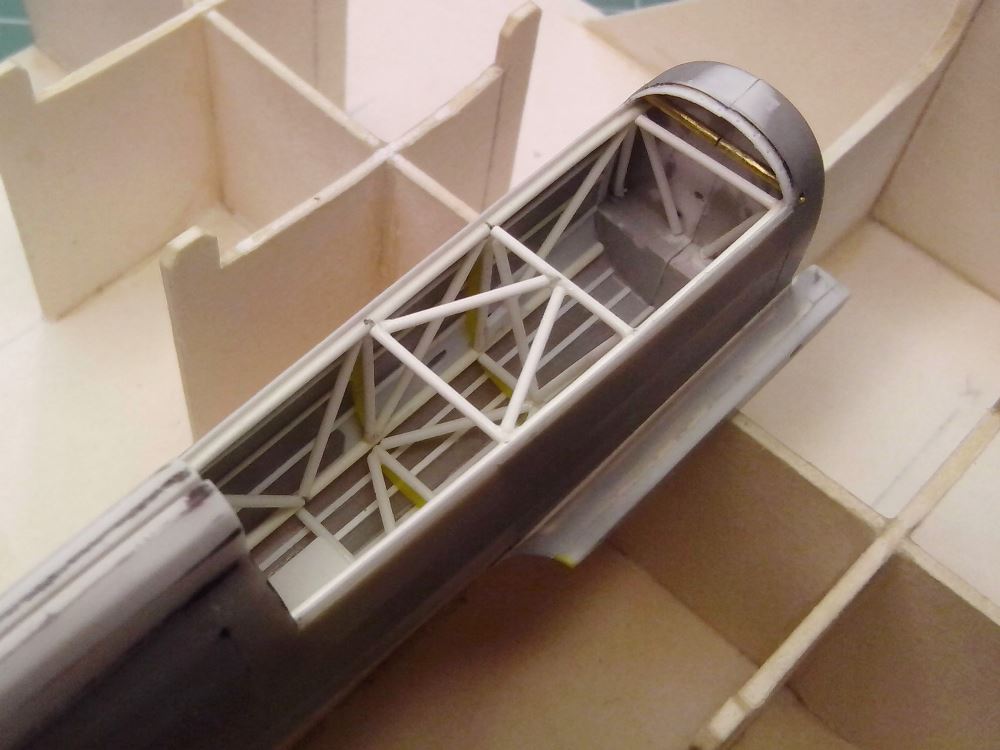
I made a fuel tank and a pilot seat:

Pre-assembled for fitting:
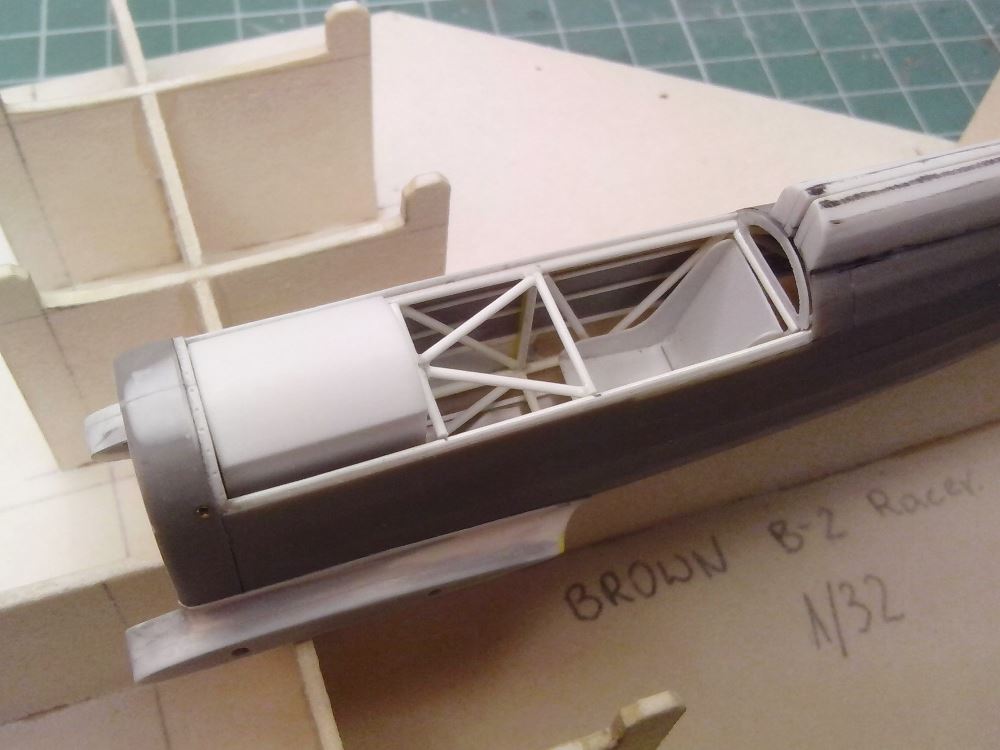
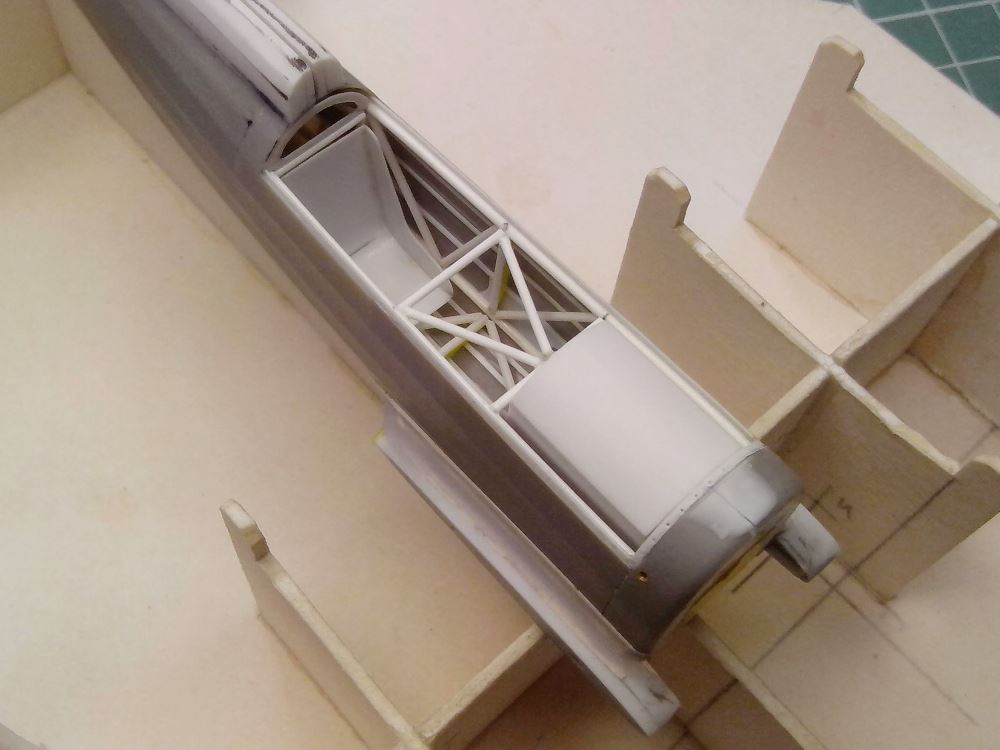
And as a way to relax, I started working on the base for the model:
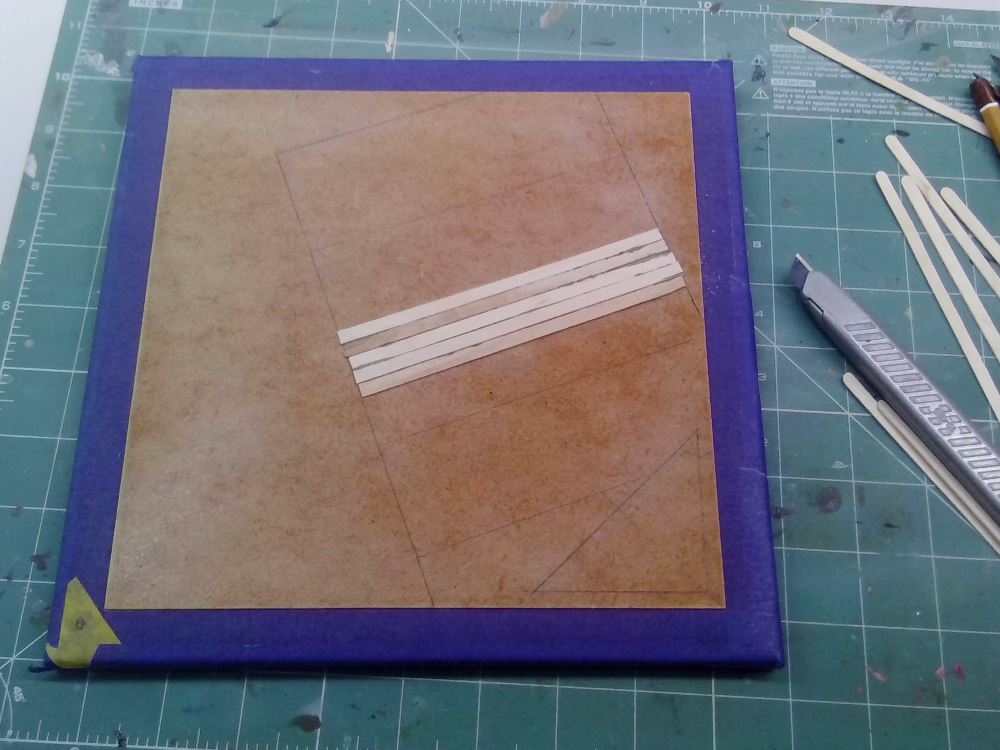
To be continued

- KiwiZac, MikeA, geedubelyer and 17 others
-
 20
20
-
-
Hello everyone

I recently started a new modeling project, a Brown B-2 race plane:
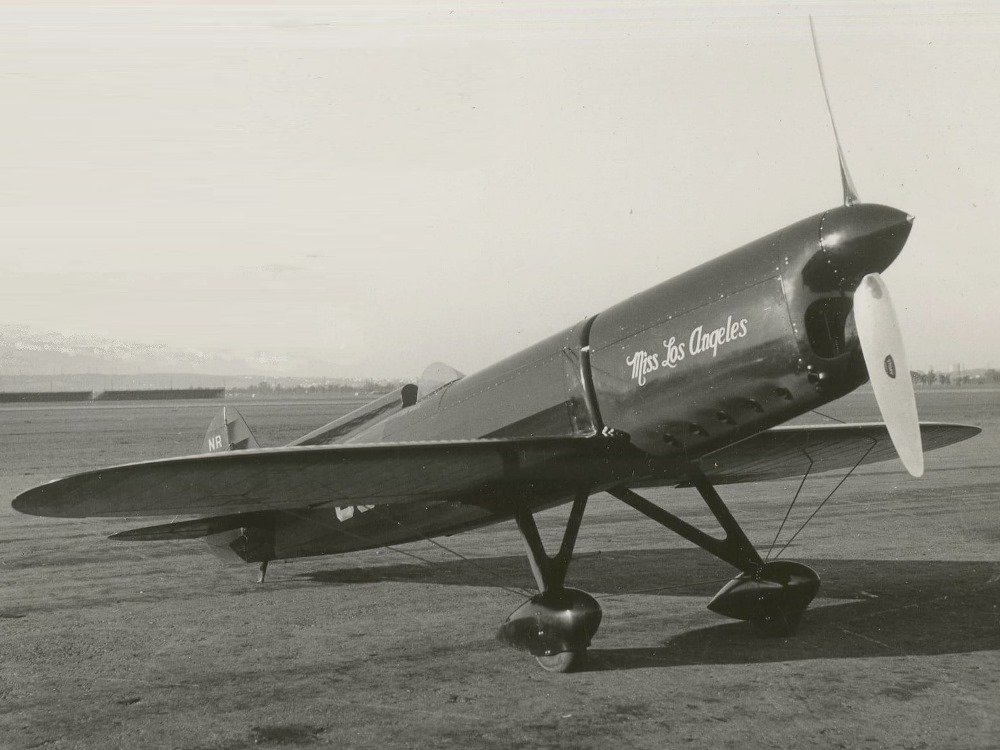
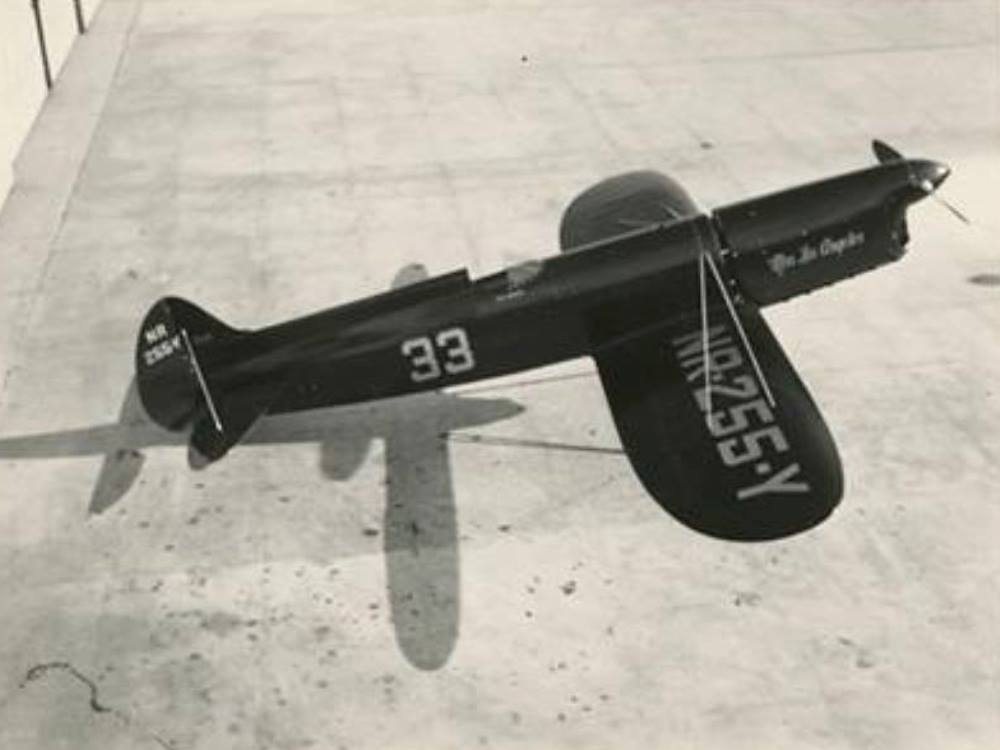

I make the model from scratch using traditional polystyrene processing methods. Based on these drawings:
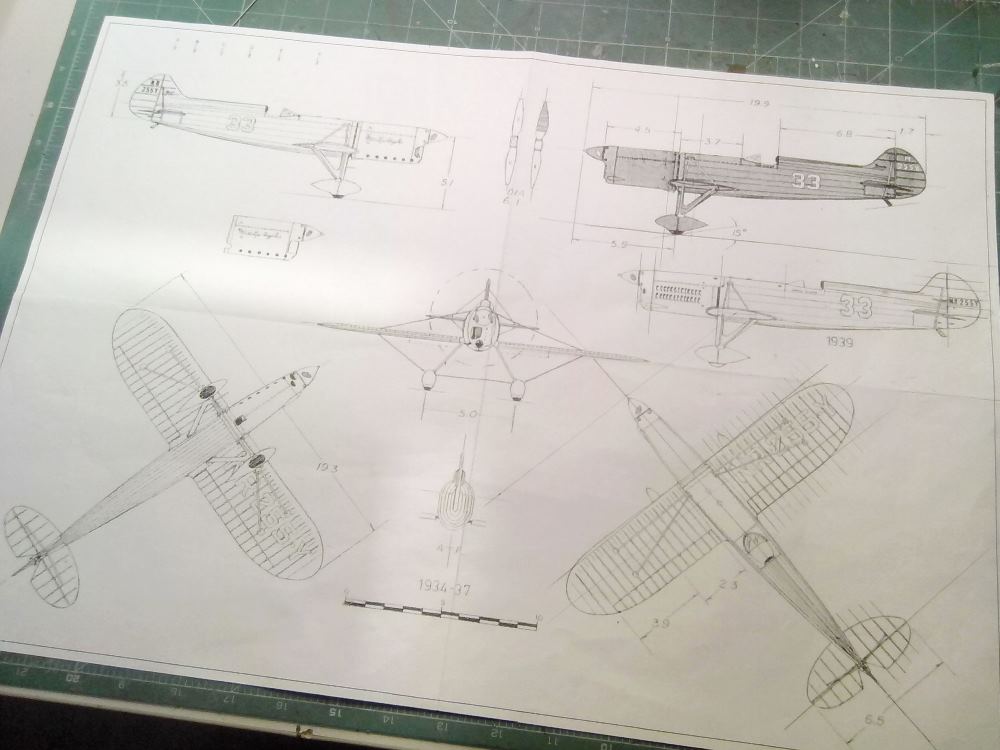
I carved some elements from fragments of other models that I managed to fit. For example, I made wings from the upper wings of a Fiat CR.42 by Smer, in a scale of 1/50. In my plastic scrap I found an unused front from an alternative version of the 1/32 Williams Bross Firecracker, which I managed to fit to the Brown. I cut out various fragments from four halves of hulls from the Black Widow P-61, probably made by Monogram in 1/48 scale and glued them together slightly differently to create a base for the hull. I made a propeller cap from a 1/72 scale Corsair fuel tank. A wheel of unknown origin found in plastic scrap was used for the chassis. The rest was made of polystyrene plates of various thicknesses. Yes, this project can easily be considered modeling recycling.


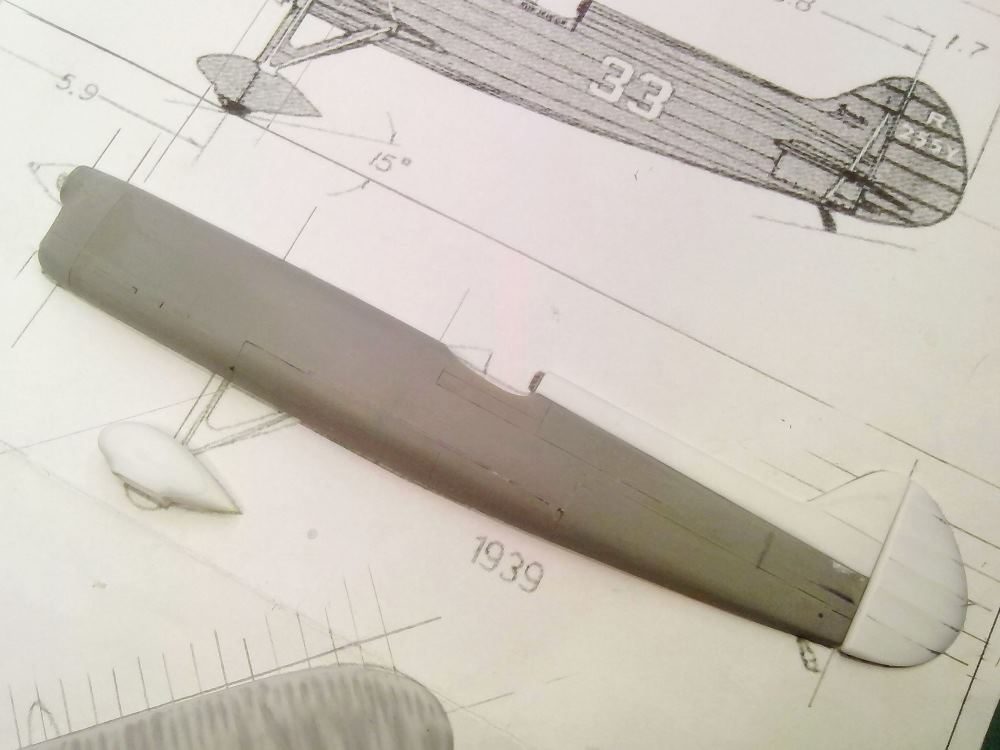
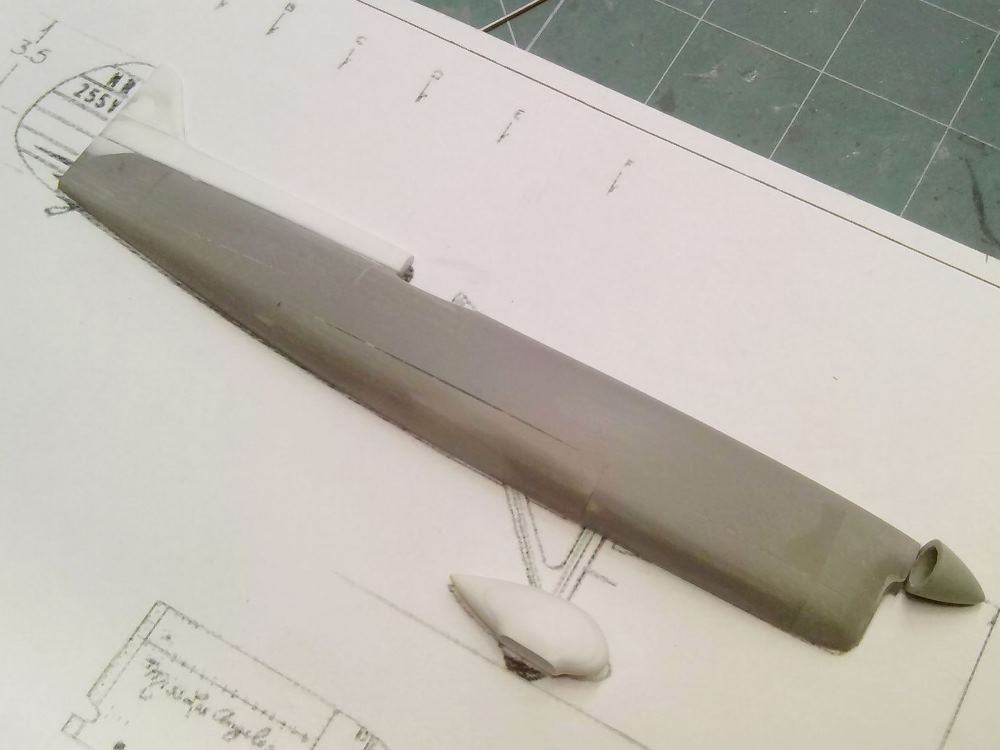
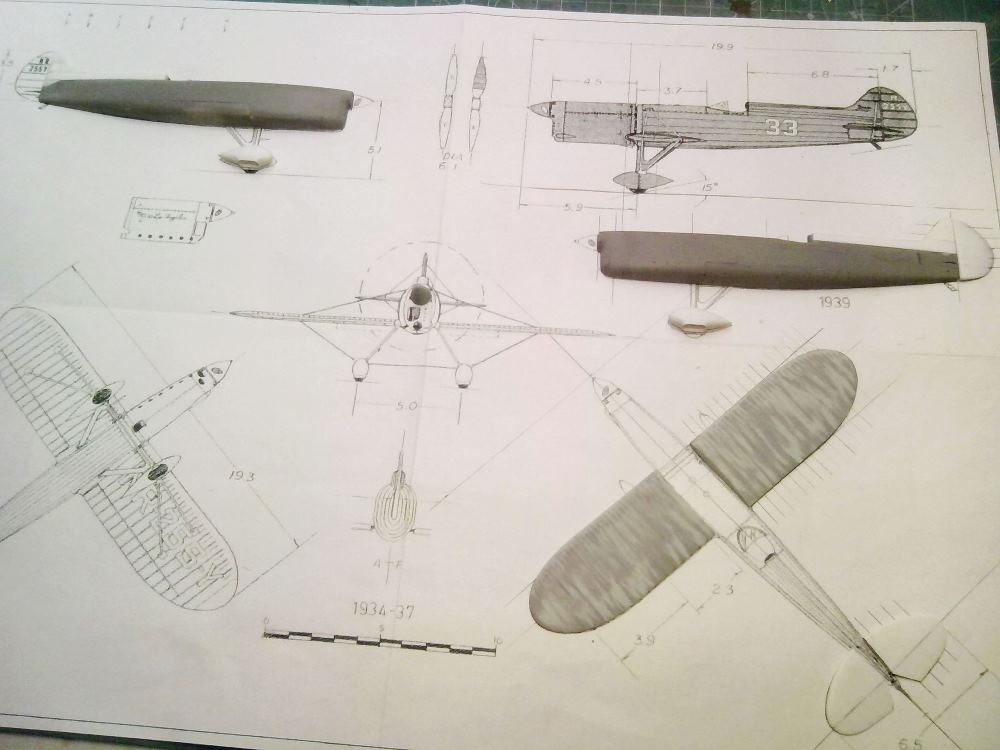
To connect all the elements of the model together, I made a special mounting base from cardboard. It allowed for the mutual adjustment of the position of individual elements relative to each other and maintaining the appropriate geometry of the whole.
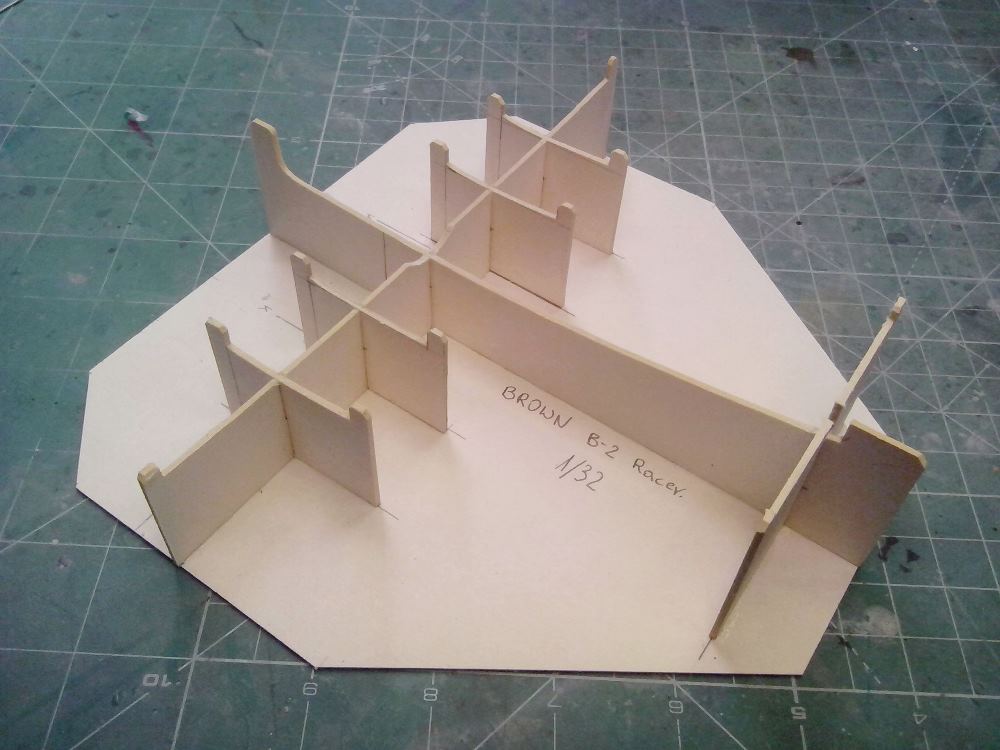
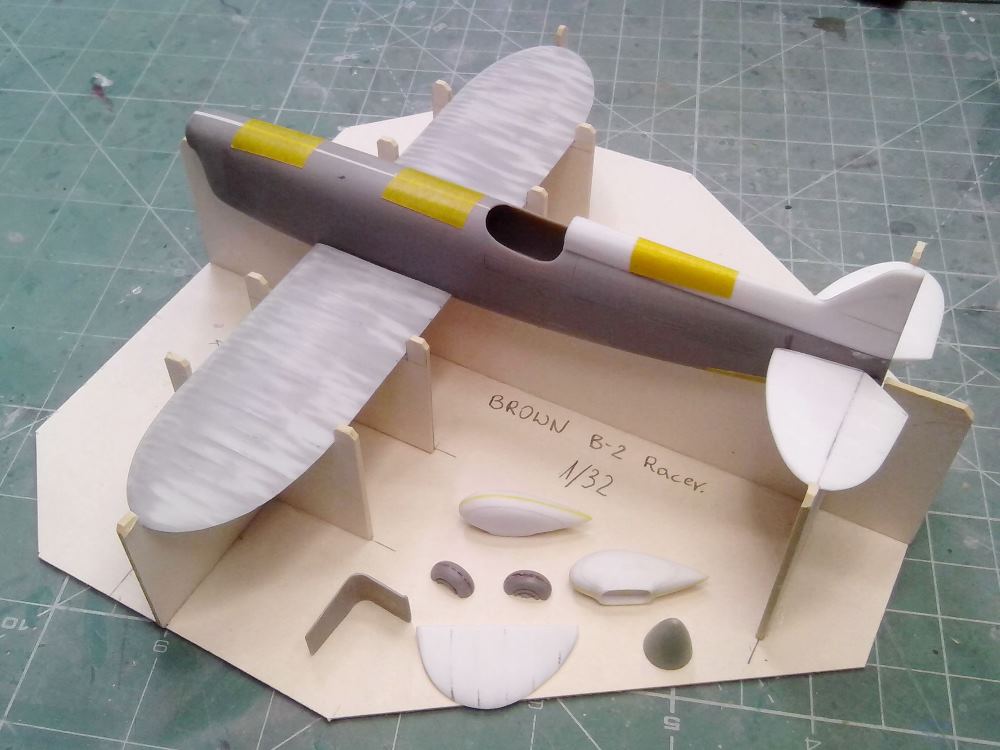
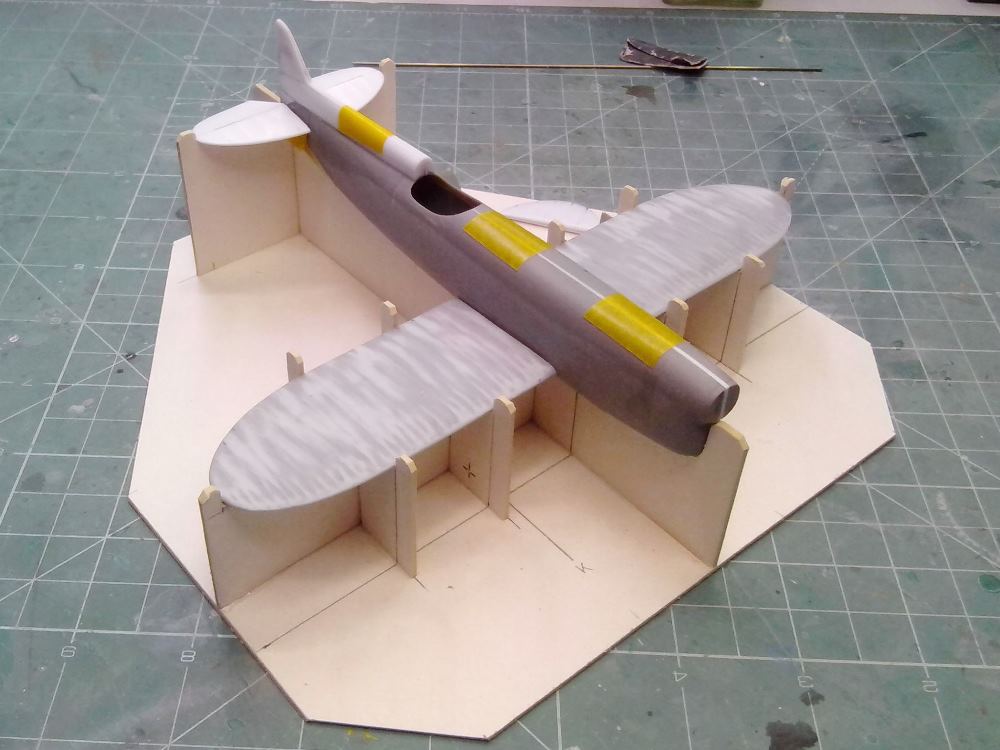
Then I cut off the engine cover to create a characteristic ventilation gap between the hull and the cover.
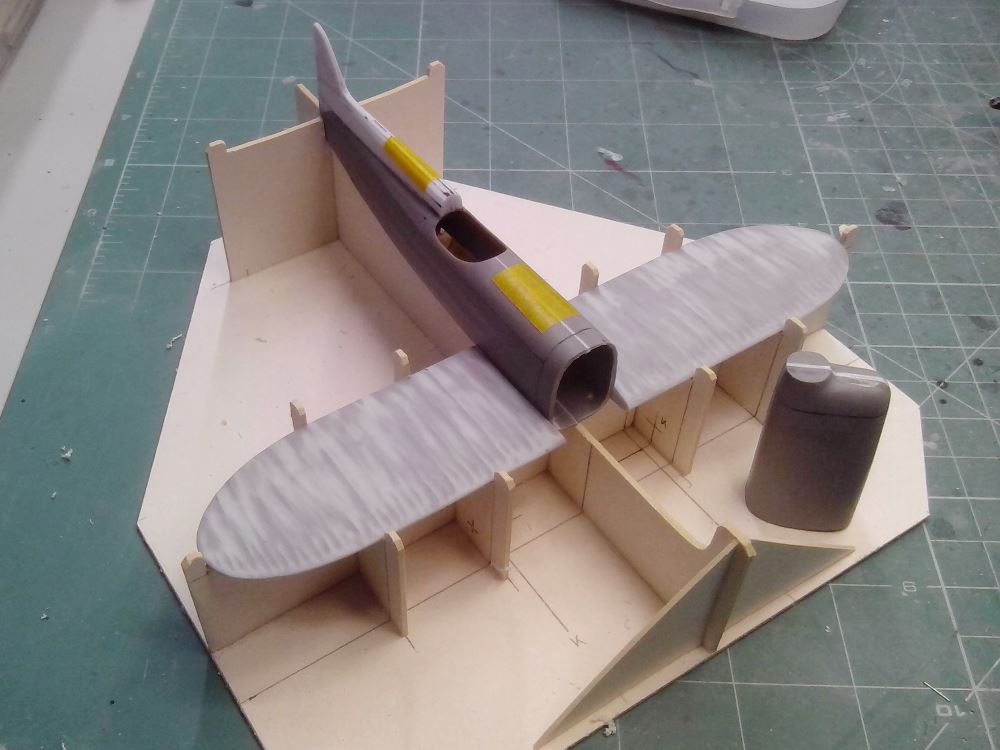
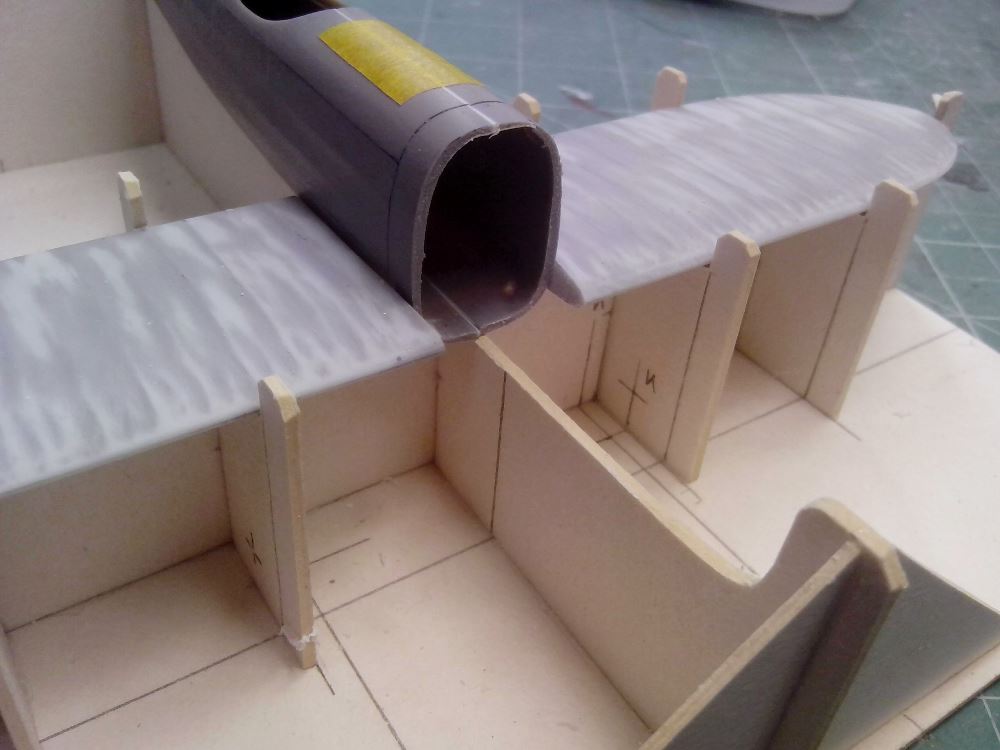
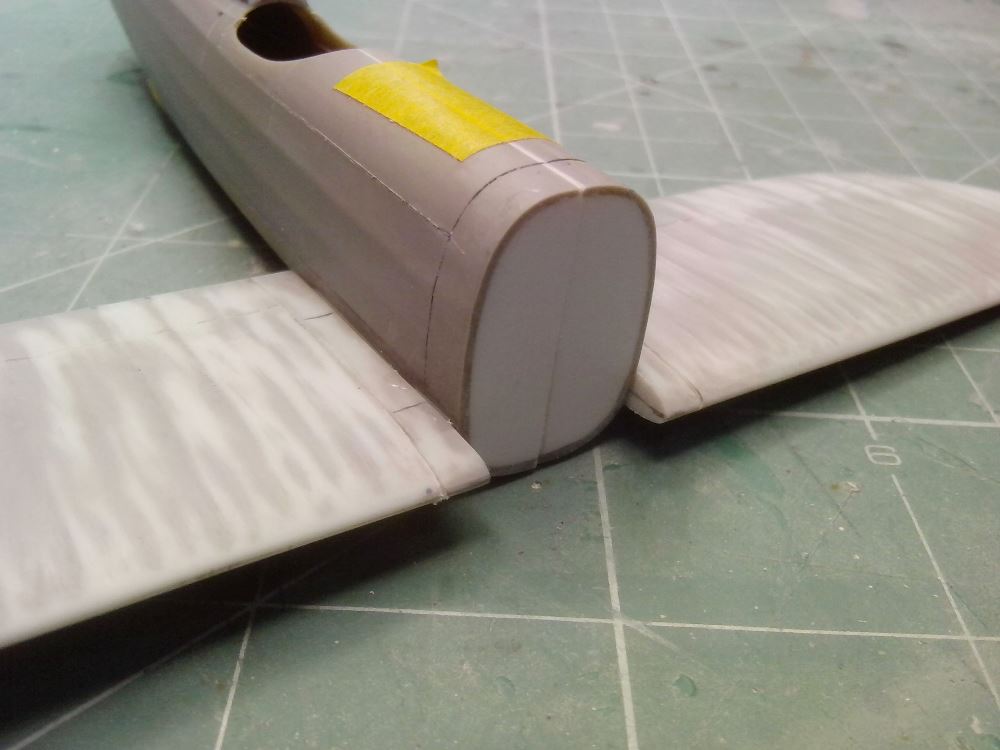 I made the chassis legs from plastic reinforced with steel wire.
I made the chassis legs from plastic reinforced with steel wire.
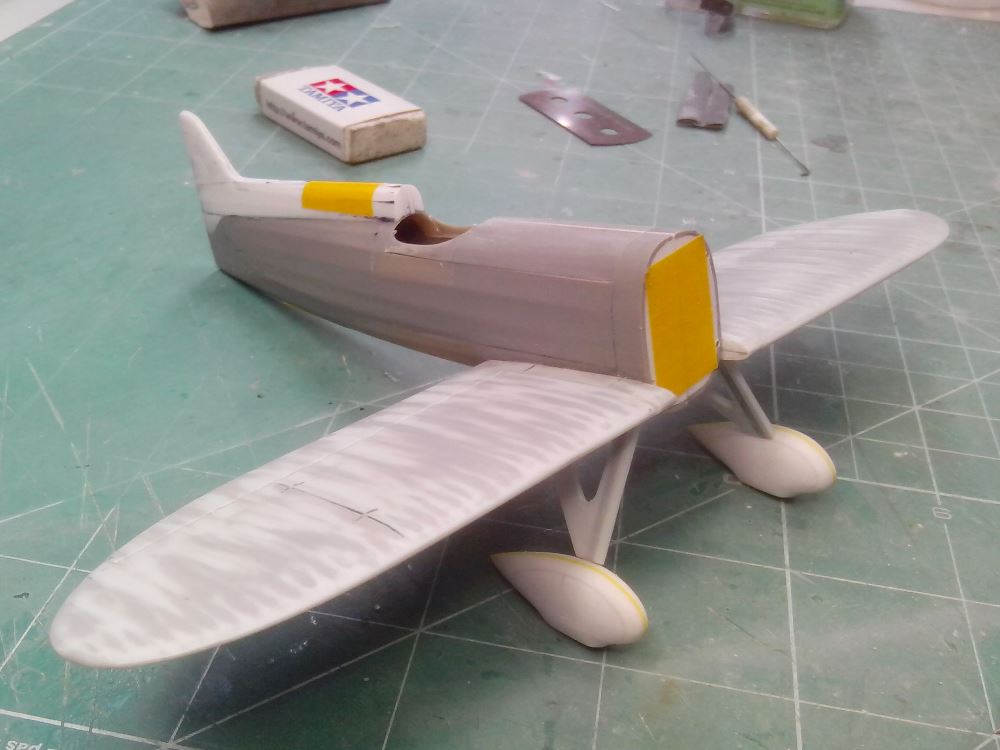
I decided to open the top of the fuselage to show the internal structure in the model

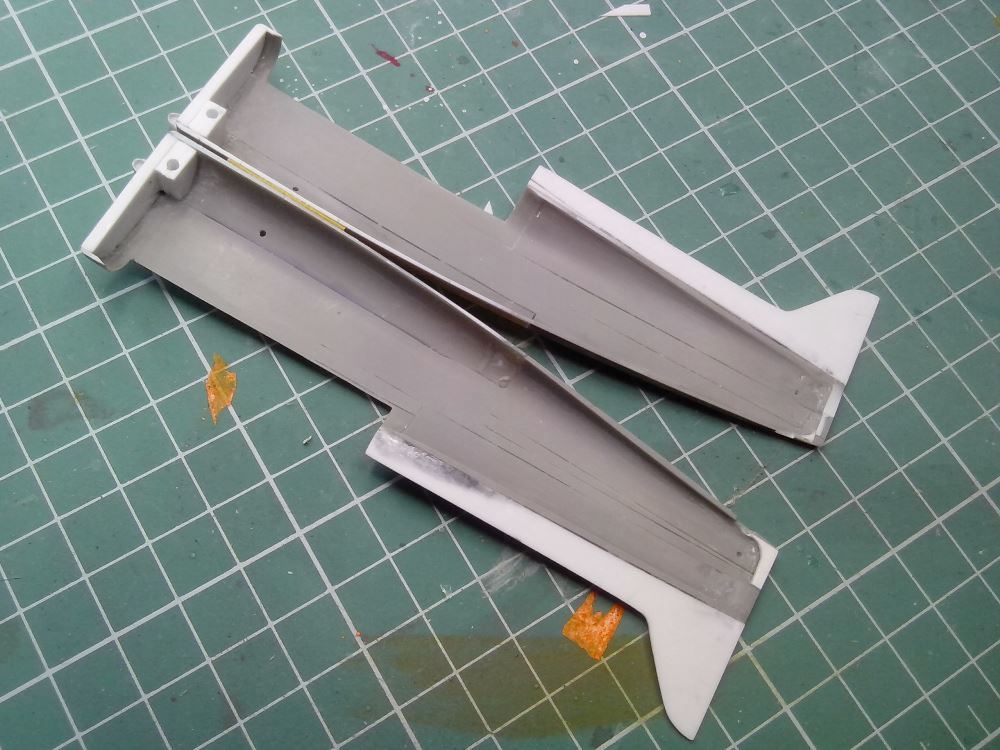
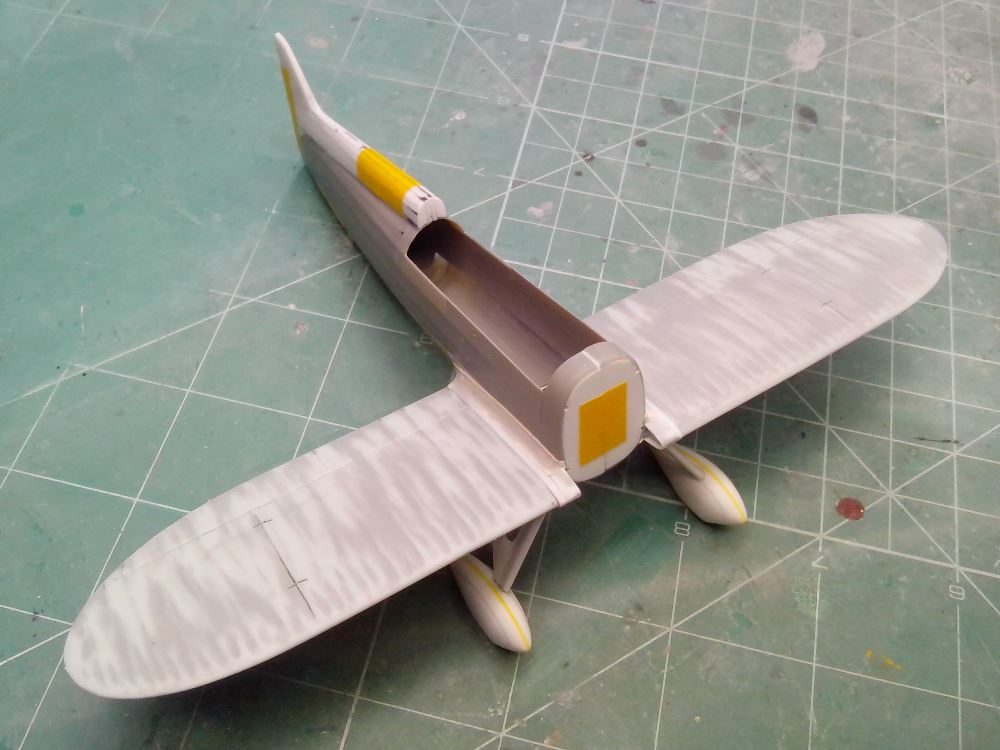
I would also like to show the engine because it looks interesting
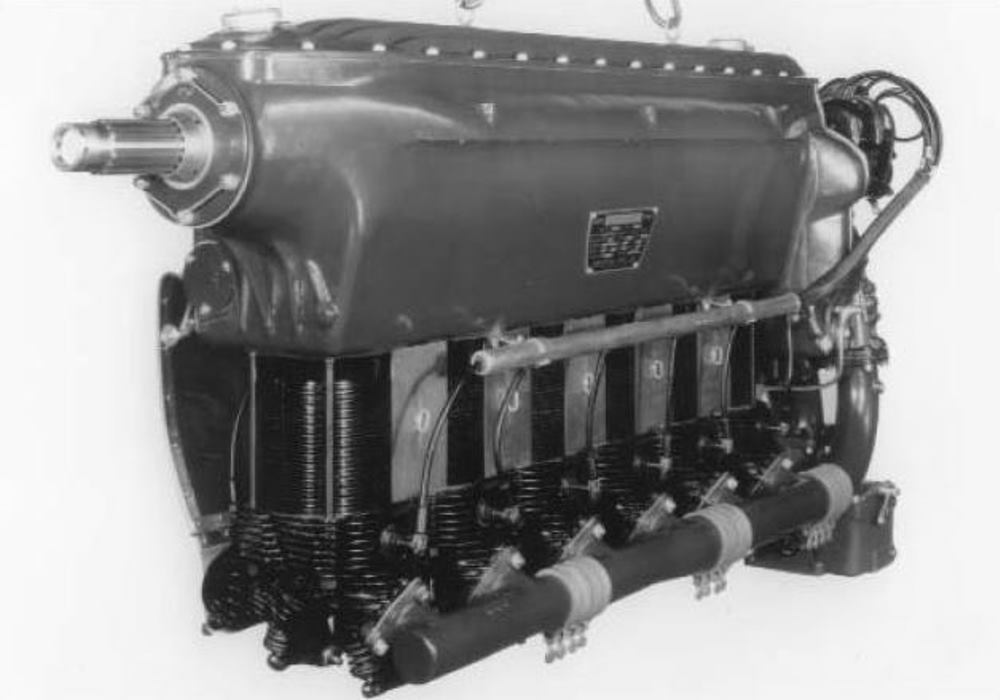
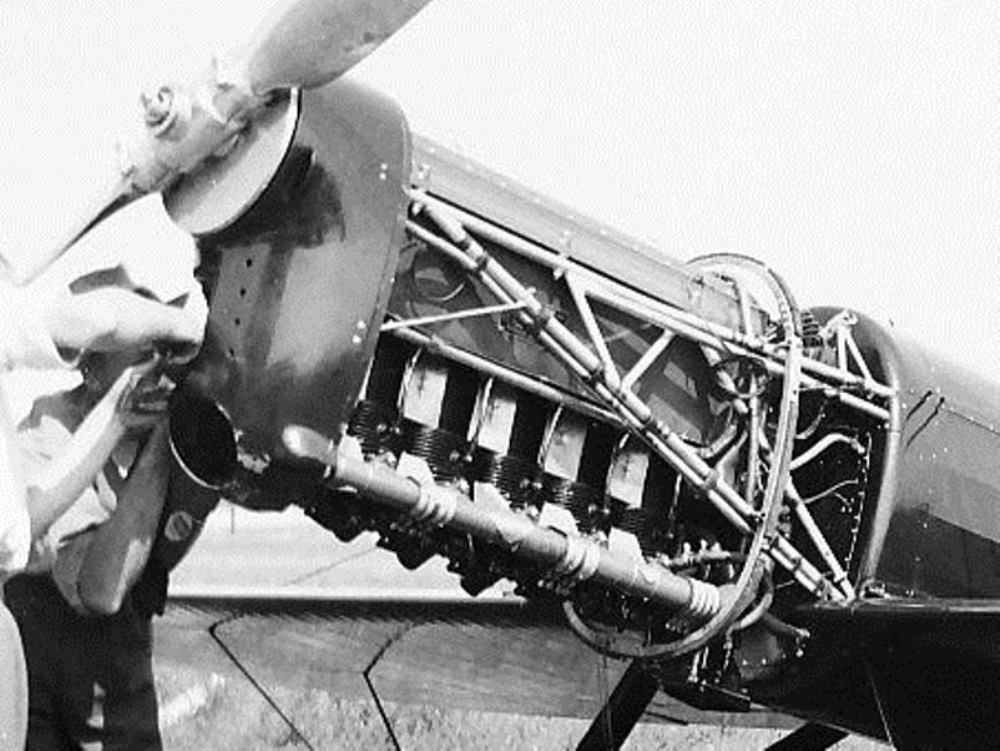
Since no company offers a miniature of this engine, I decided to make it myself. But to make it easier, I drew it as a 3D model.
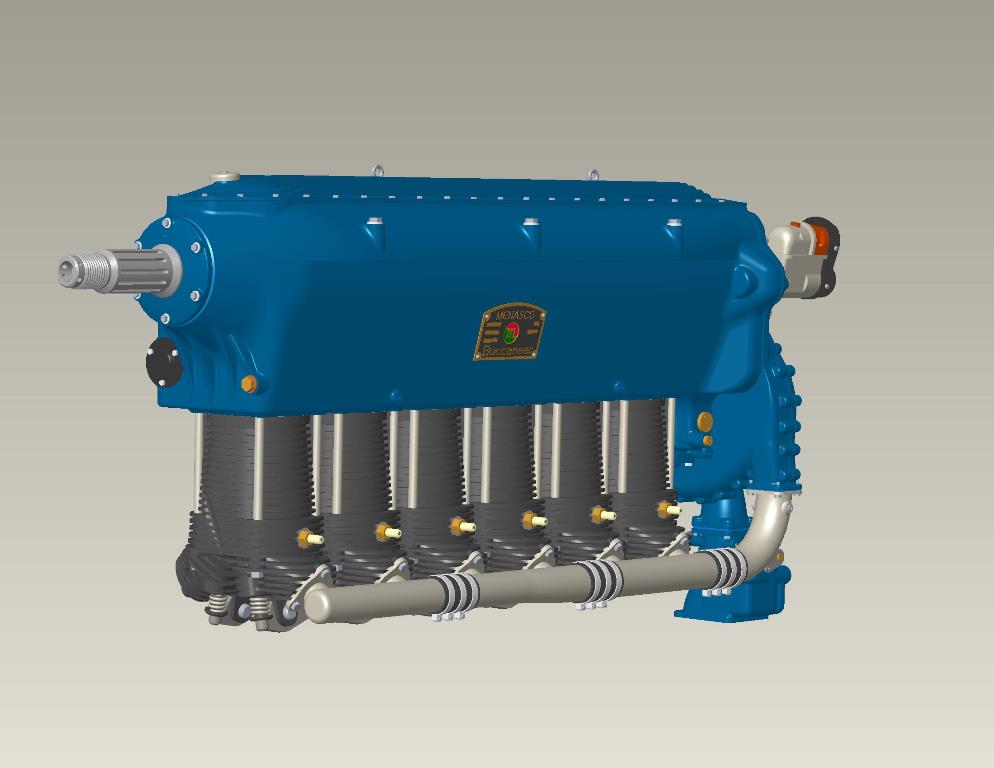
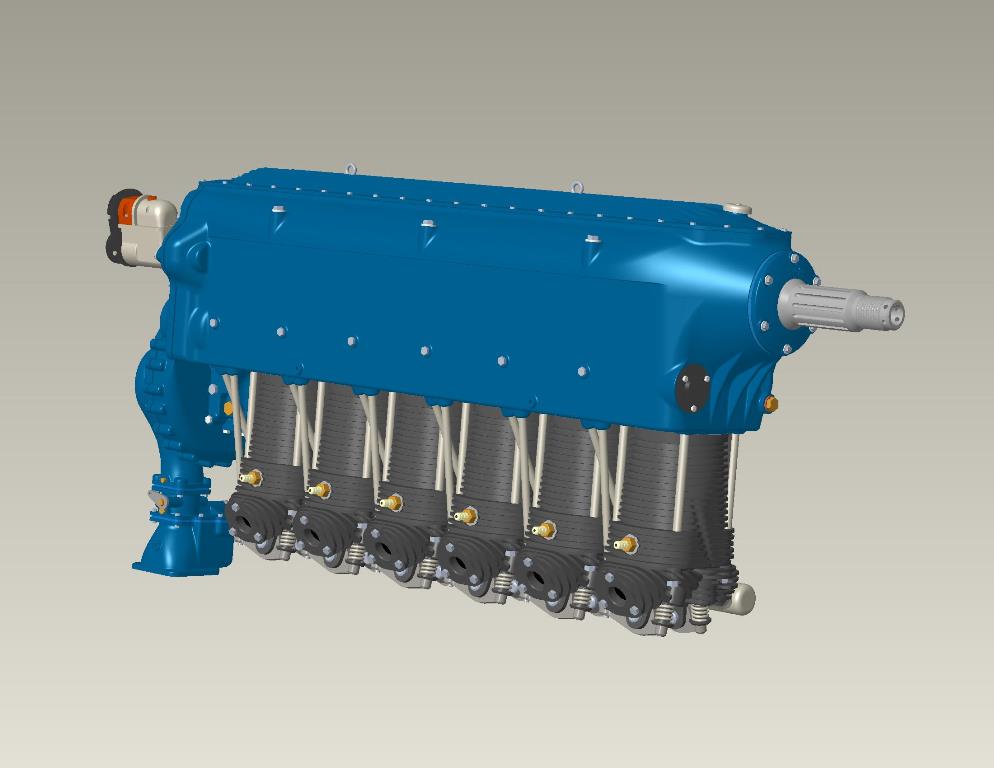
I also started modifying the engine cover.
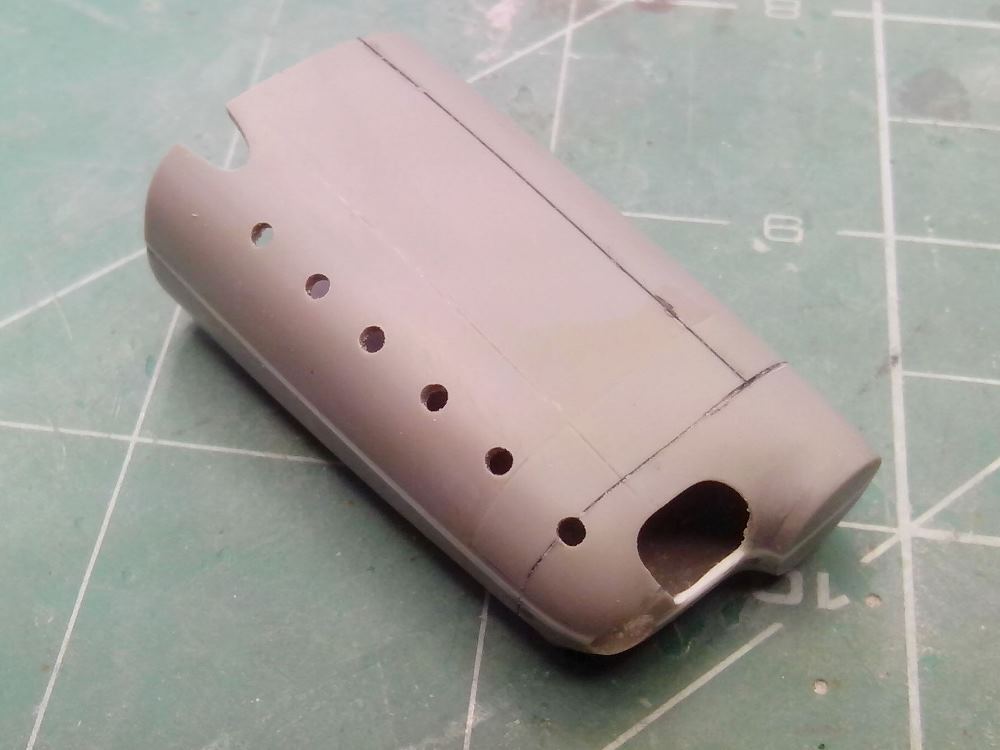


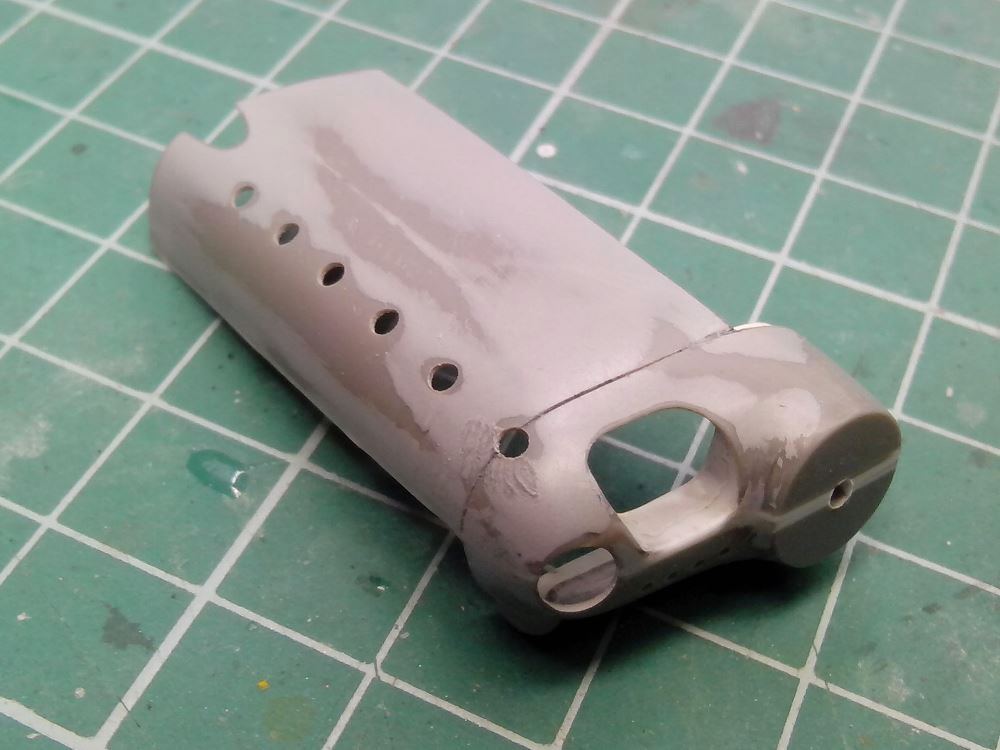
And I also started doing the inside of the fuselage
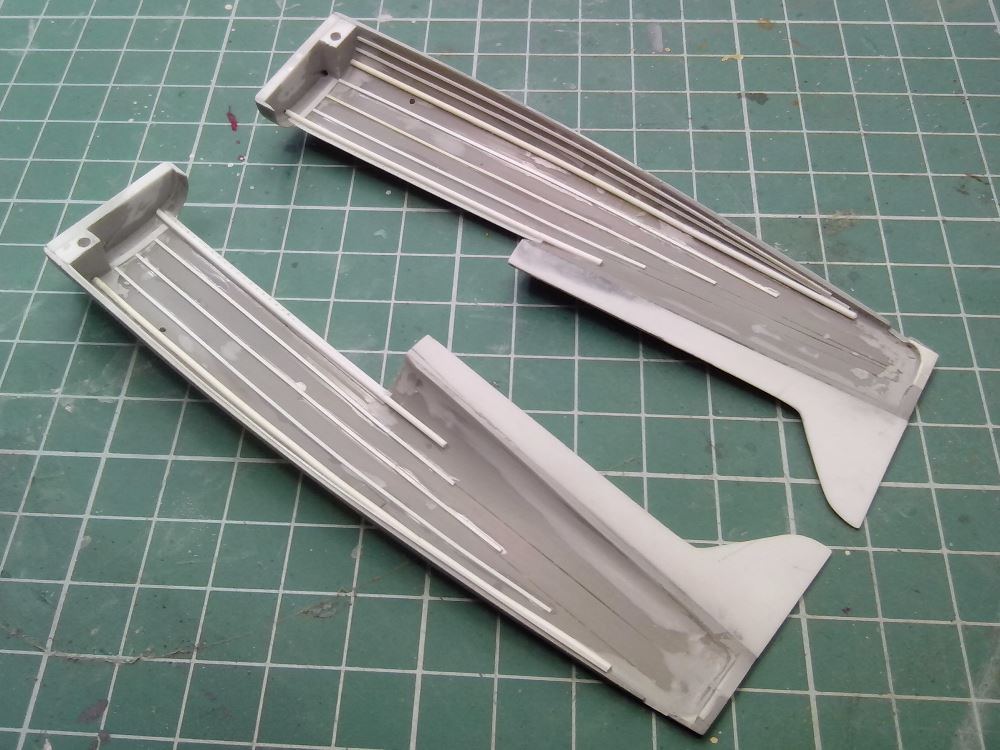
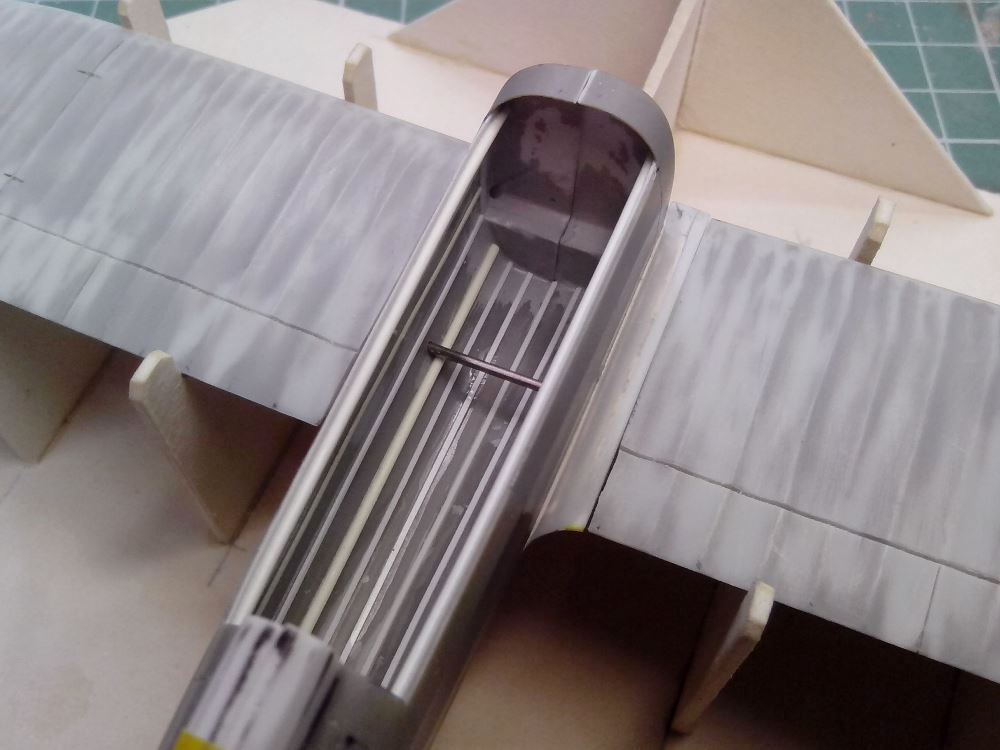
To be continued

- LSP_Kevin, Stefano, Archimedes and 29 others
-
 32
32
-
-
-
-
I pulled this project out of the drawer

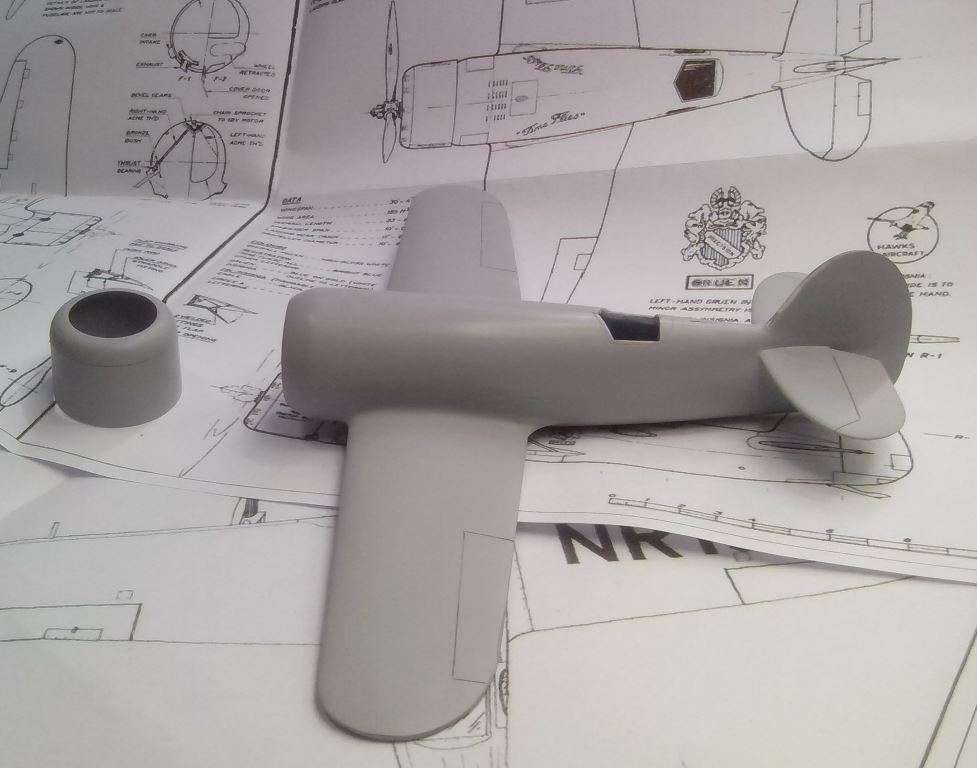
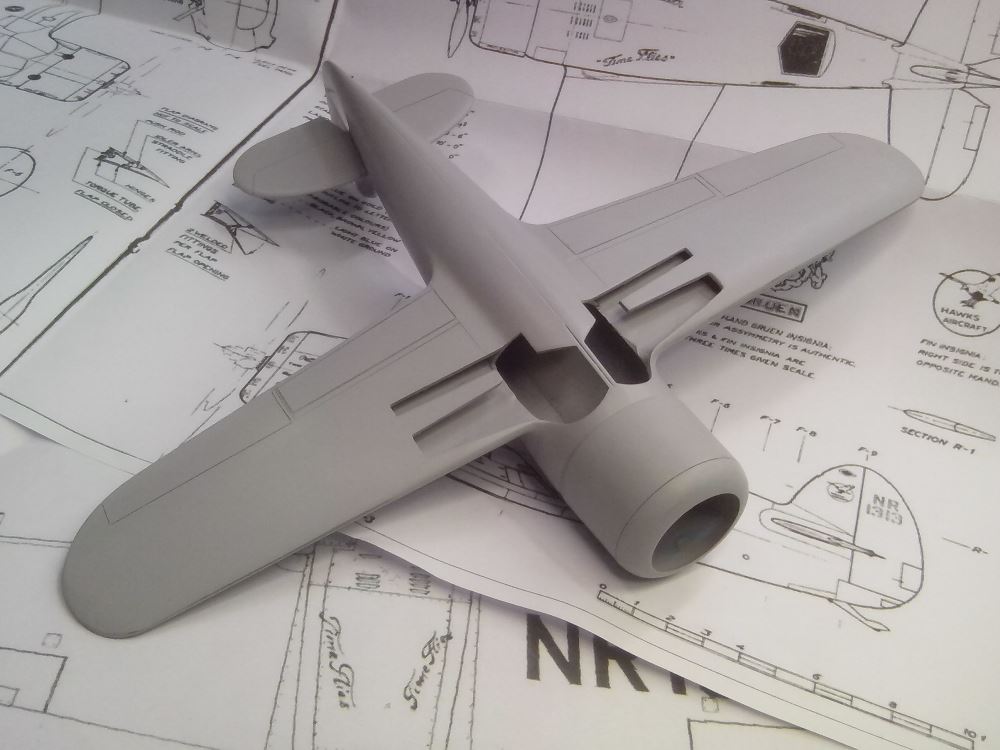
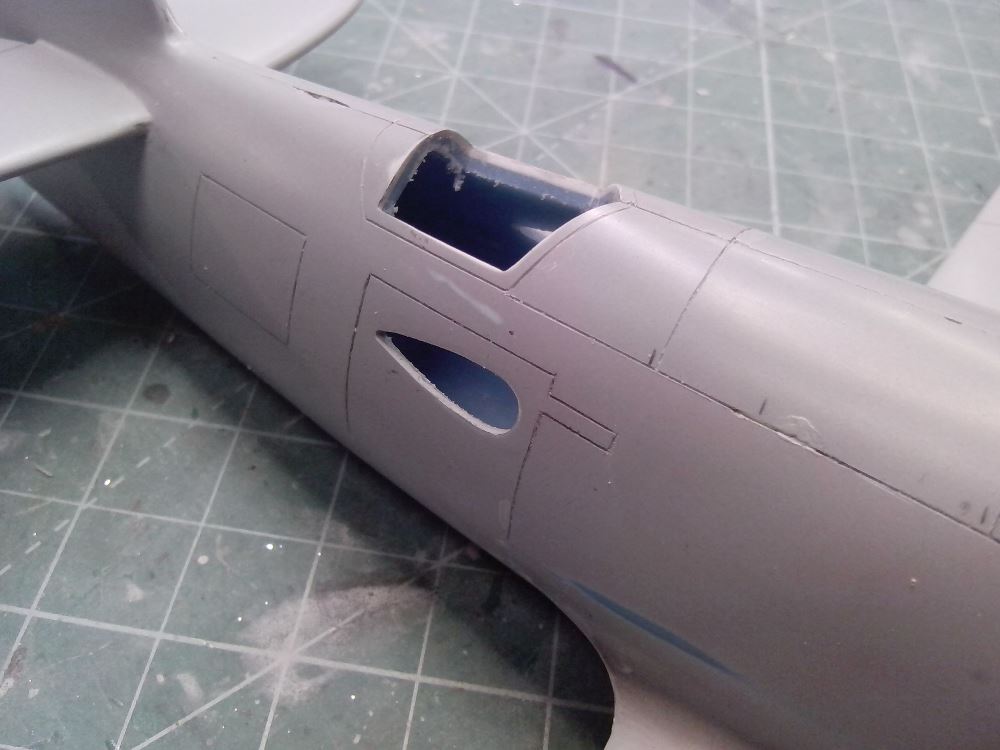
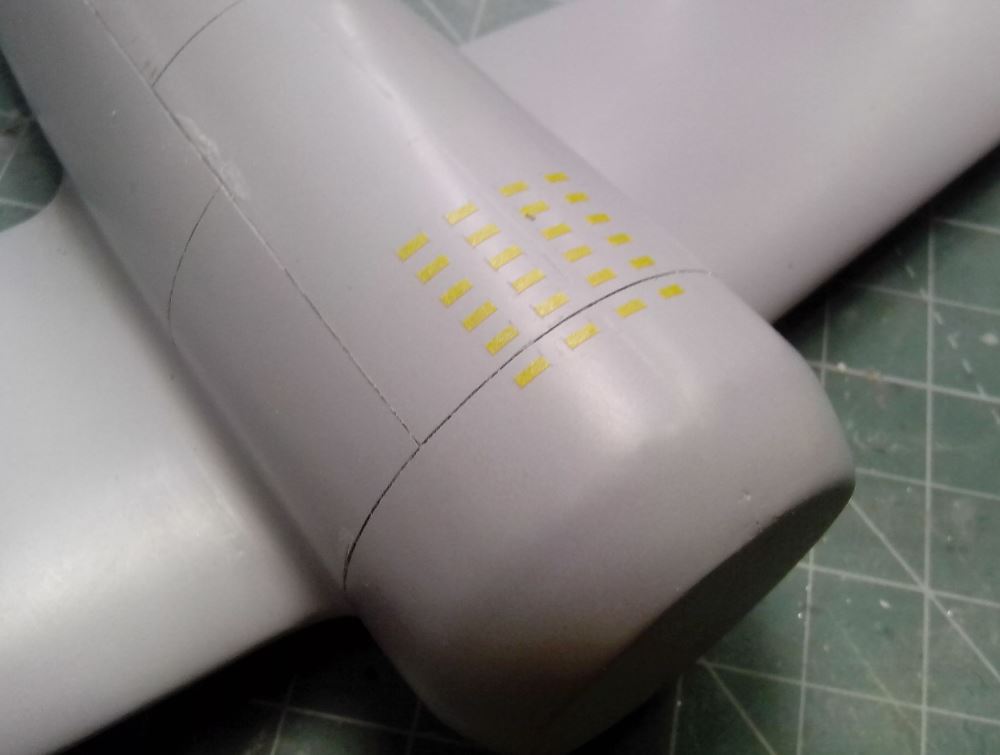
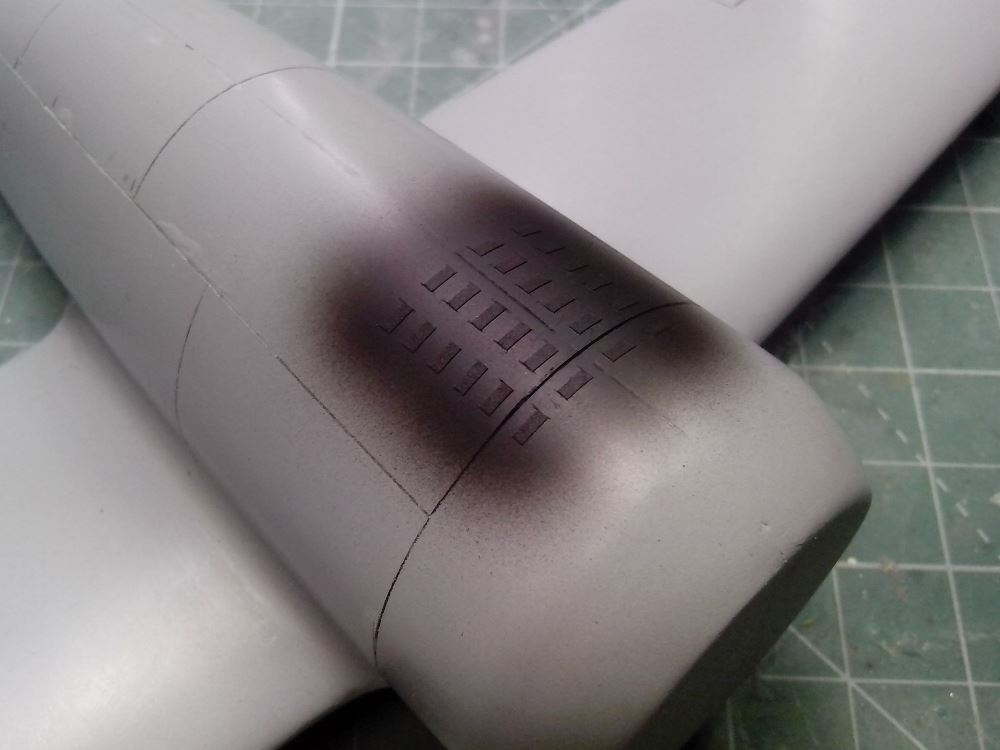
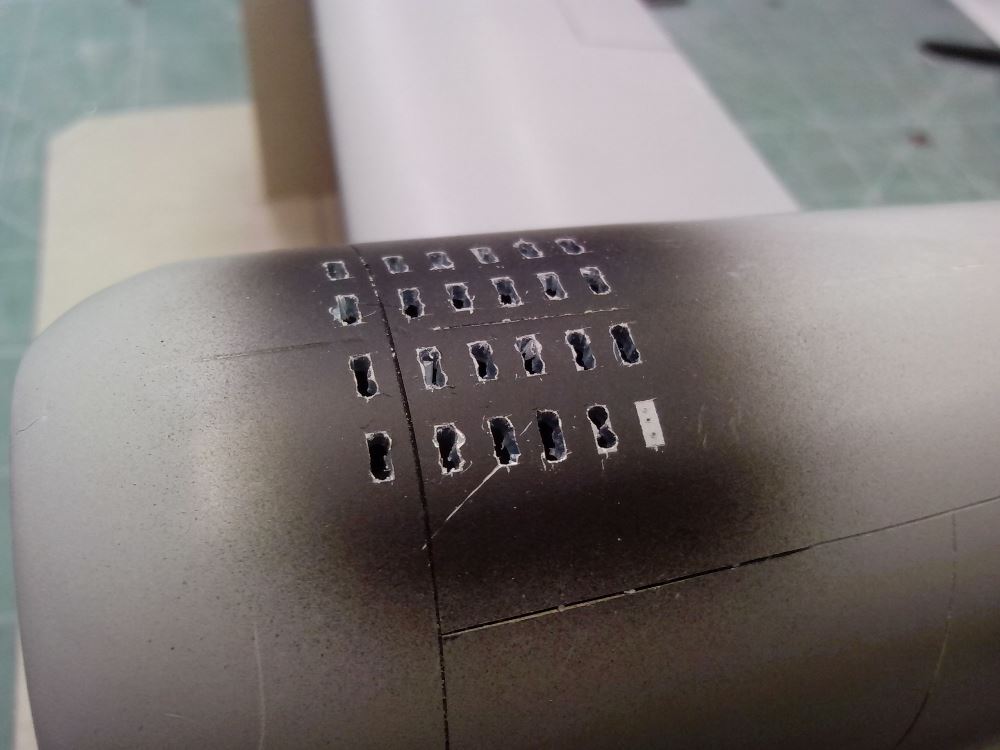
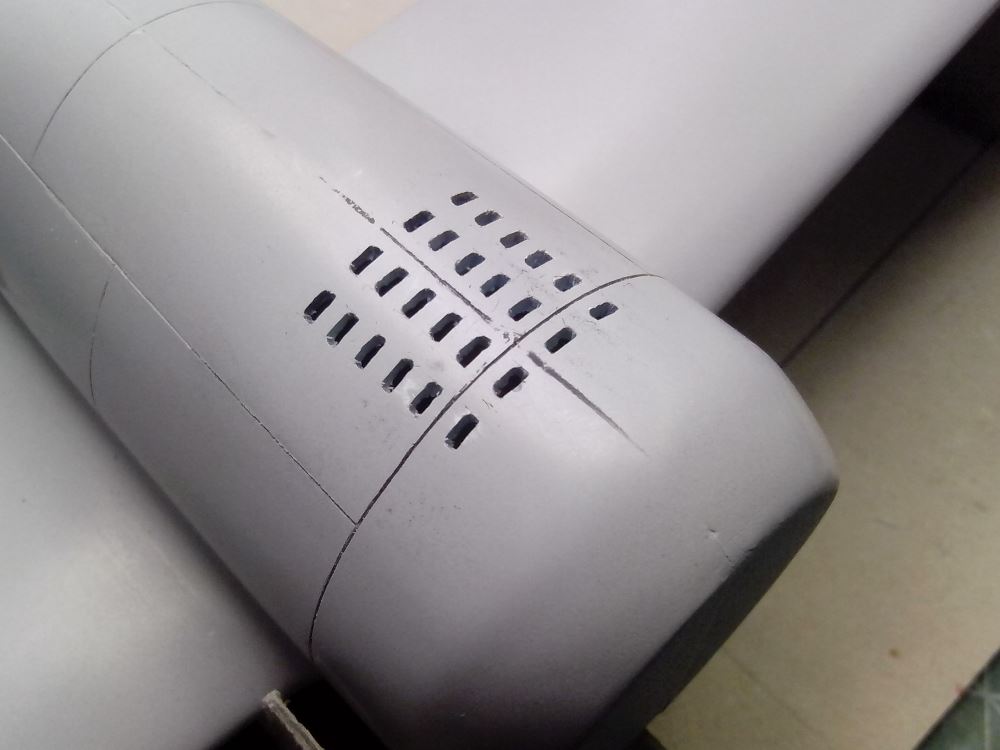
-
Thank you very much
 I'm taking this model to Telford this year to see it live. I invite you to the stand of IPMS Poland.
There will also be my newest model:
I'm taking this model to Telford this year to see it live. I invite you to the stand of IPMS Poland.
There will also be my newest model: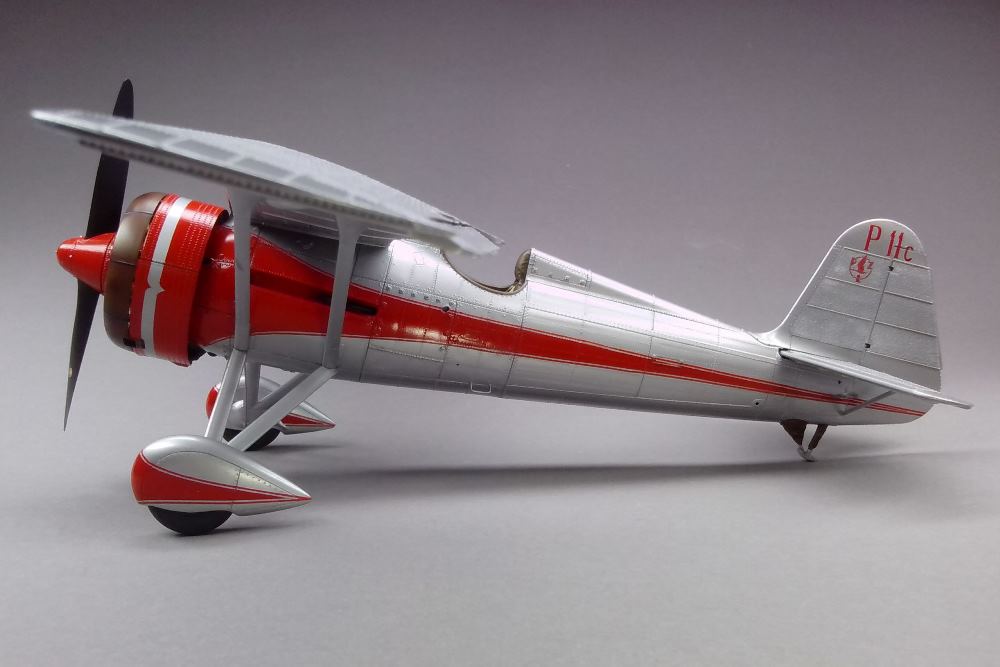 And maybe some other surprise
And maybe some other surprise
- Starfighter, R Palimaka, Learstang and 5 others
-
 8
8
-
-
Good job

-
Thank you all for the good words. I am very glad that you like the model
 Quote
QuoteMay I post it on the website?
Of course Ray. I would be honored

-
Hi everyone

I wanted to present you my latest model, which shows a miniature of the PZL P.11 prototype no. V. This aircraft was presented in 1934 during the 14th International Air Show in Paris. I built it on the basis of a 1/32 scale PZL P11c aircraft model kit by IBG, or two such kits in fact. This was due to the fact that there are quite a lot of differences between the prototype and the serial P11c aircraft, despite the fact that both aircraft have the same marking painted on the vertical stabilizer. All these nuances, it would seem, are quite important and together with the occasional silver-red painting, they make this plane stand out from all the other PZL P.11c. These differences were meticulously picked out from the analysis of archival photos and documents and I decided to show them all so that the final effect was as close as possible to the appearance of the prototype. Below is a list of these differences, although it cannot be ruled out that this is only part of them and perhaps in the future it will be possible to expand it.
- The horizontal stabilizer had elevators with a larger area and a different shape.
- Chassis with aero fairings and Dunlop low pressure wheels.
- Elevator trim tabs of a rectangular shape with an external drive.
- Longer recess for the barrels of hull rifles, extending to the firewall.
- Different division of plating elements in the truss part of the hull.
- Larger side panels for access to hull armament.
- Different layout and form of the entrance steps to the cockpit.
- Hull hand grips in the form of openings with flaps at the height of the windshield.
- Higher windshield without rear view mirror.
- Another form of upholstery of the periphery of the pilot's cabin.
- Covering with corrugated sheet additional panels on the upper surface of the wings near the fuselage.
- Different location of the Venturi nozzle on the hull.
- No longitudinal ventilation holes in the engine crankcase cover.
- No ventilation holes, so-called. "gills", in the fuselage behind the engine in front of the firewall.
- No radio station.
- Missing access panel to the radio station in the semi-monocoque part of the fuselage.
- No antenna installation on the fuselage and wings.
- No generator drive cover on the right side of the hull behind the engine.
- Missing one of the rudder drive inspection holes in the rear fuselage.
- No bomb launchers under the wings.
- No bomb release lever in the cockpit.
During the conversion, I made a lot of components from scratch and used a lot of commercial add-ons (Archer, Bitskrieg, Master, Yahu, Part and Edurad). I put a lot of work into reducing the thickness of the trailing edges in the lifting and steering surfaces of the model. From scratch I made an imitation of the entire riveting on the fuselage and partly on the wings and stabilizers. A different layout of the prototype's hull panels required re-creating most of the dividing lines. I also made an imitation of small deflections on the fuselage and wings simulating deformations on the skin as a result of technological and utility processes. For the purposes of the presentation, I made a small base inspired by archival photos from the exhibition in Paris.
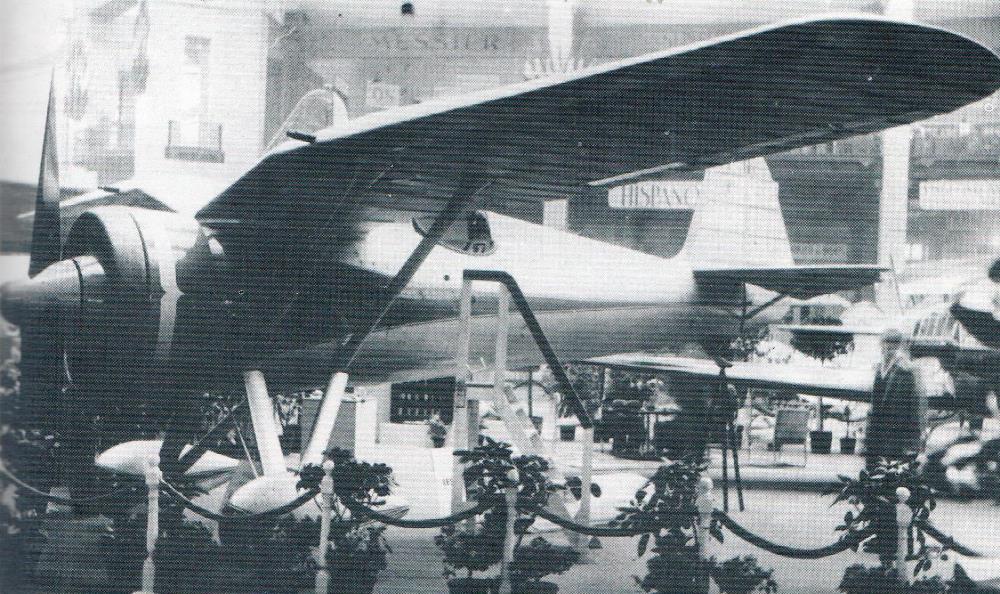
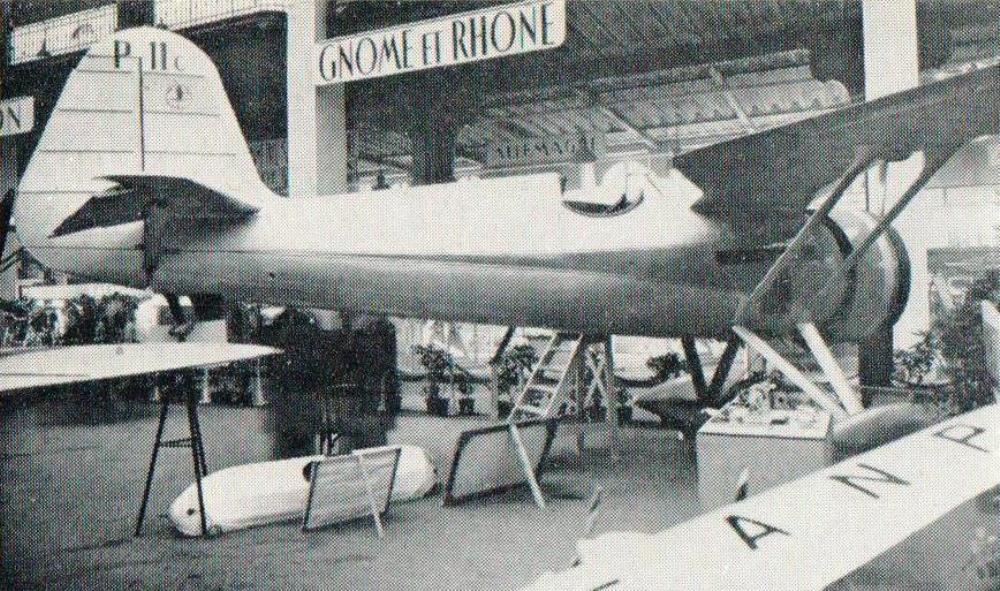
And the model looks like this:
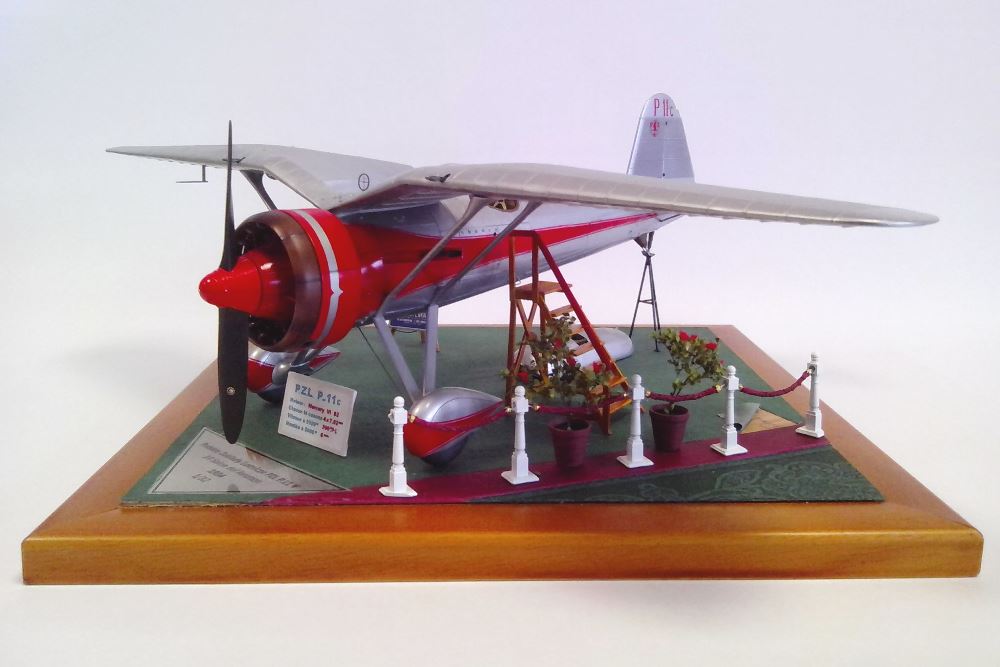
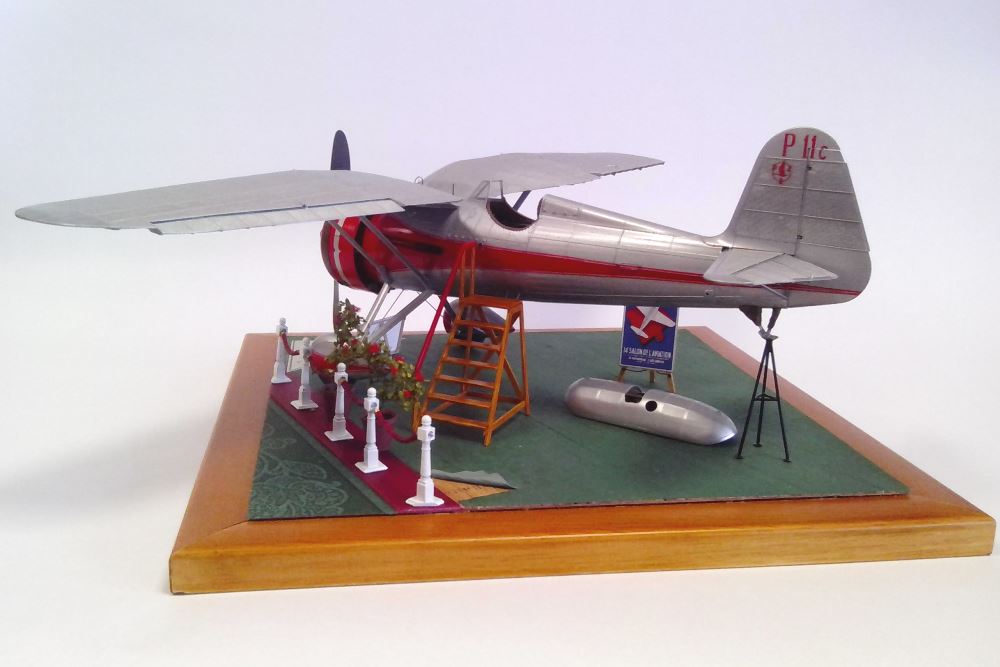
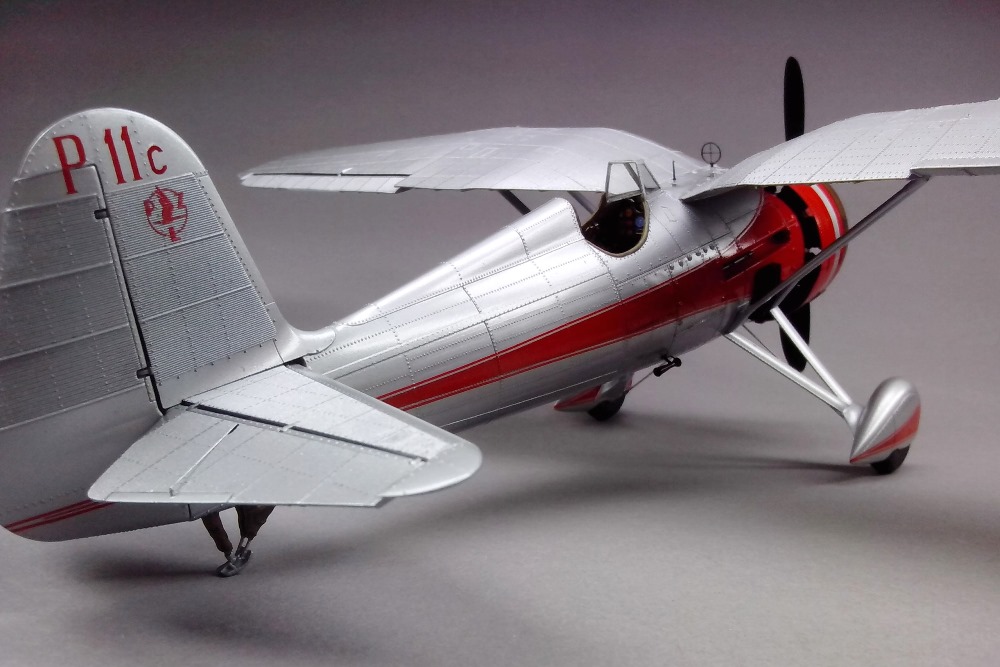

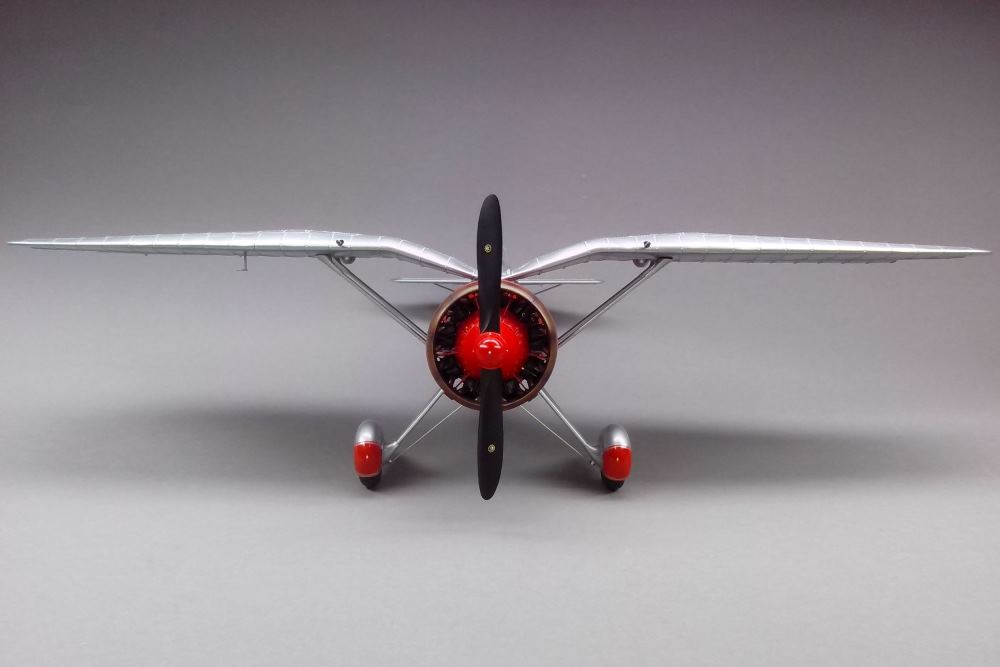
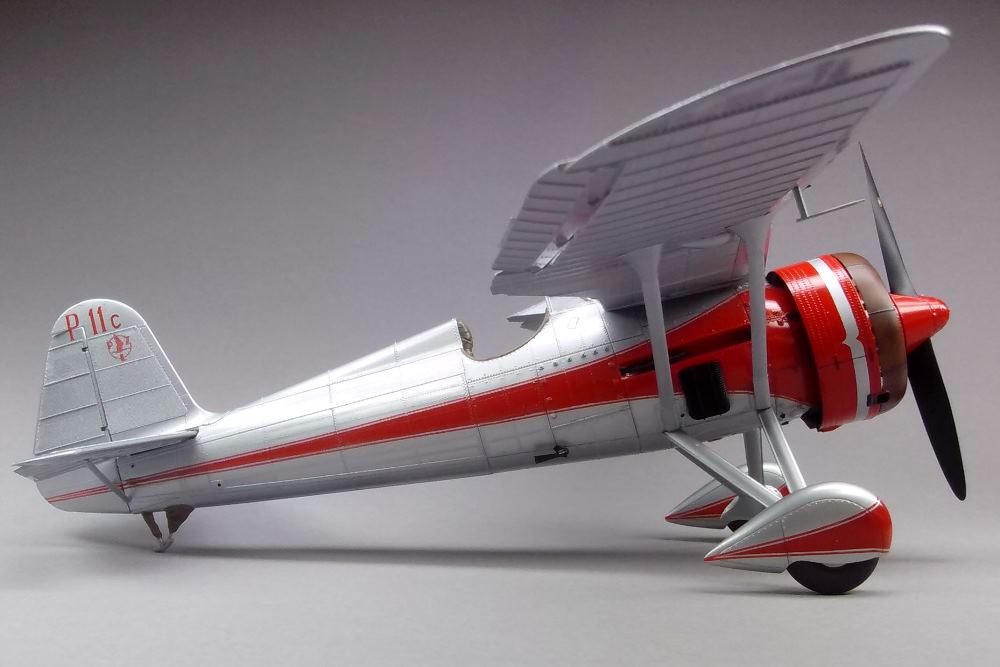

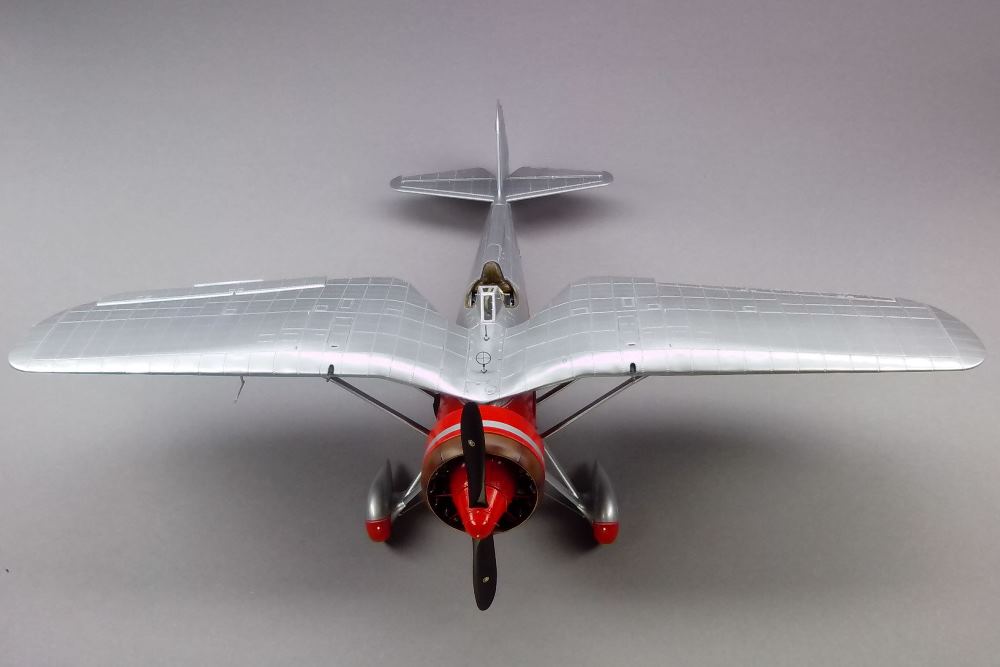
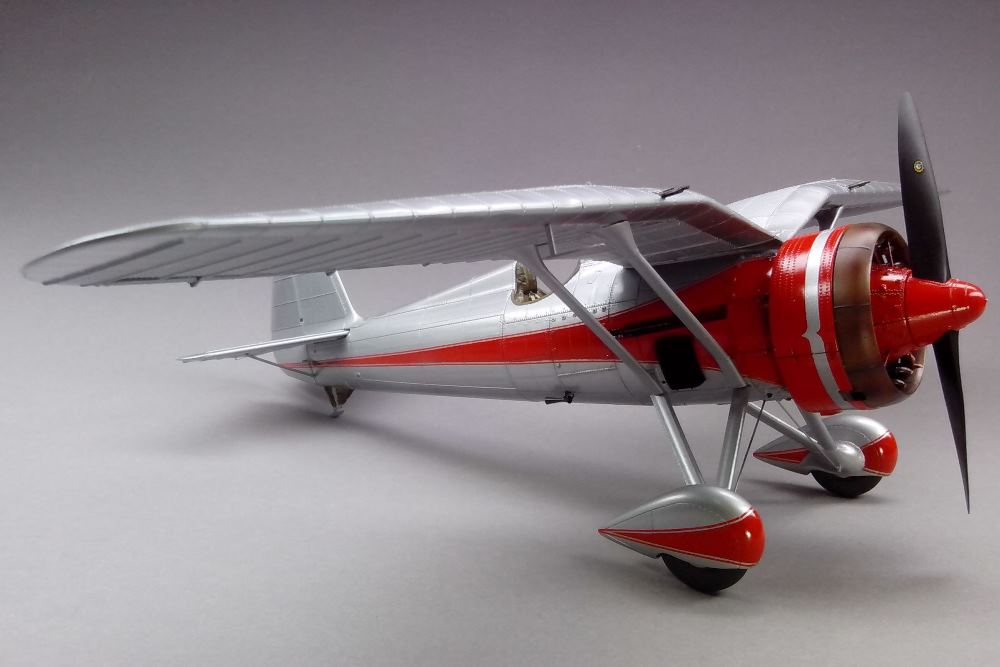
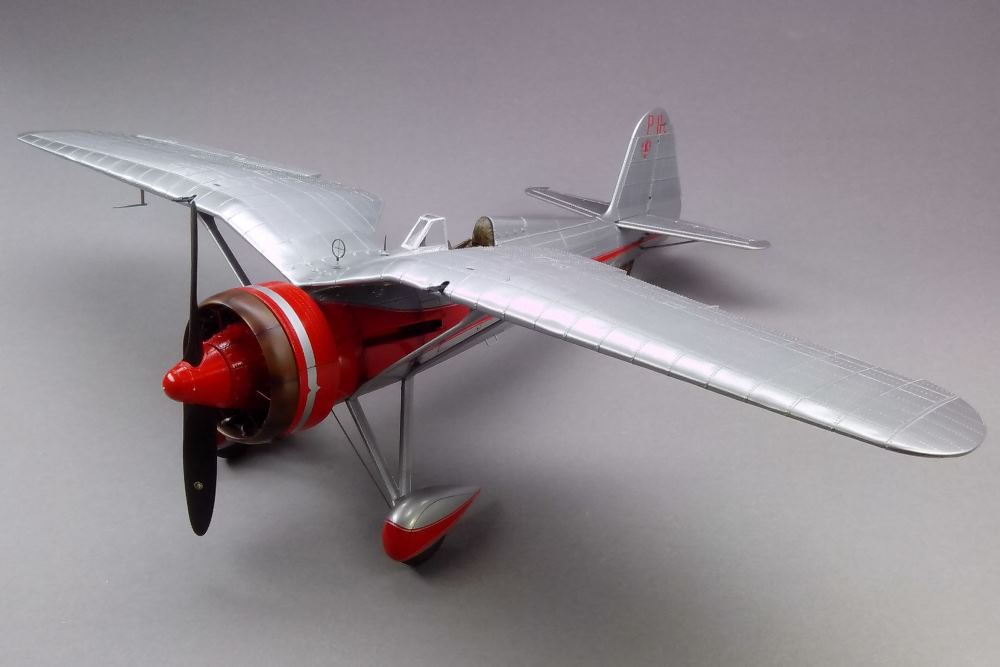


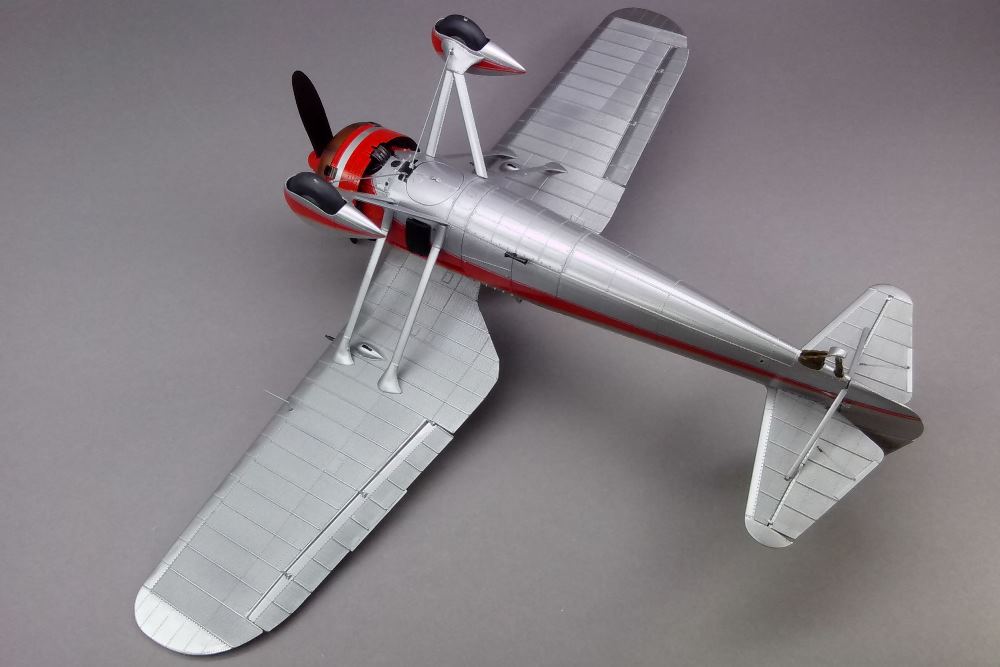
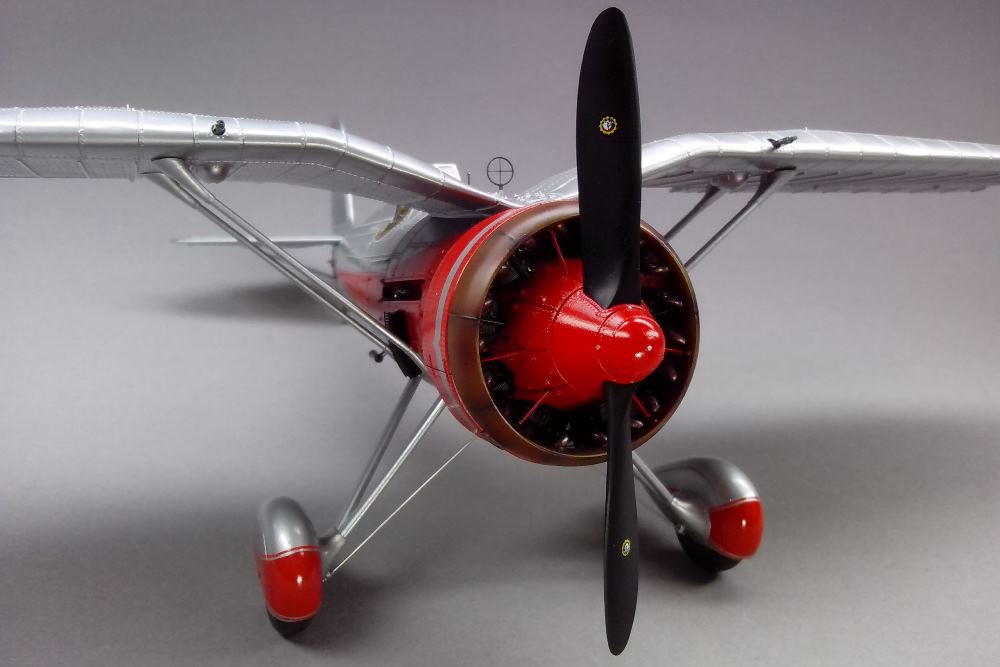
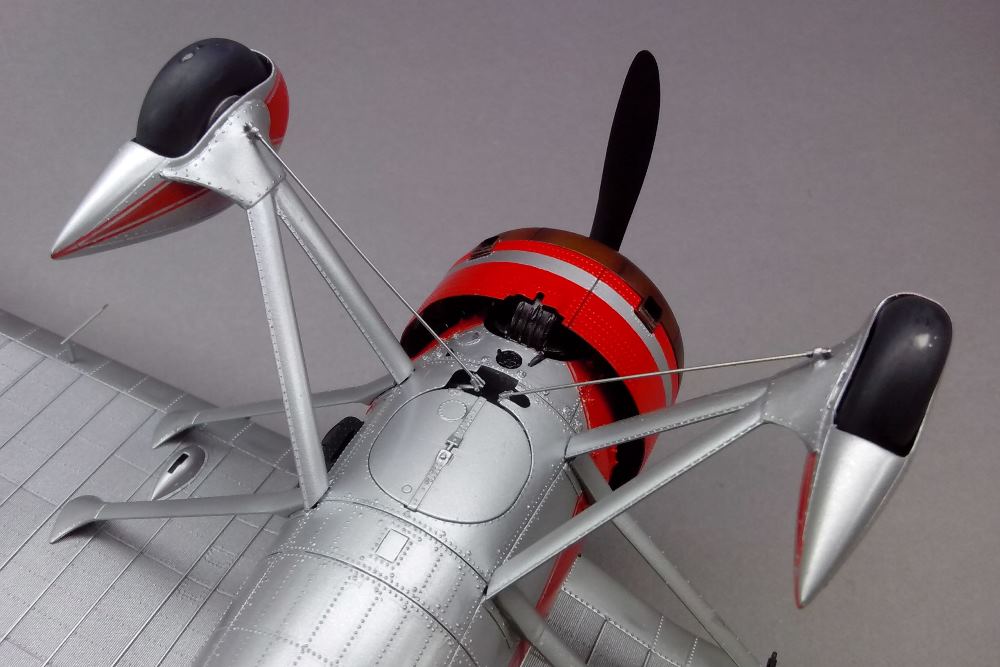
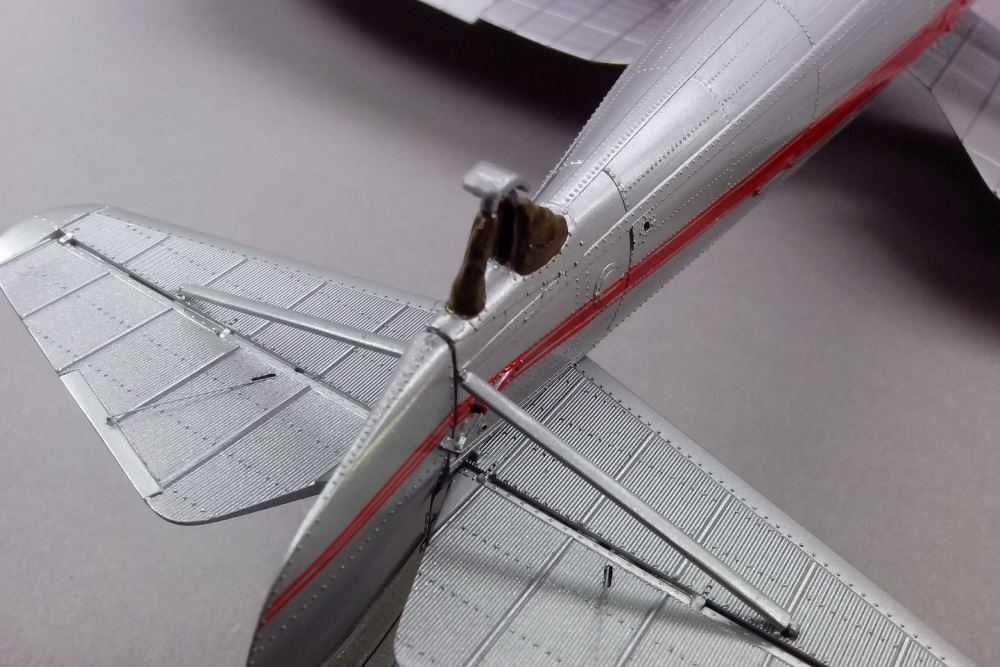
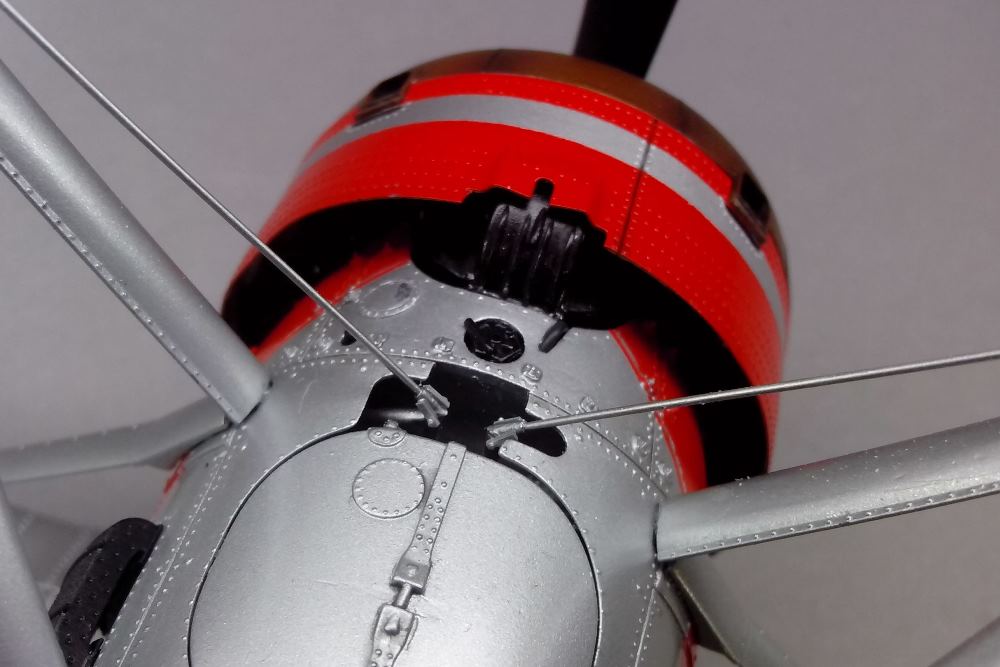
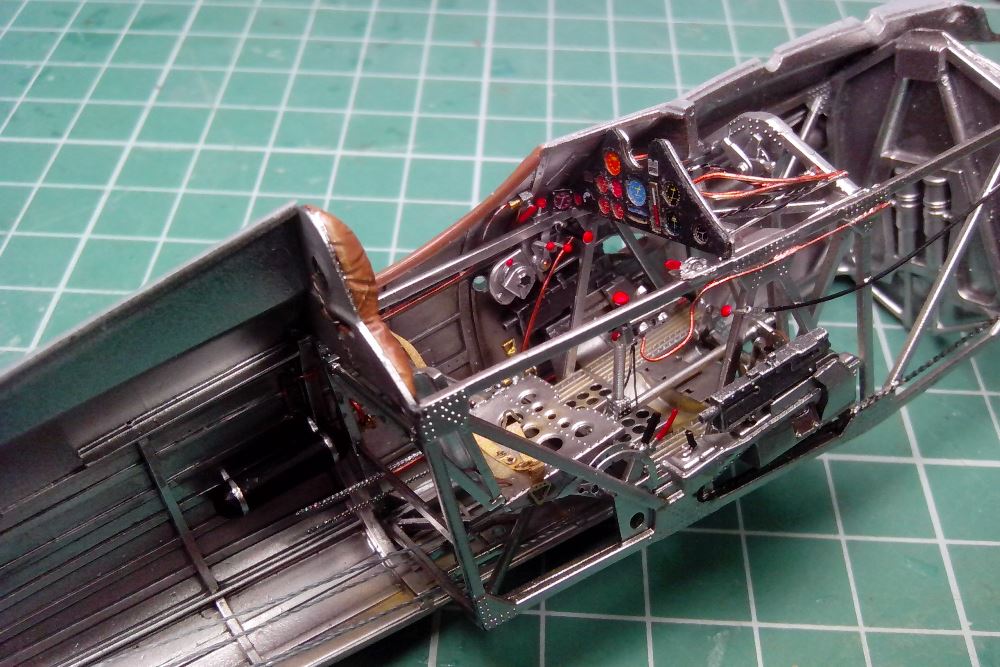
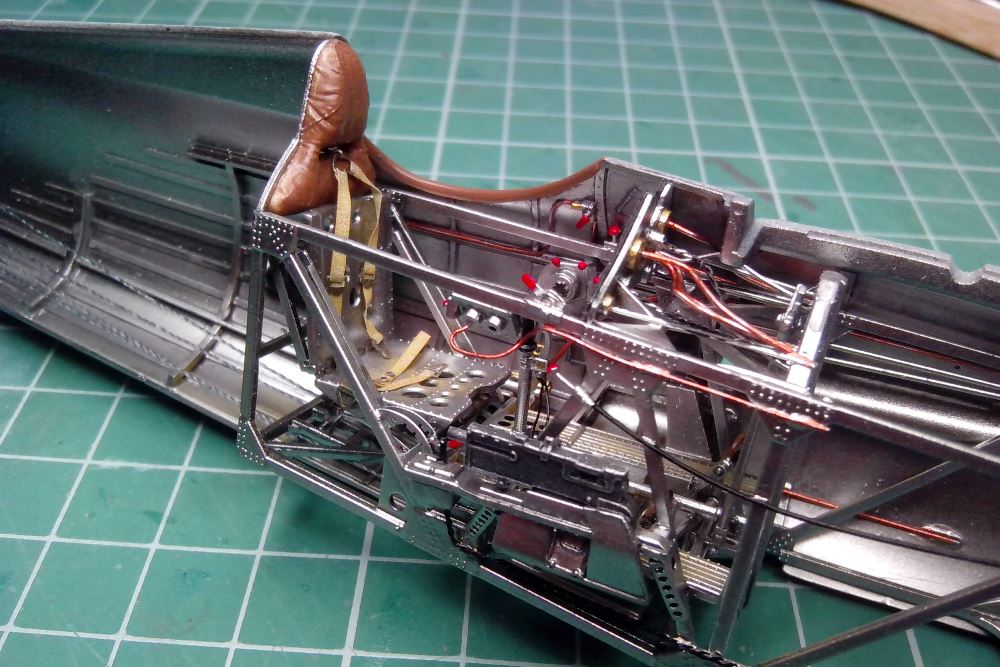
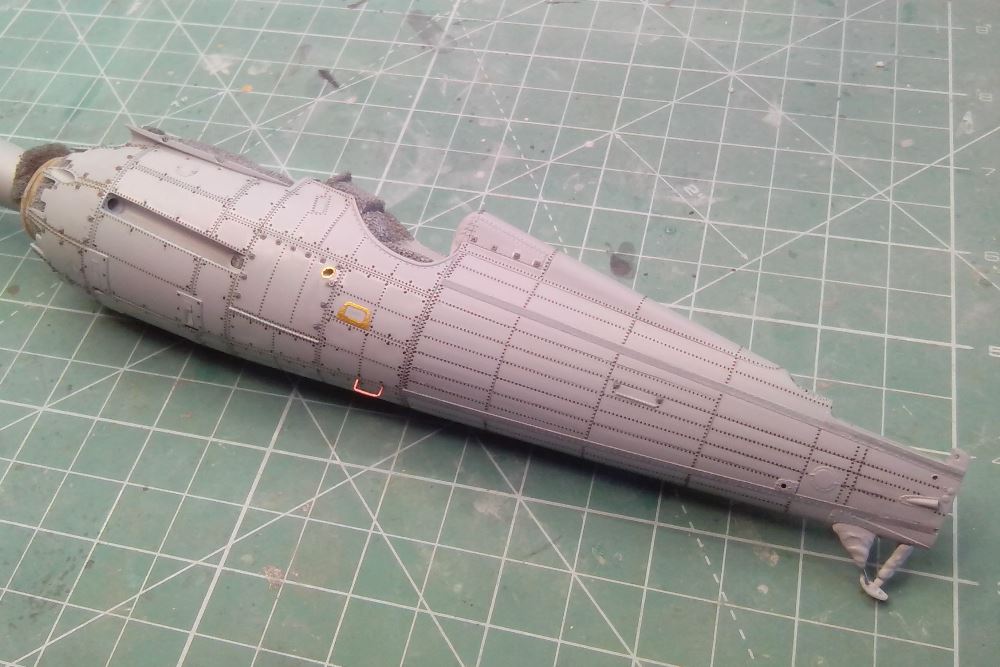
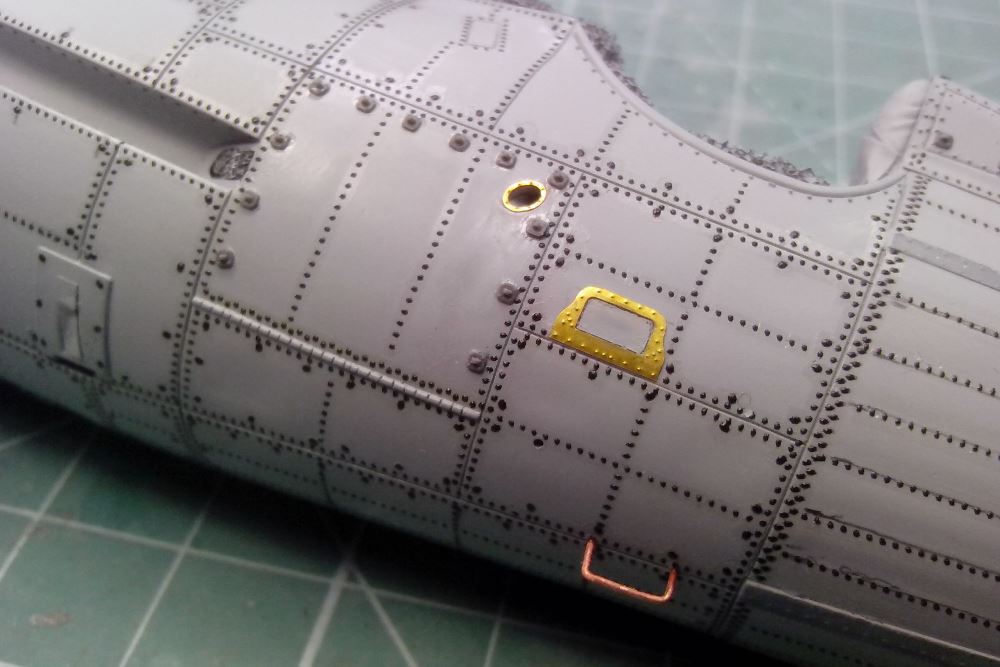
The model premiered last weekend at the modeling championships in Bytom. He received the first place in his category and the prestigious "Black Diamond".
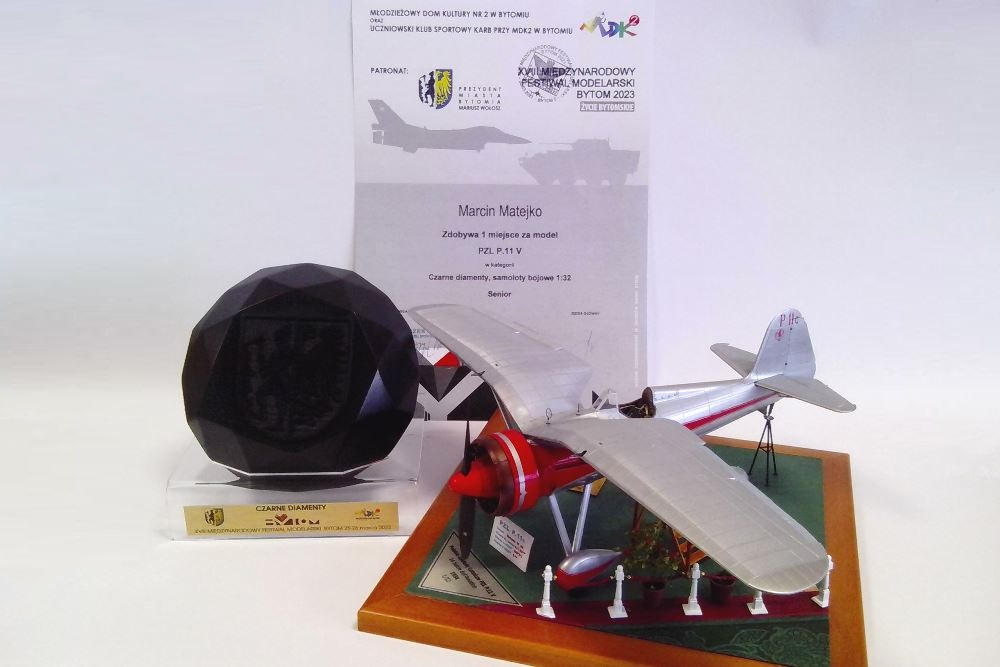
Now a small collection has been created
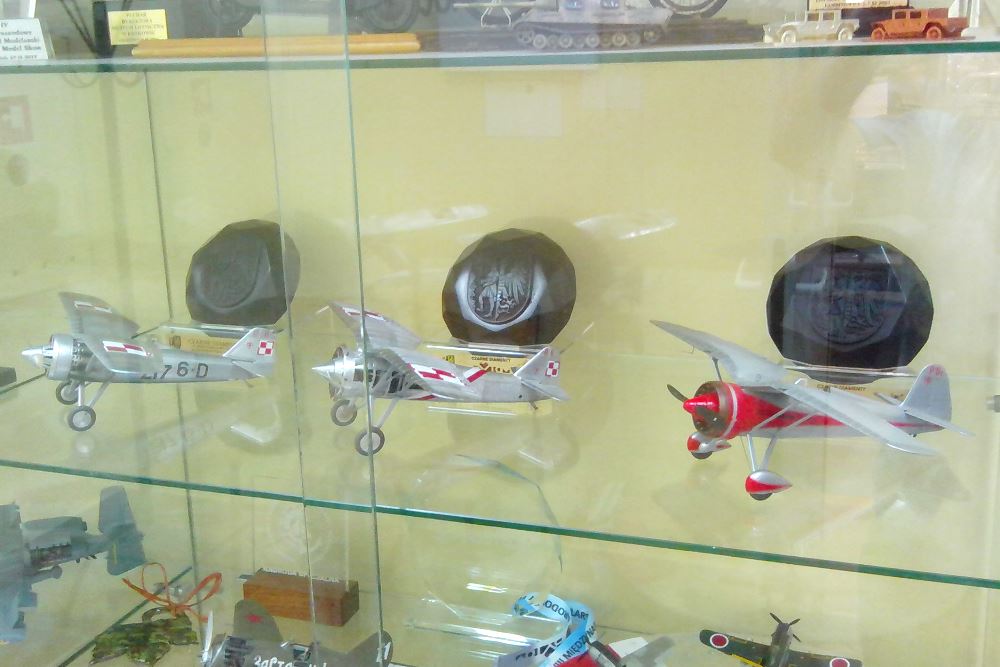
Best regards, Marcin :-)
-
Despite the turmoil of the war, Ukrainian modelers did not suspend their activities and organized the modeling championship of Ukraine. The competition was open and many modellers from around the world were invited to participate. The form of the competition changed due to the hostilities and it was played only in virtual space. I had the honor to compete with the best modelers, so I rated my best work, i.e. the PZL P6 model in 1/32 scale, made from scratch. I would like to thank IPMS Boryspil for the distinction and the awards sent directly from Kiev. They are very valuable to me because the circumstances of receiving them are extraordinary and highly emotional.
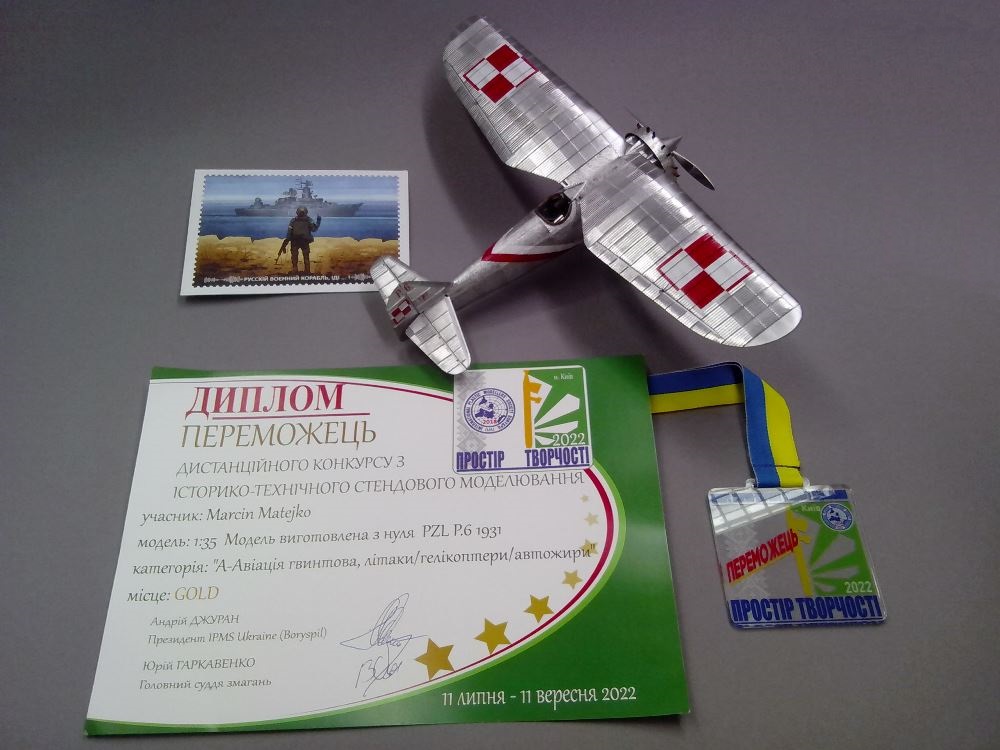
- Fanes, scvrobeson, chukw and 6 others
-
 9
9
-
-




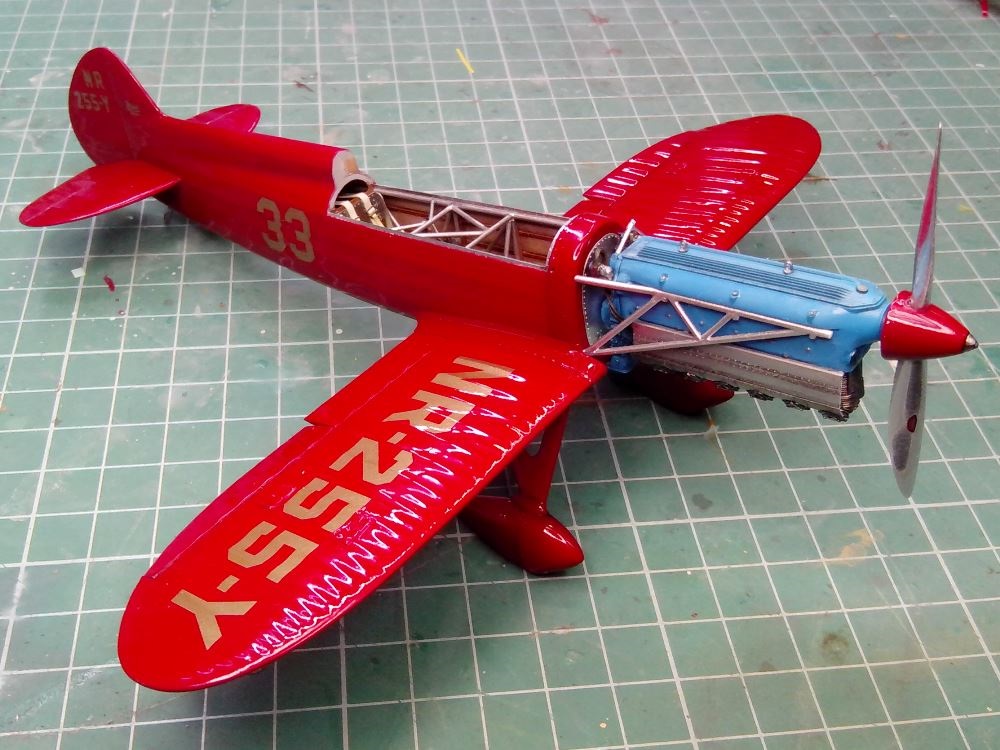

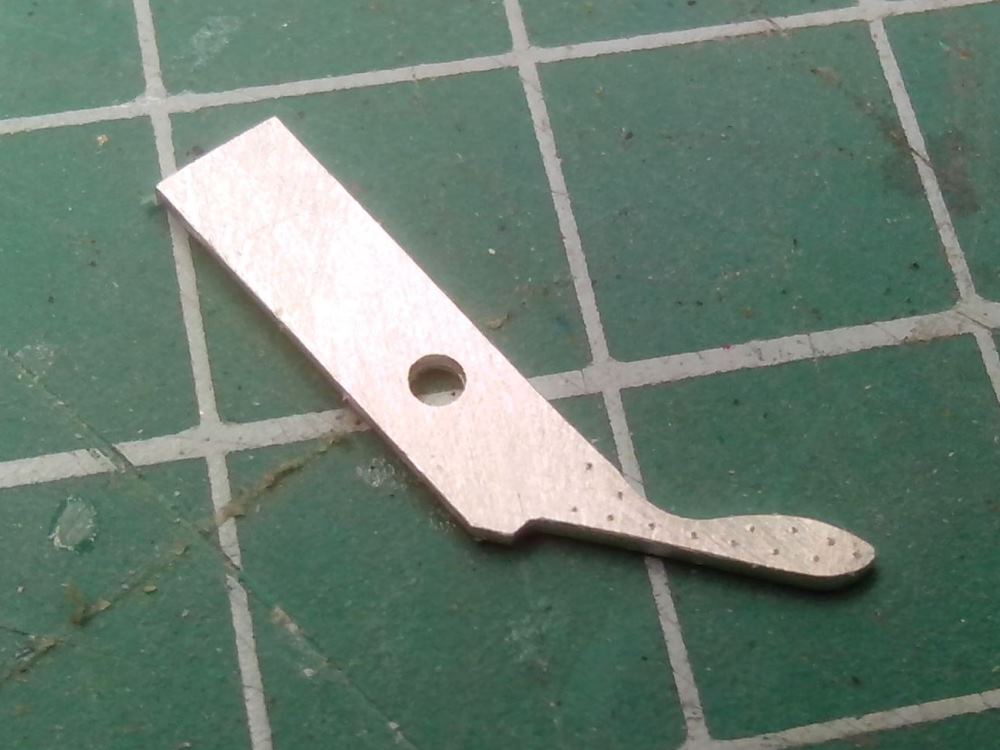
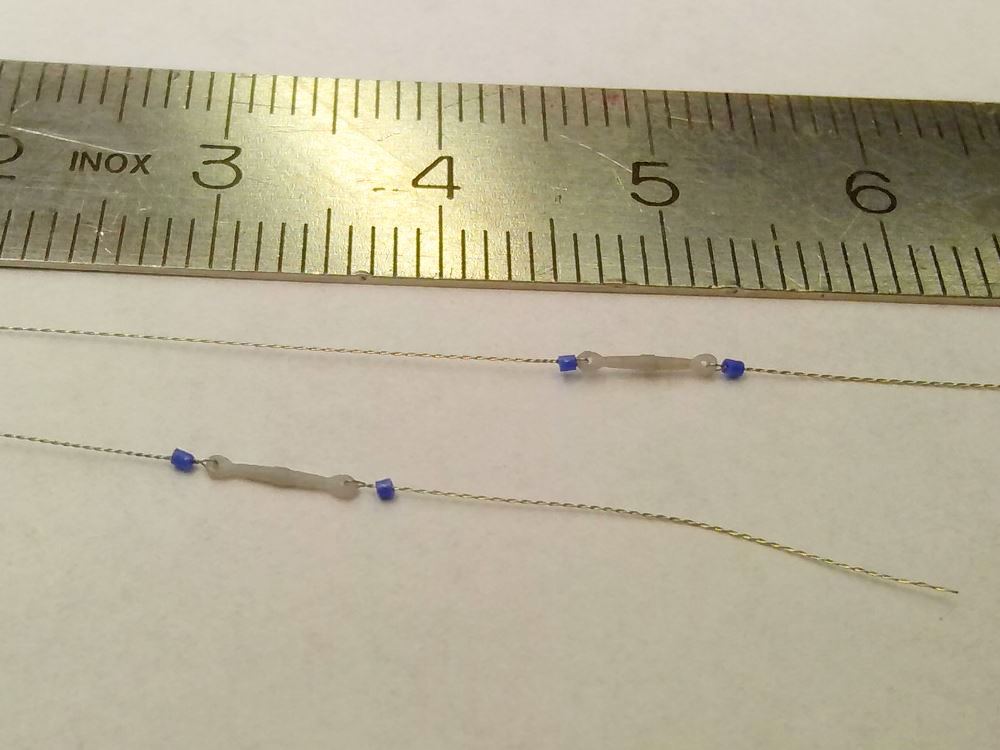
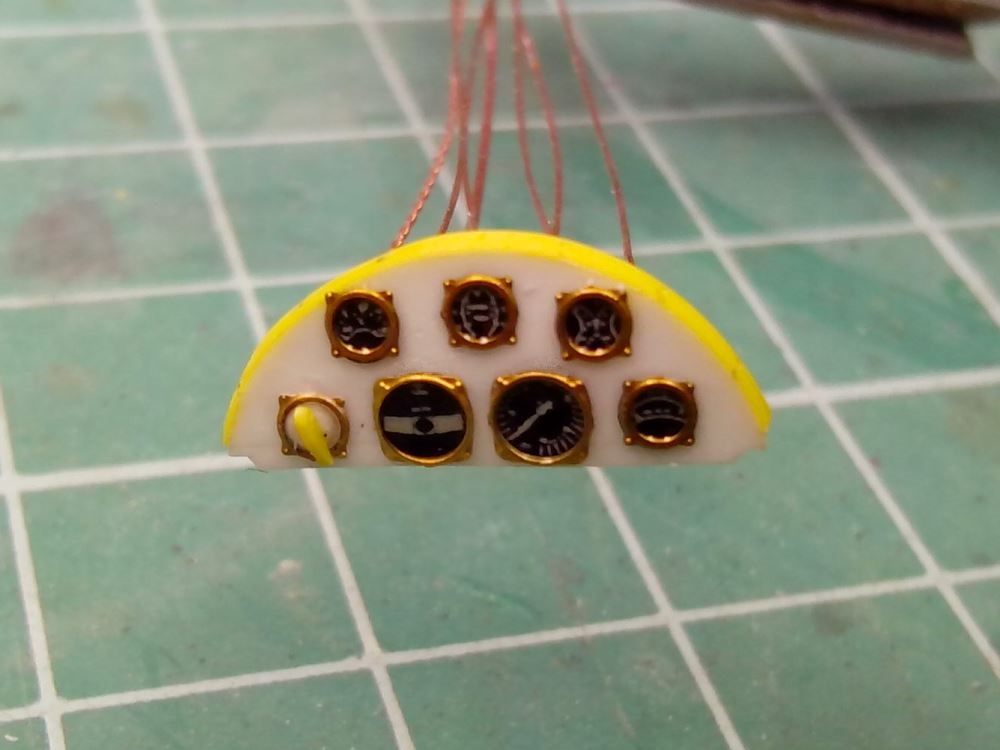

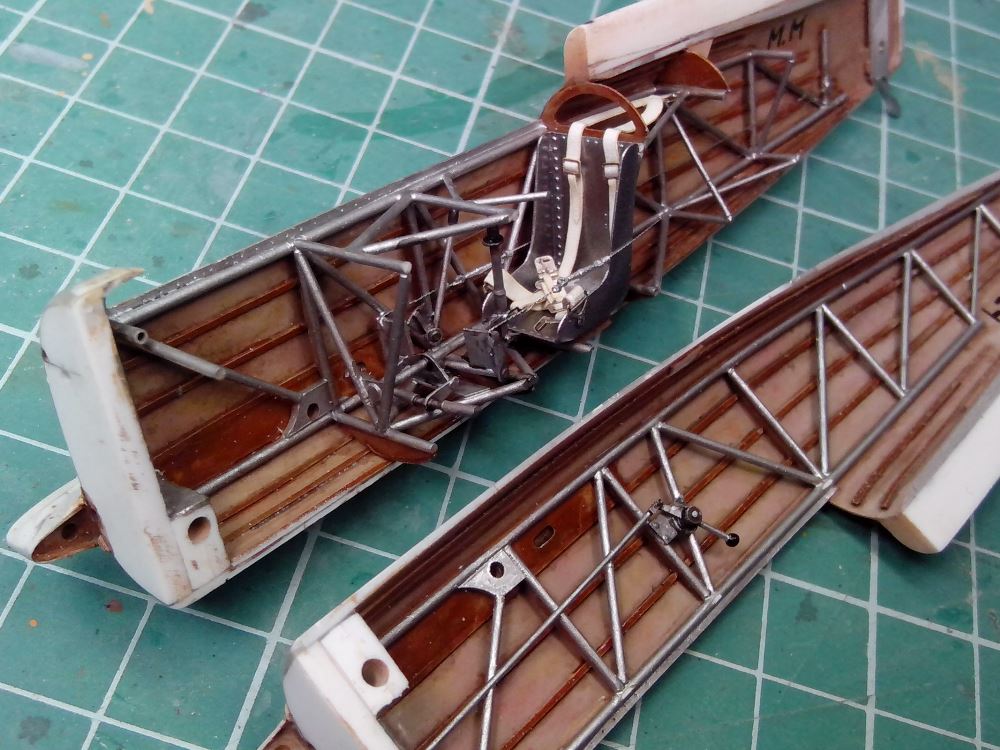
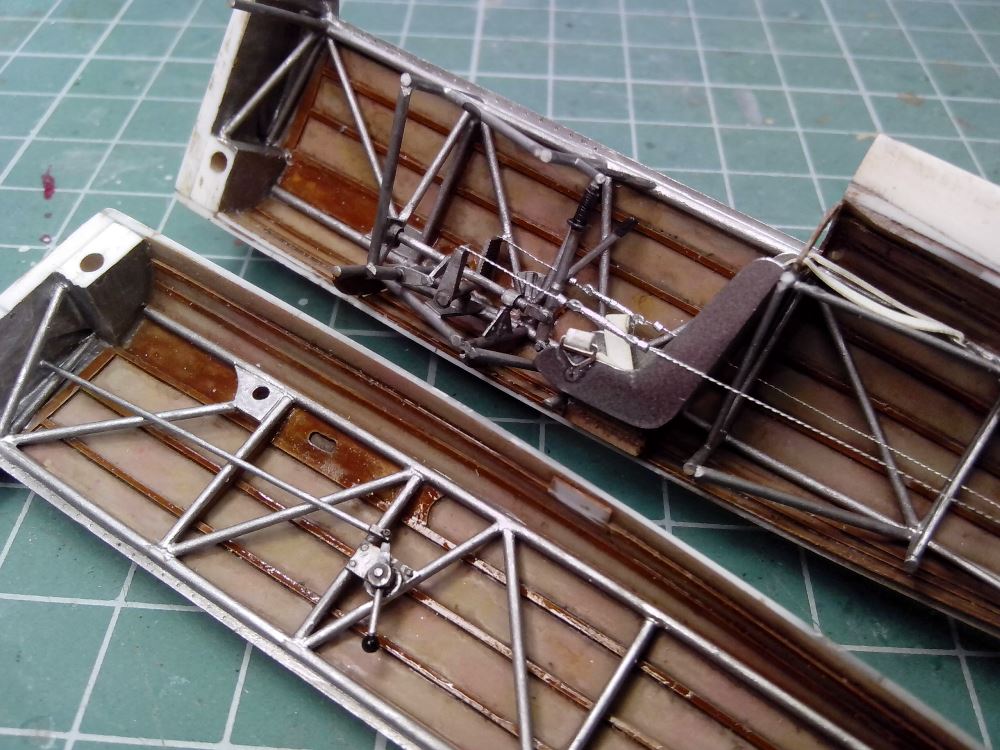
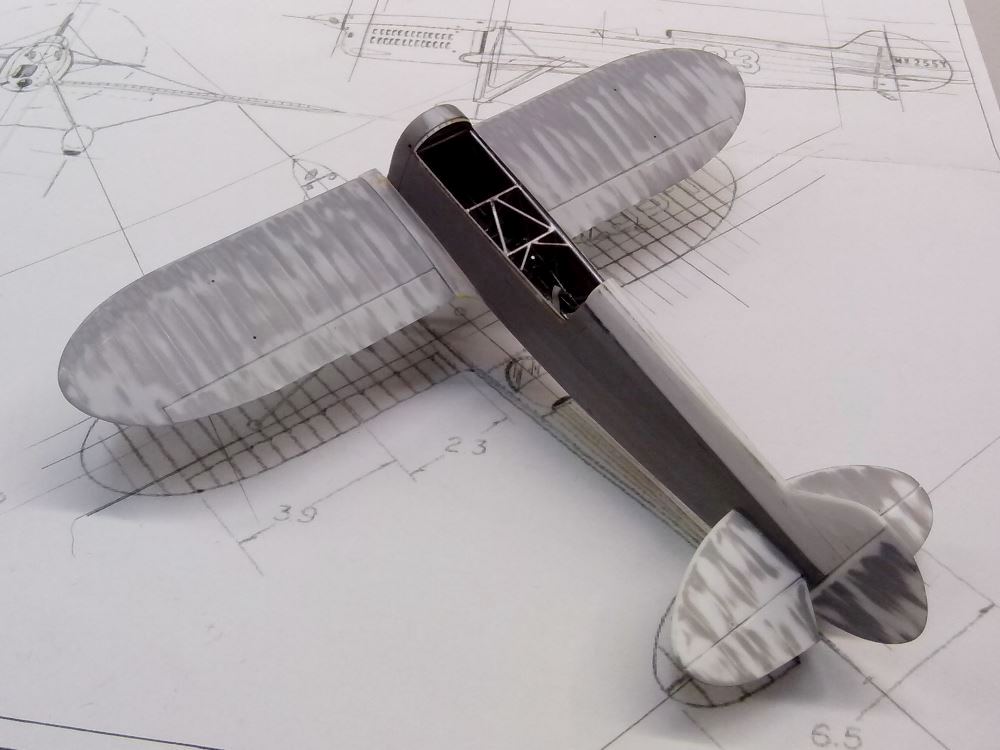
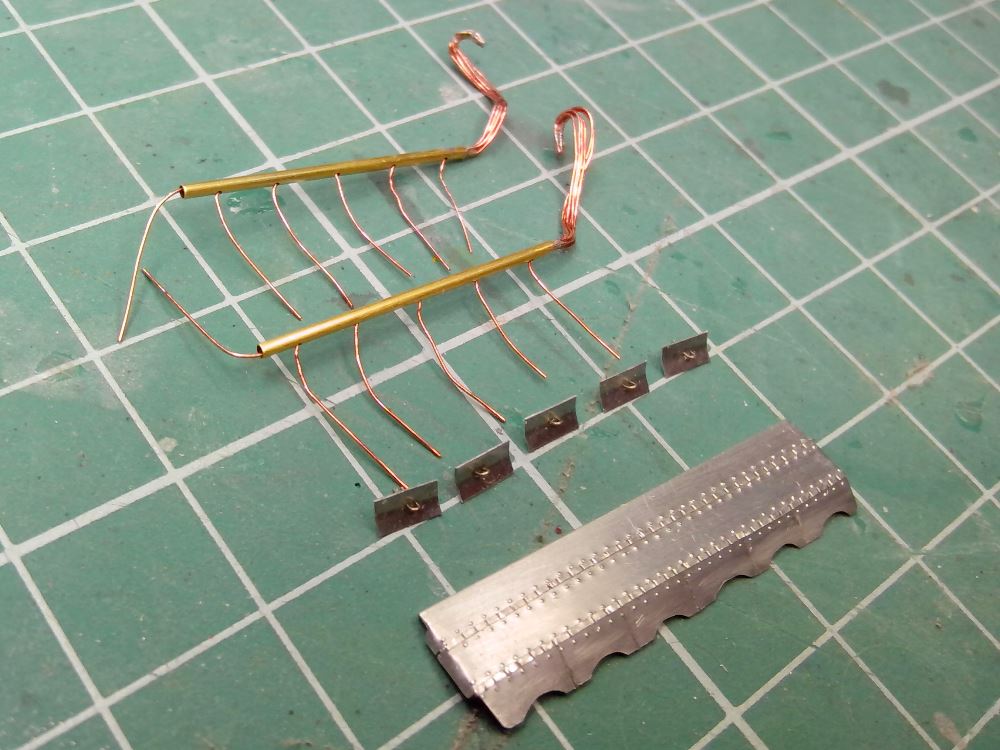

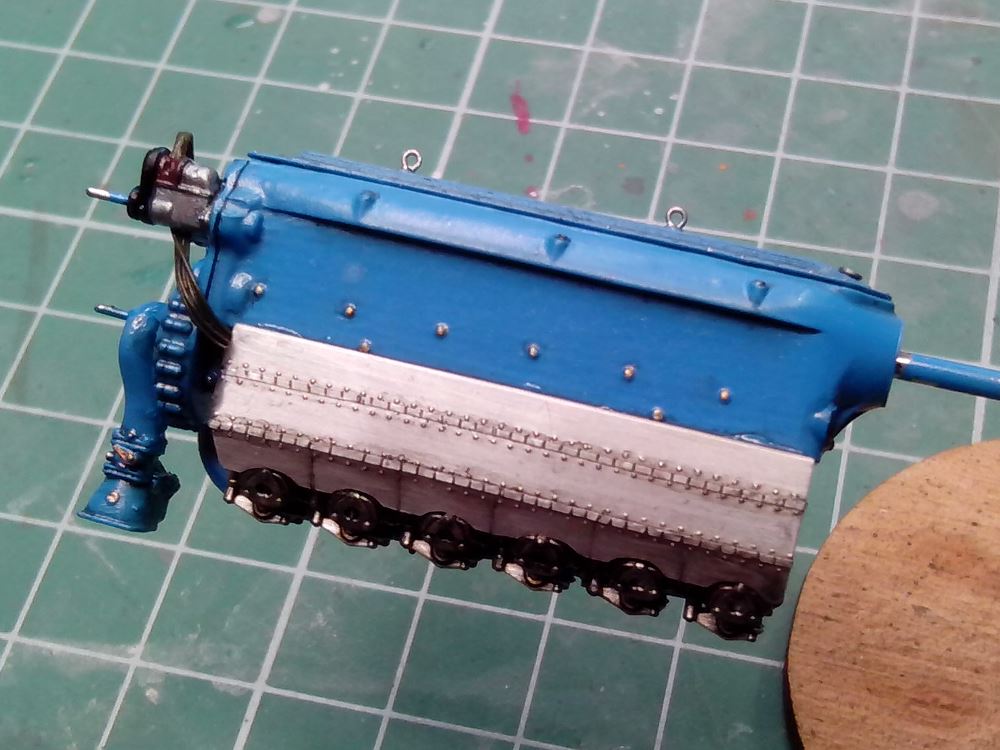
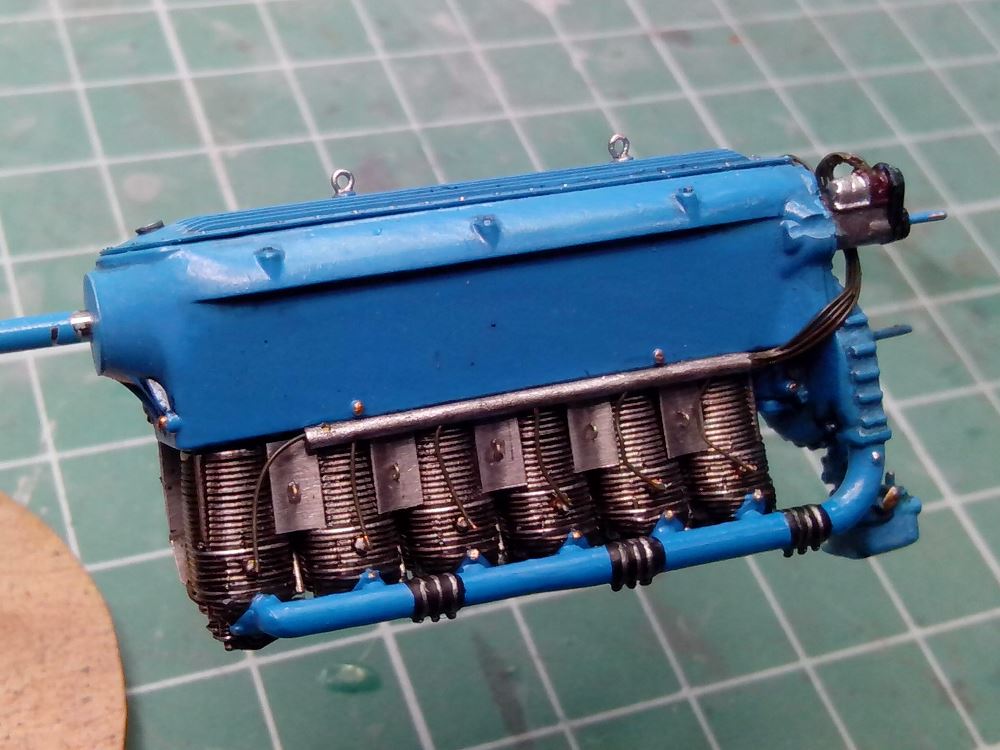
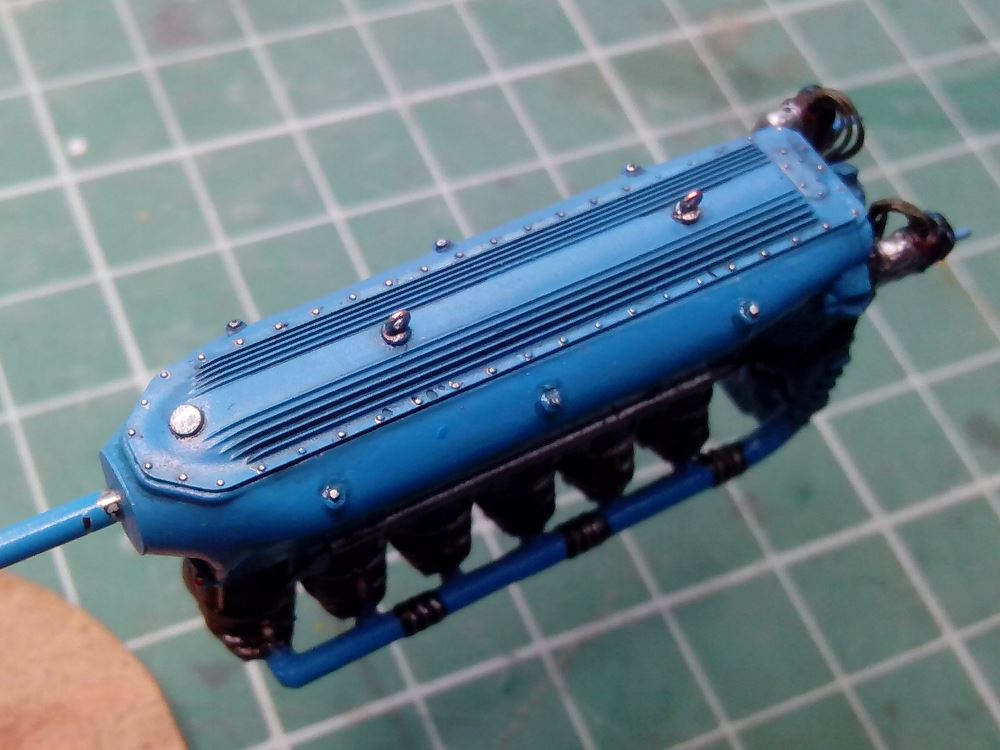
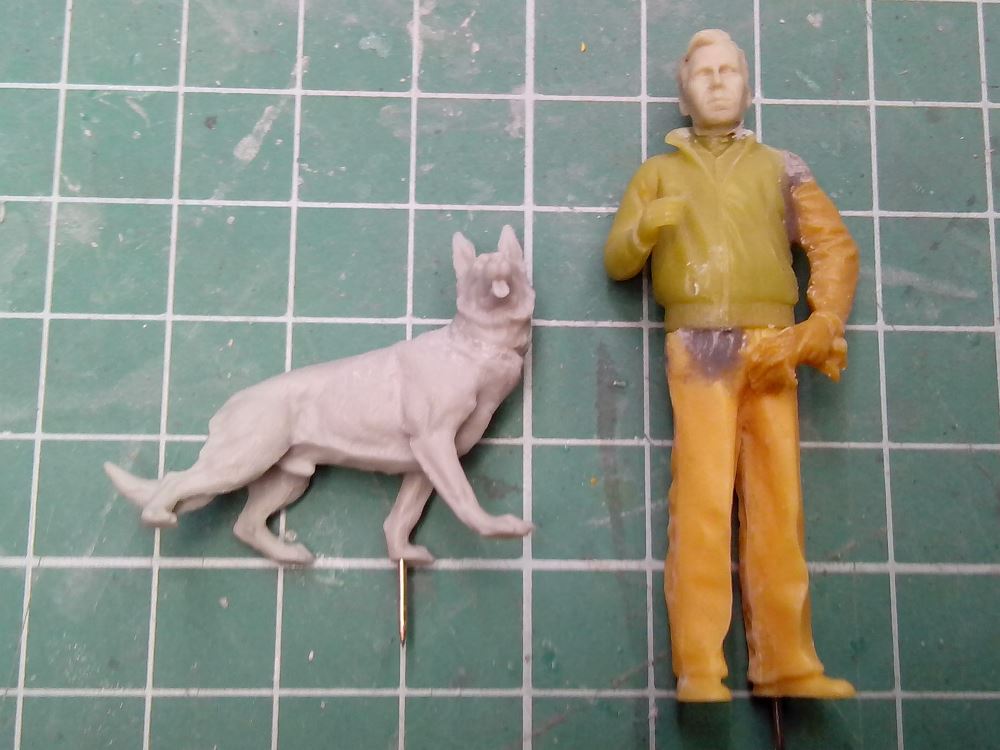
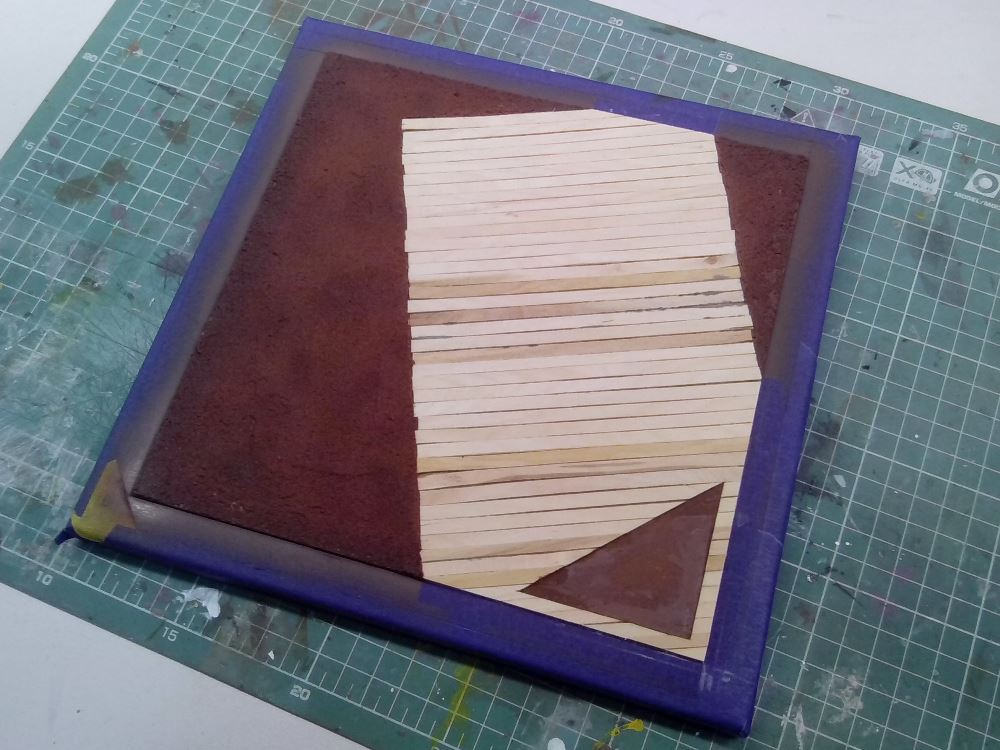

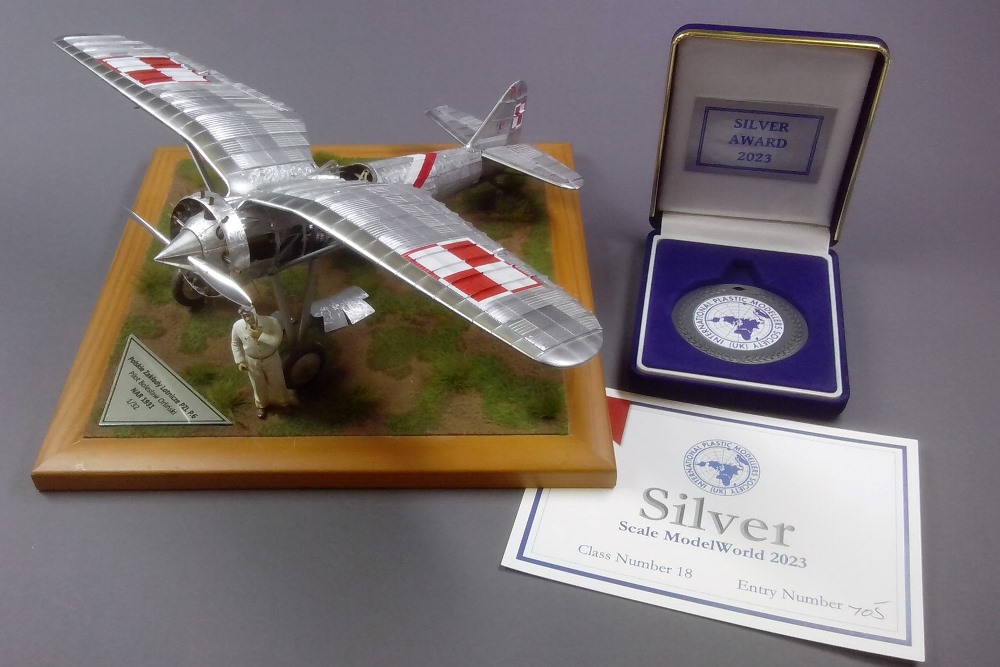
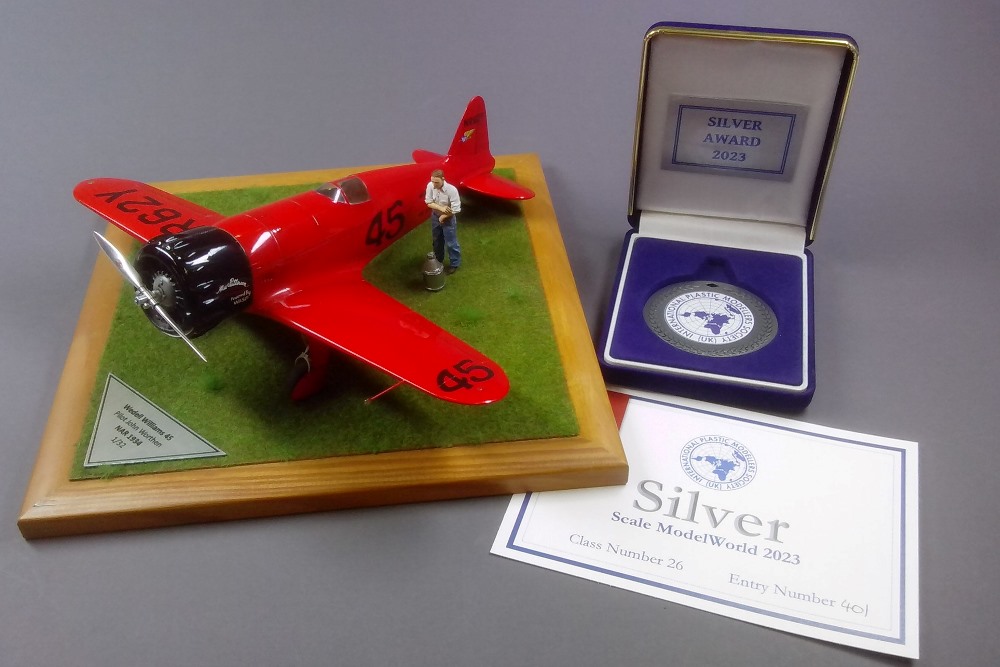
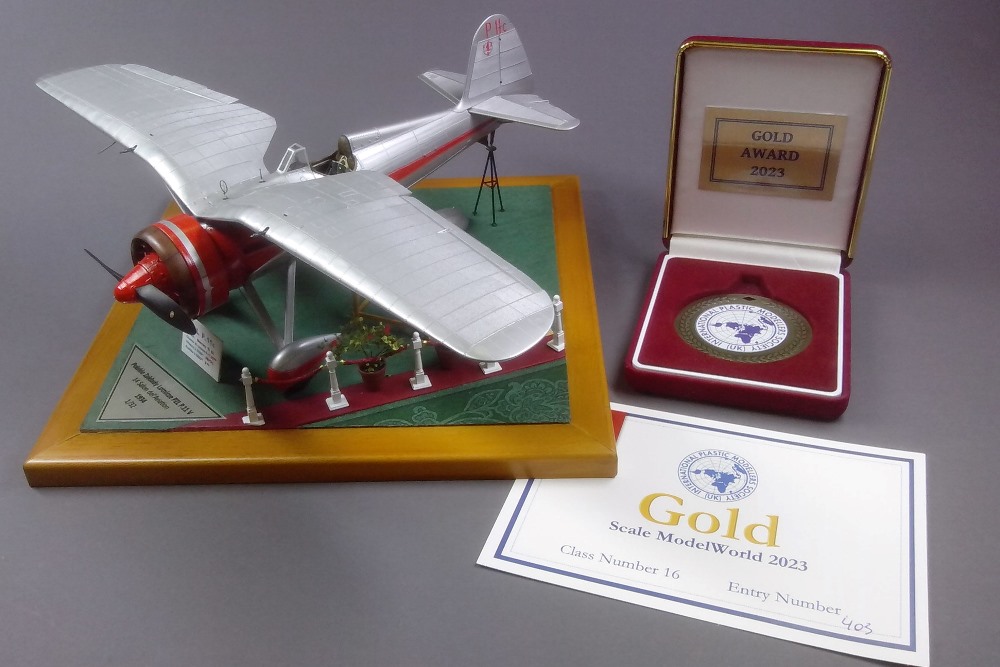
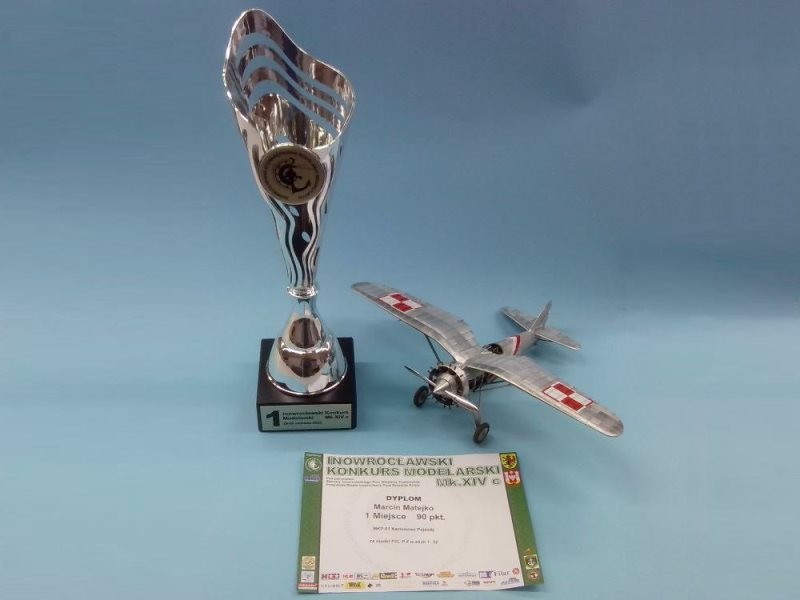
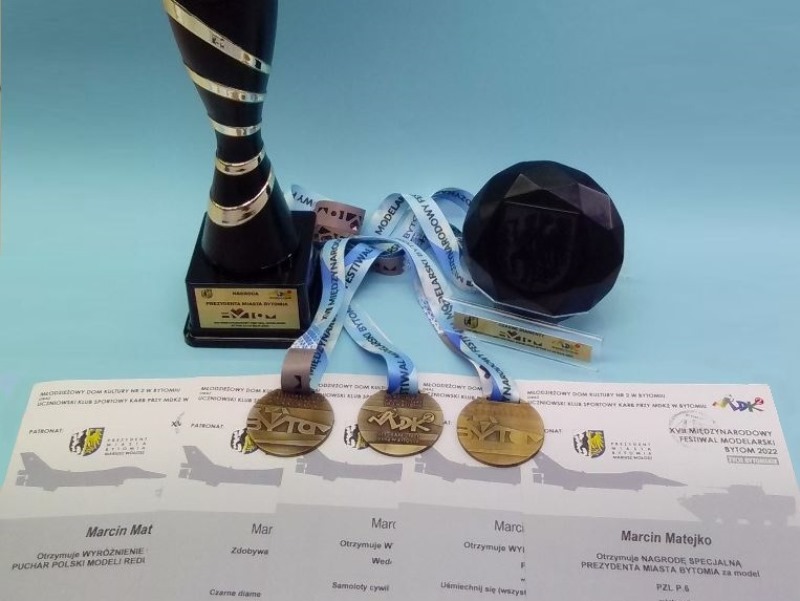
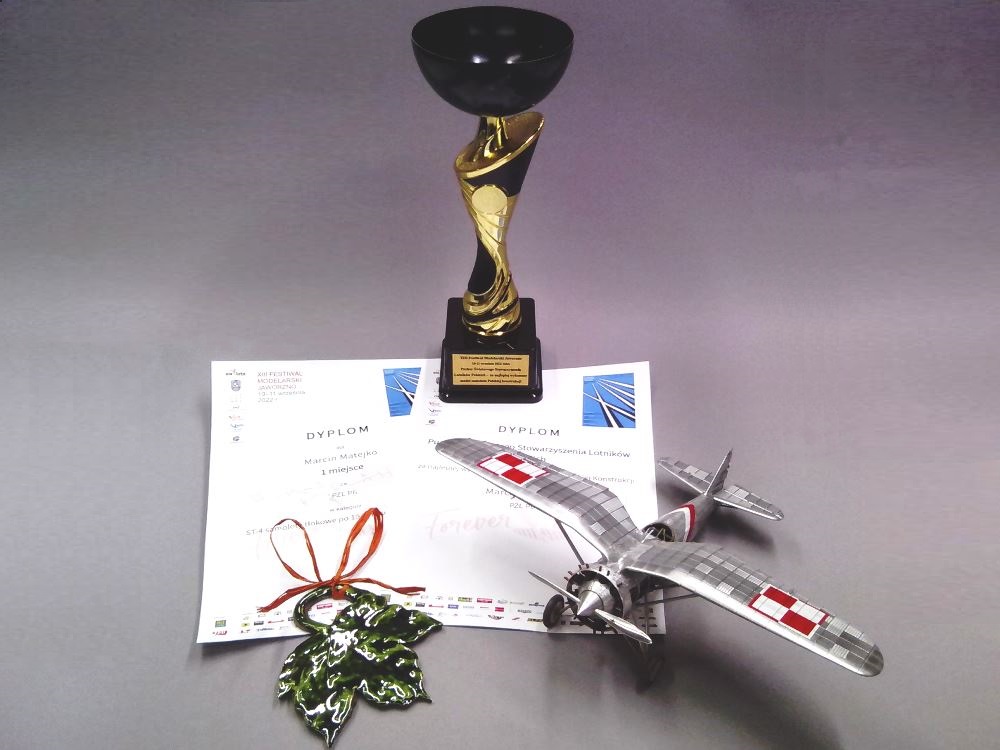

Brown B-2 „Miss Los Angeles” 1/32
in Works in Progress
Posted
Brown B-2 joined the rest of the collection, so I took a group photo of my 1/32 scale racers on this occasion :-)